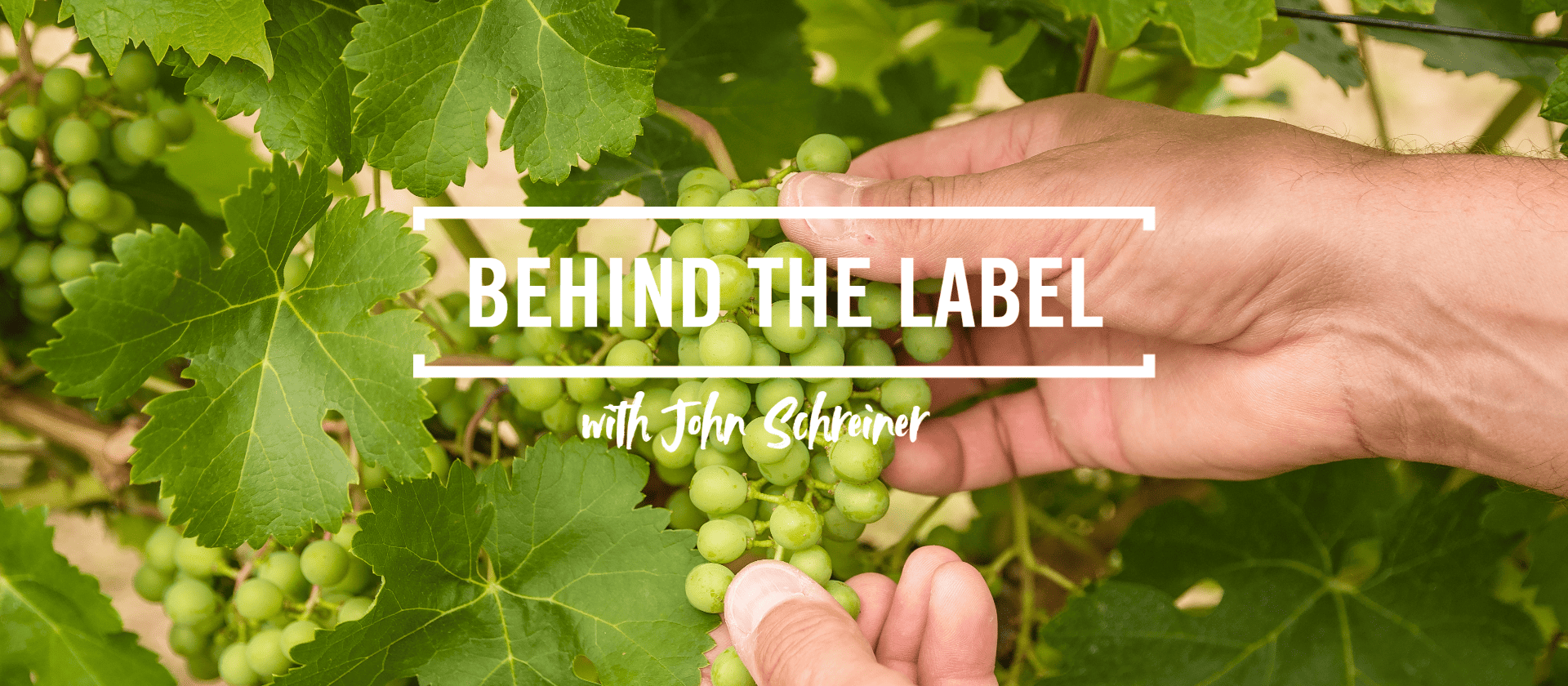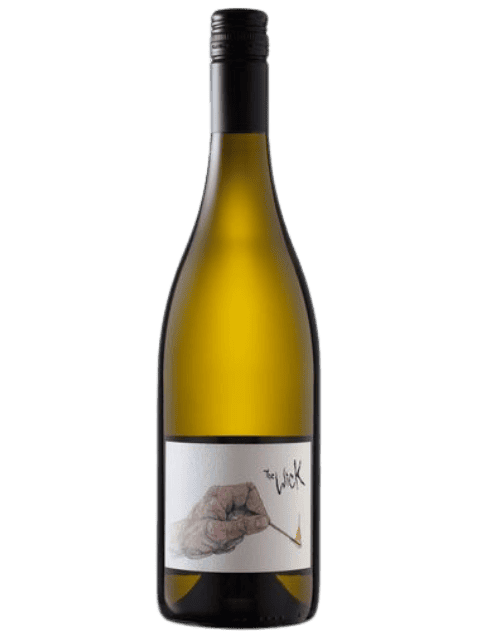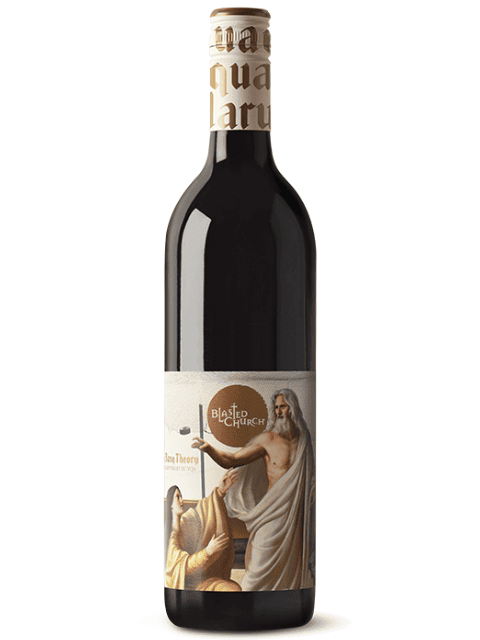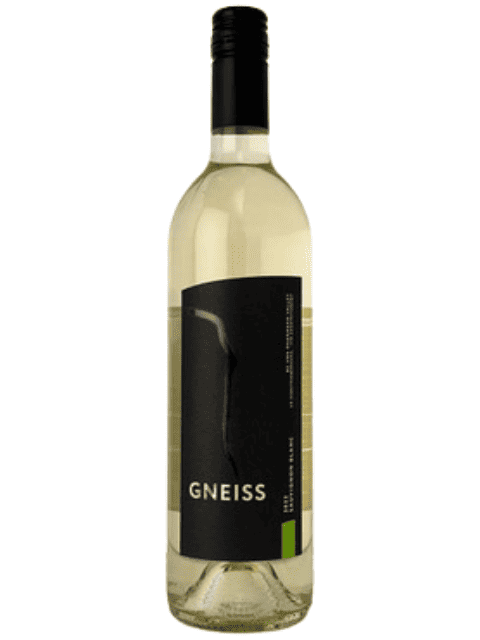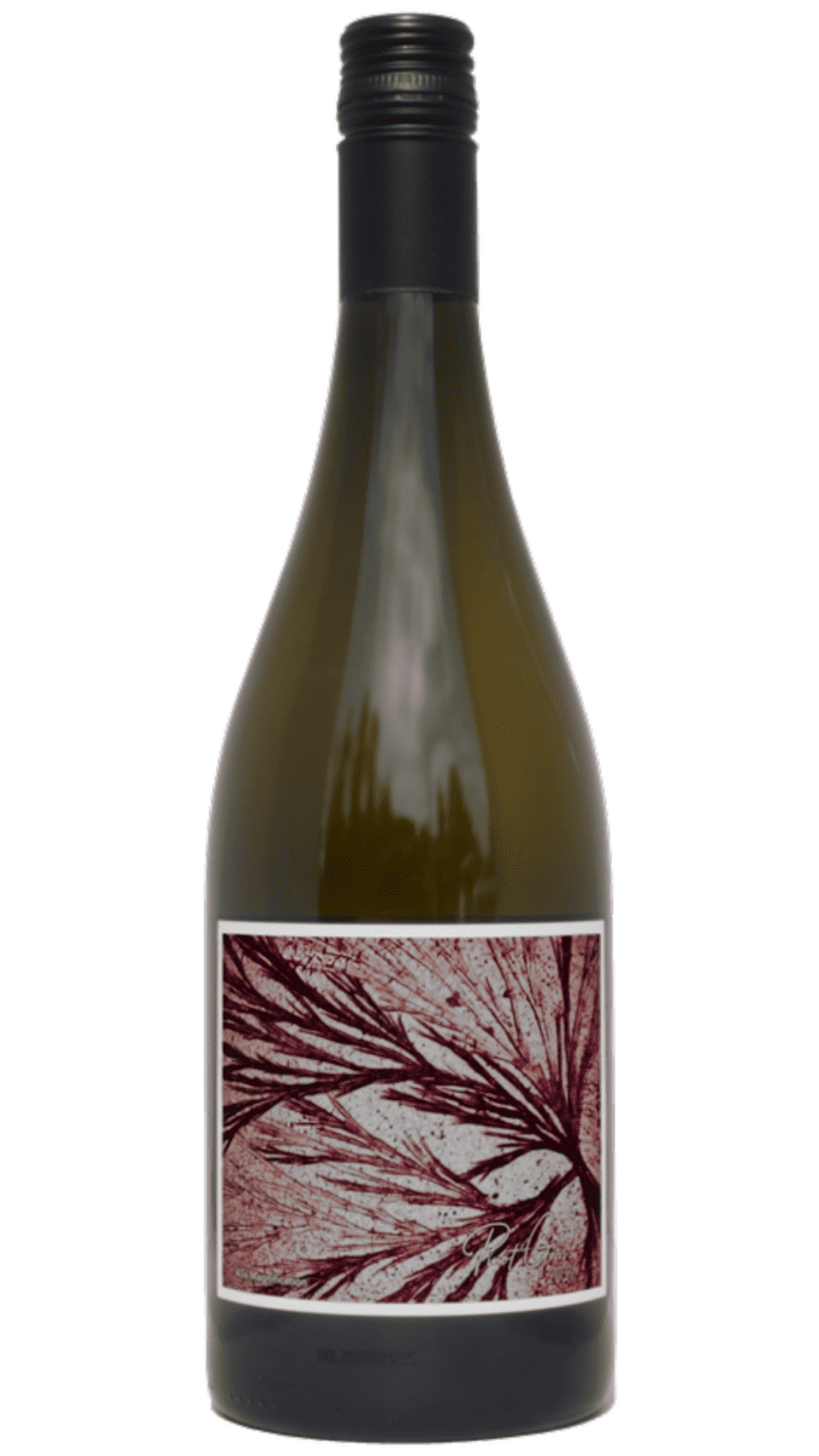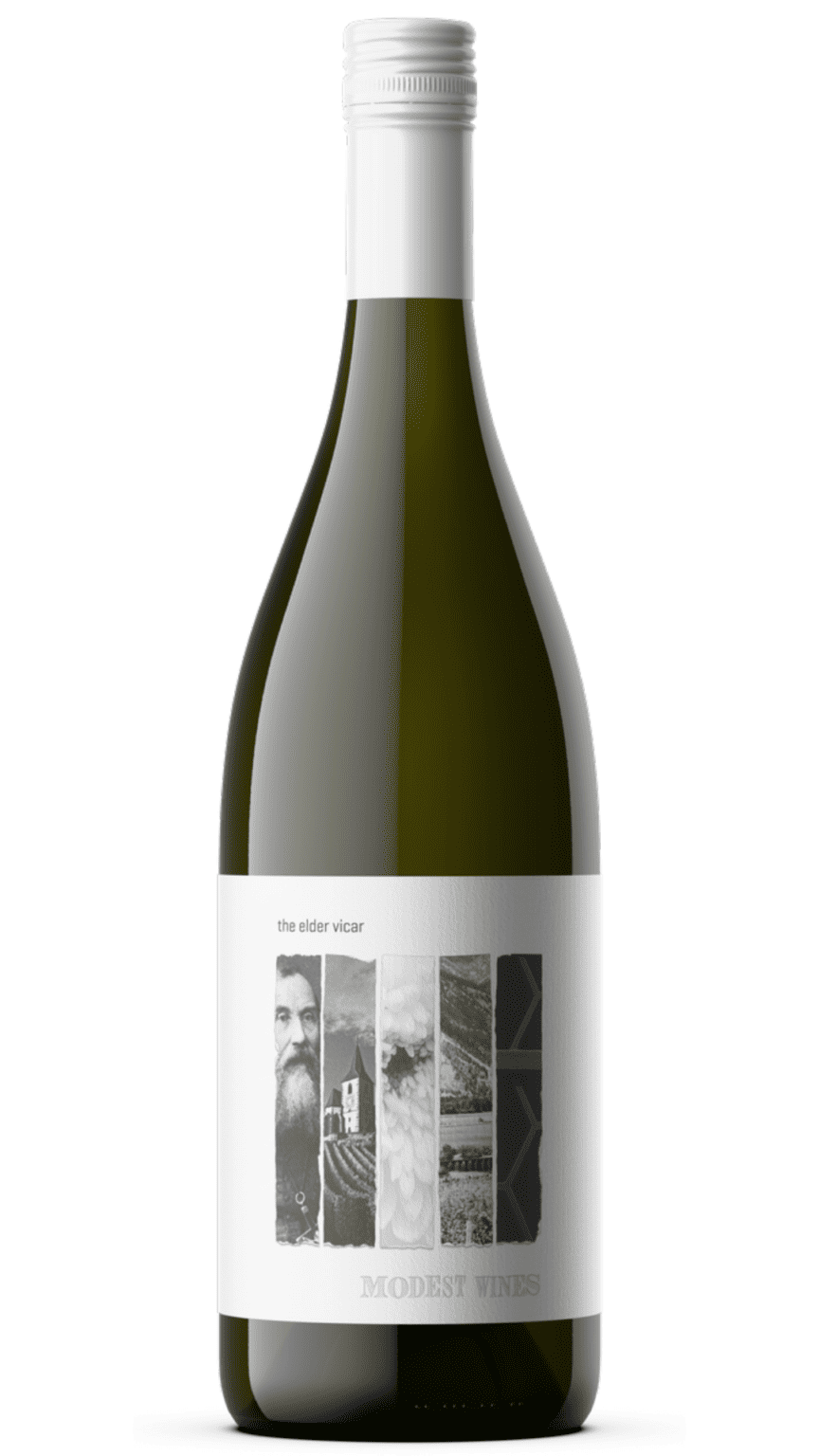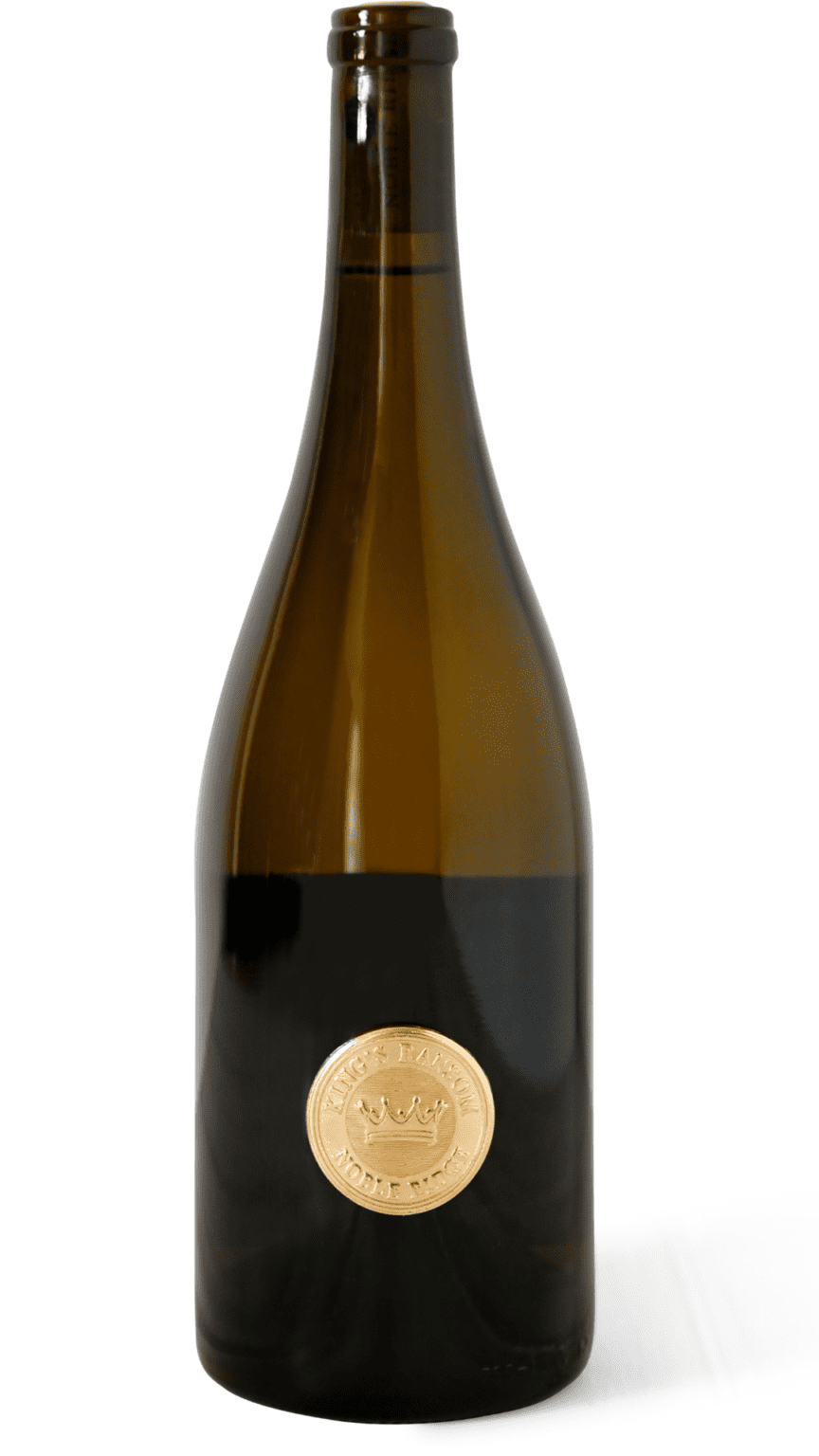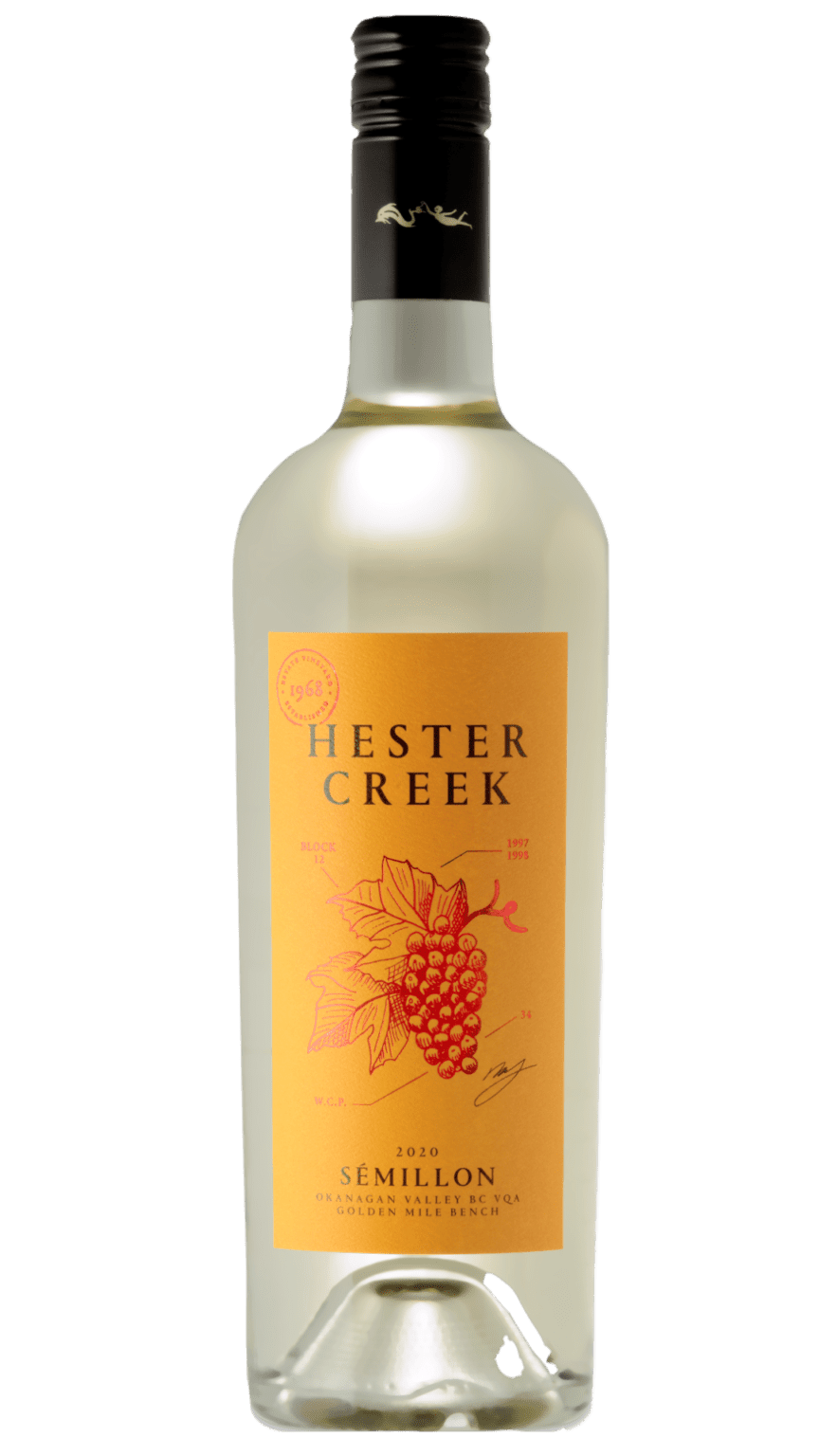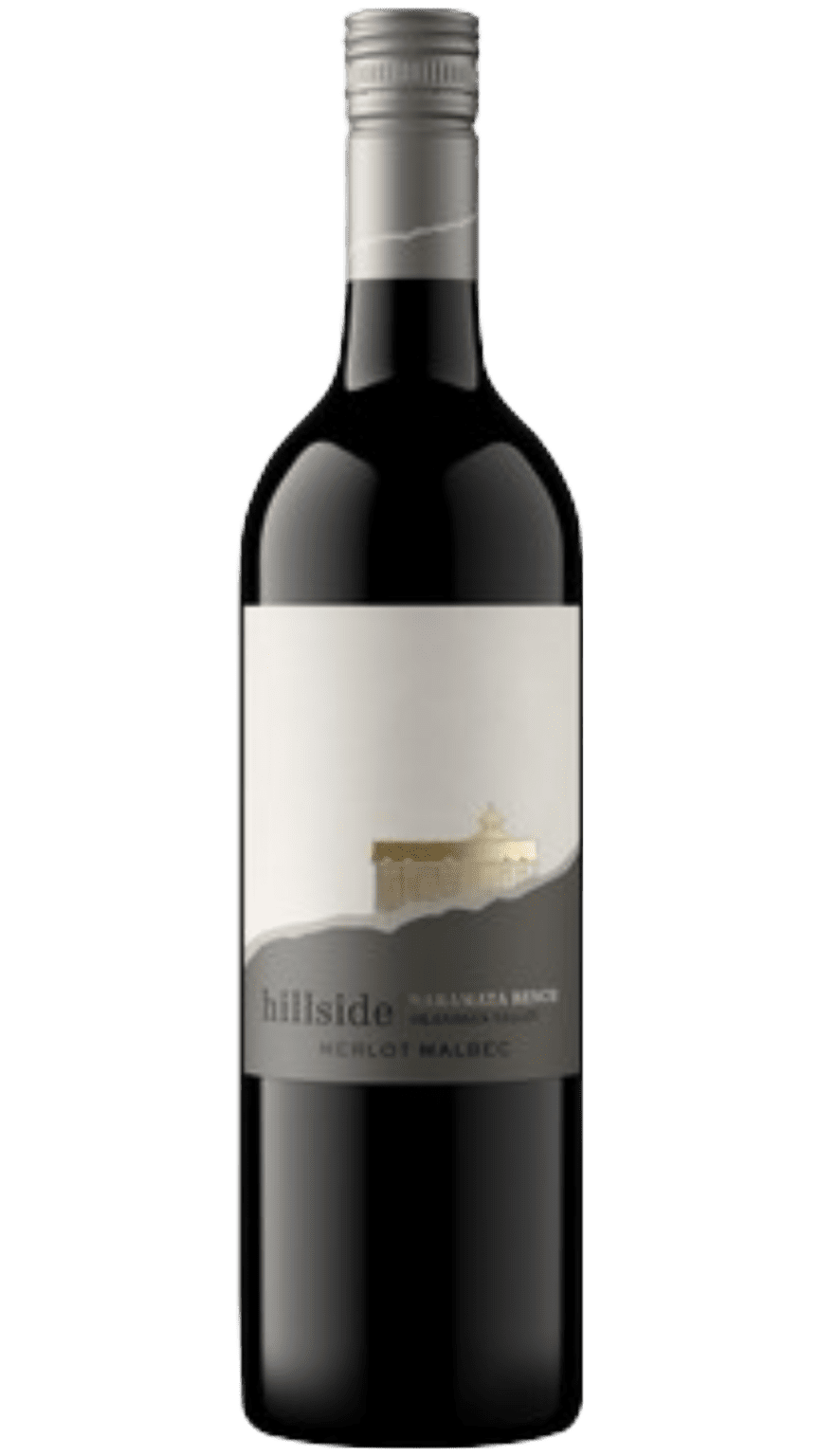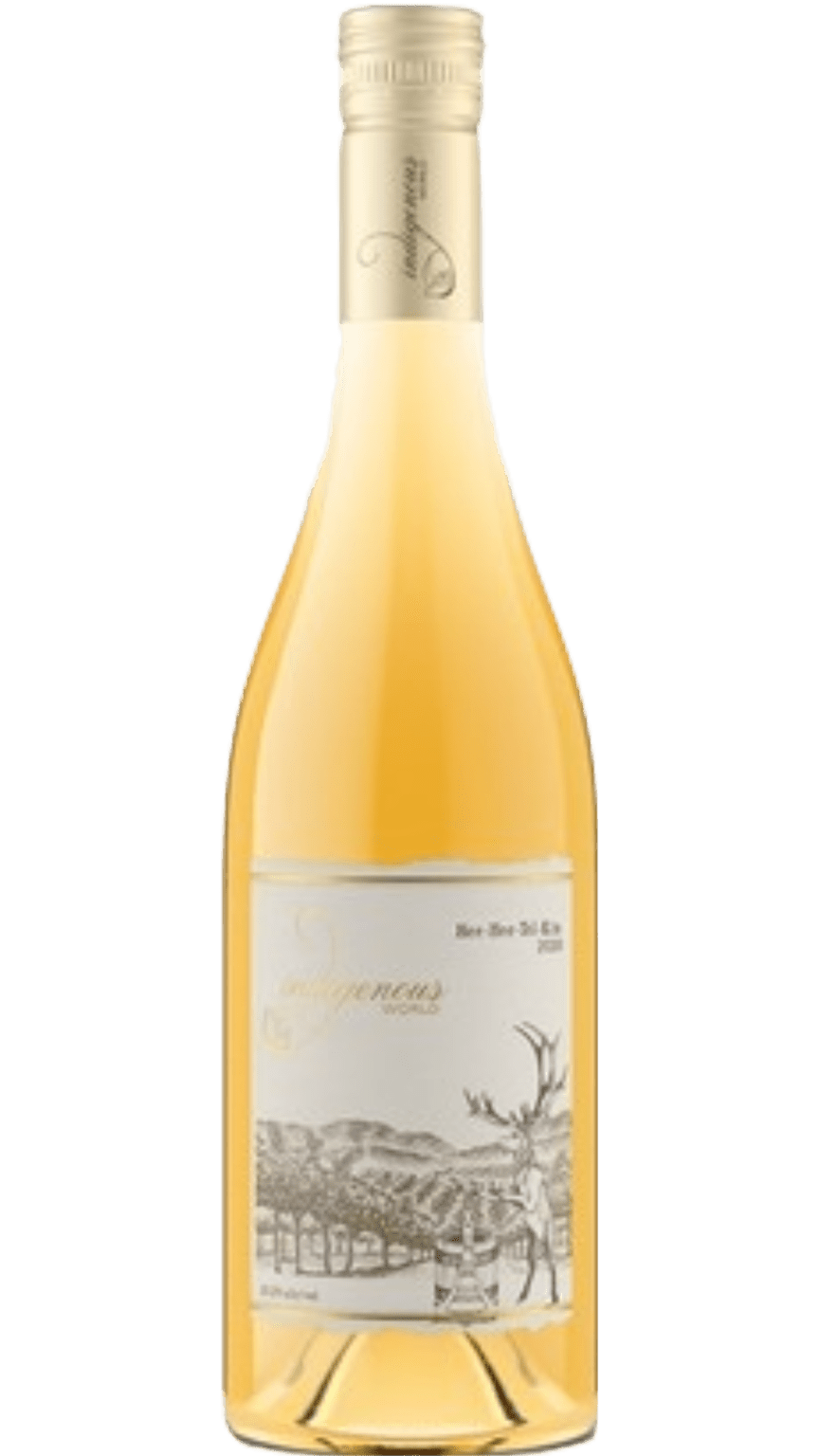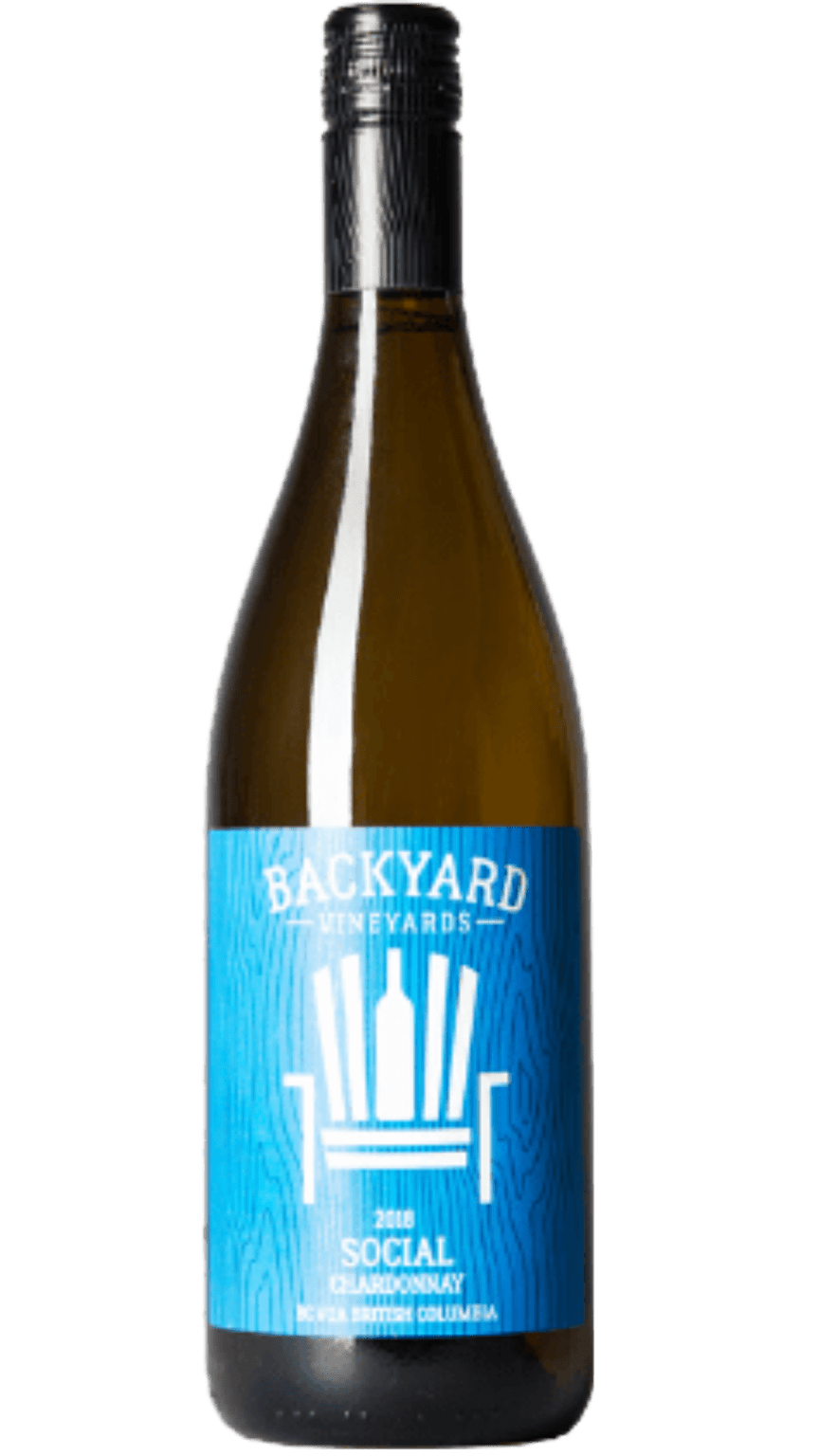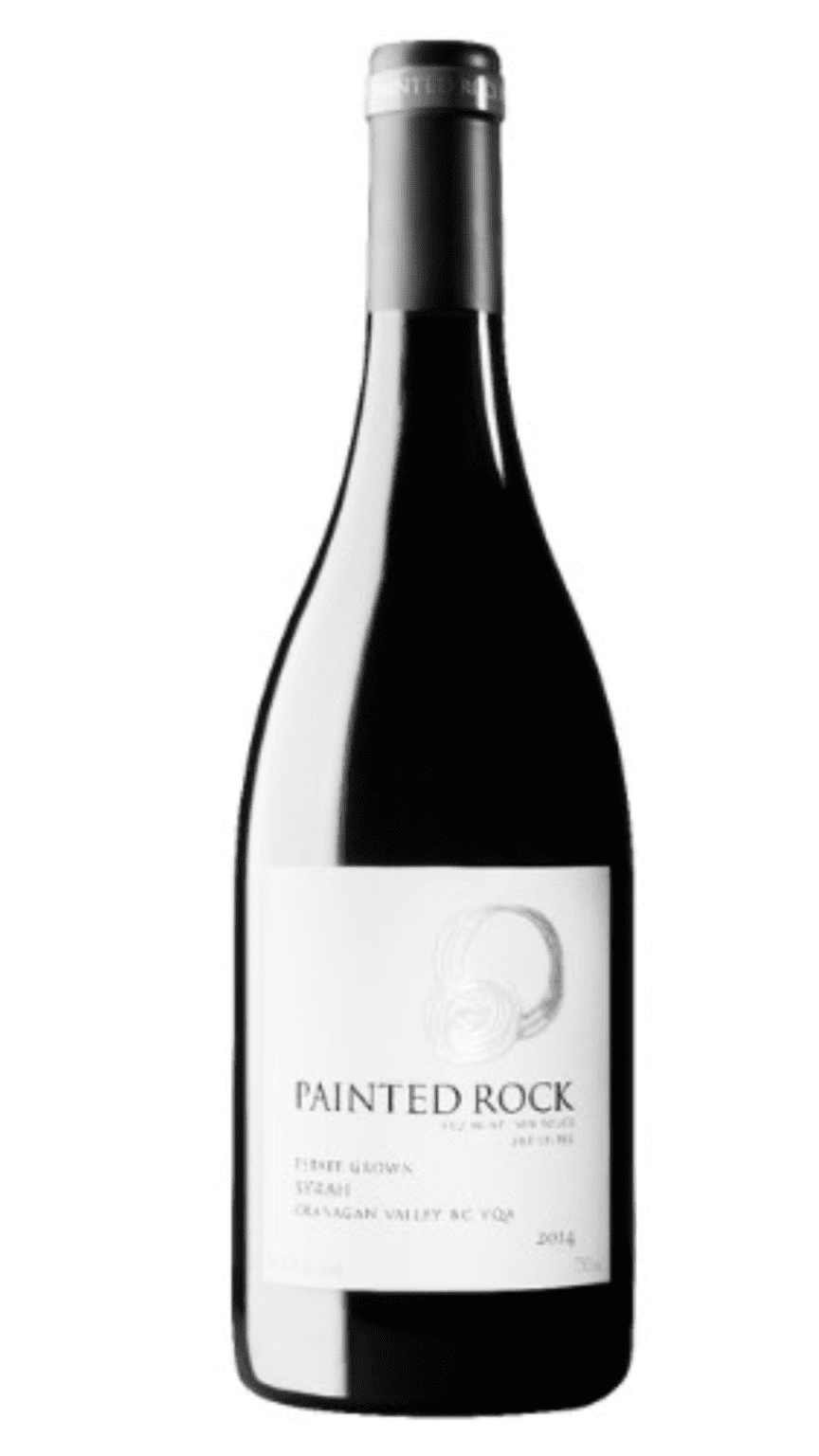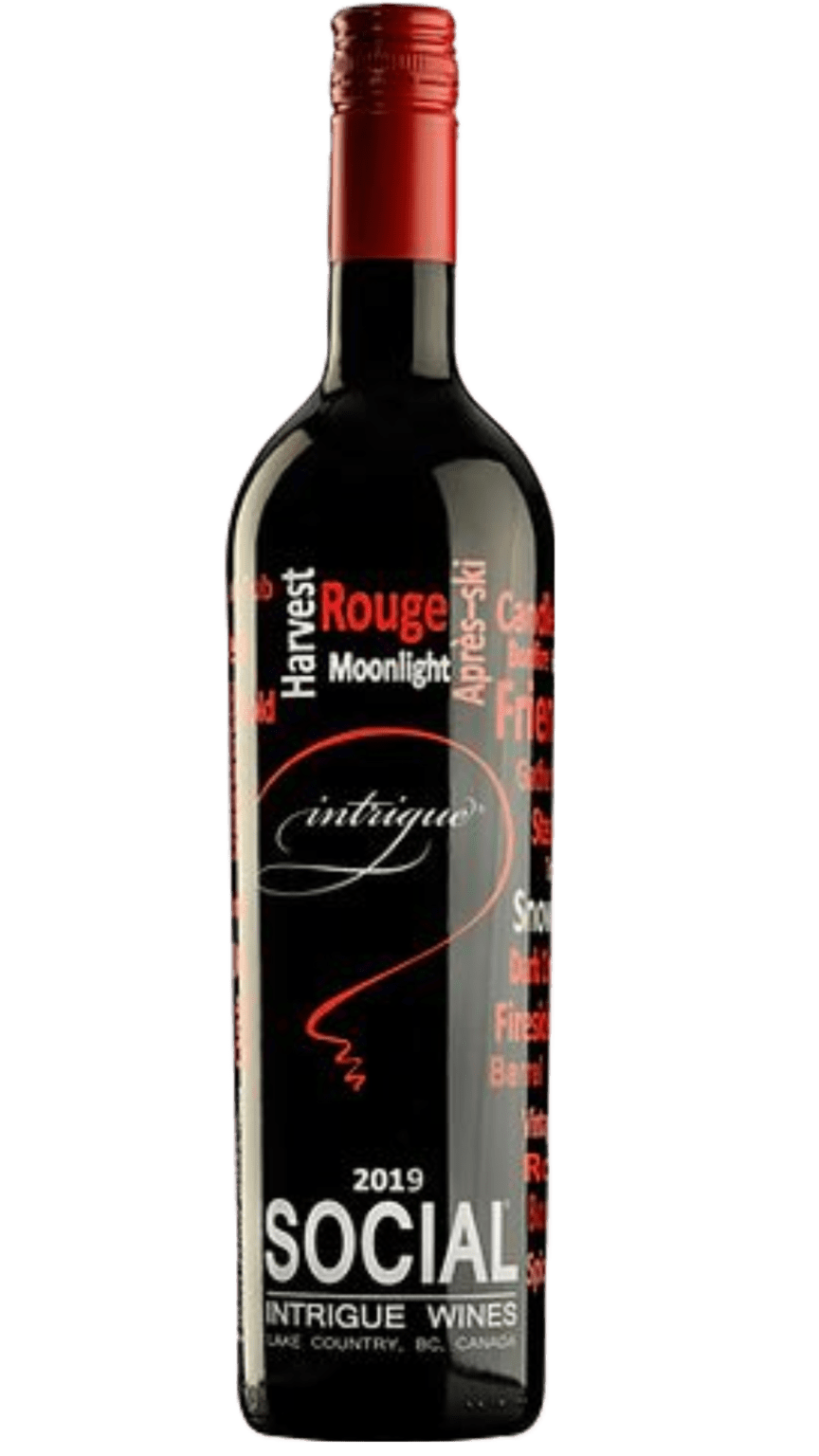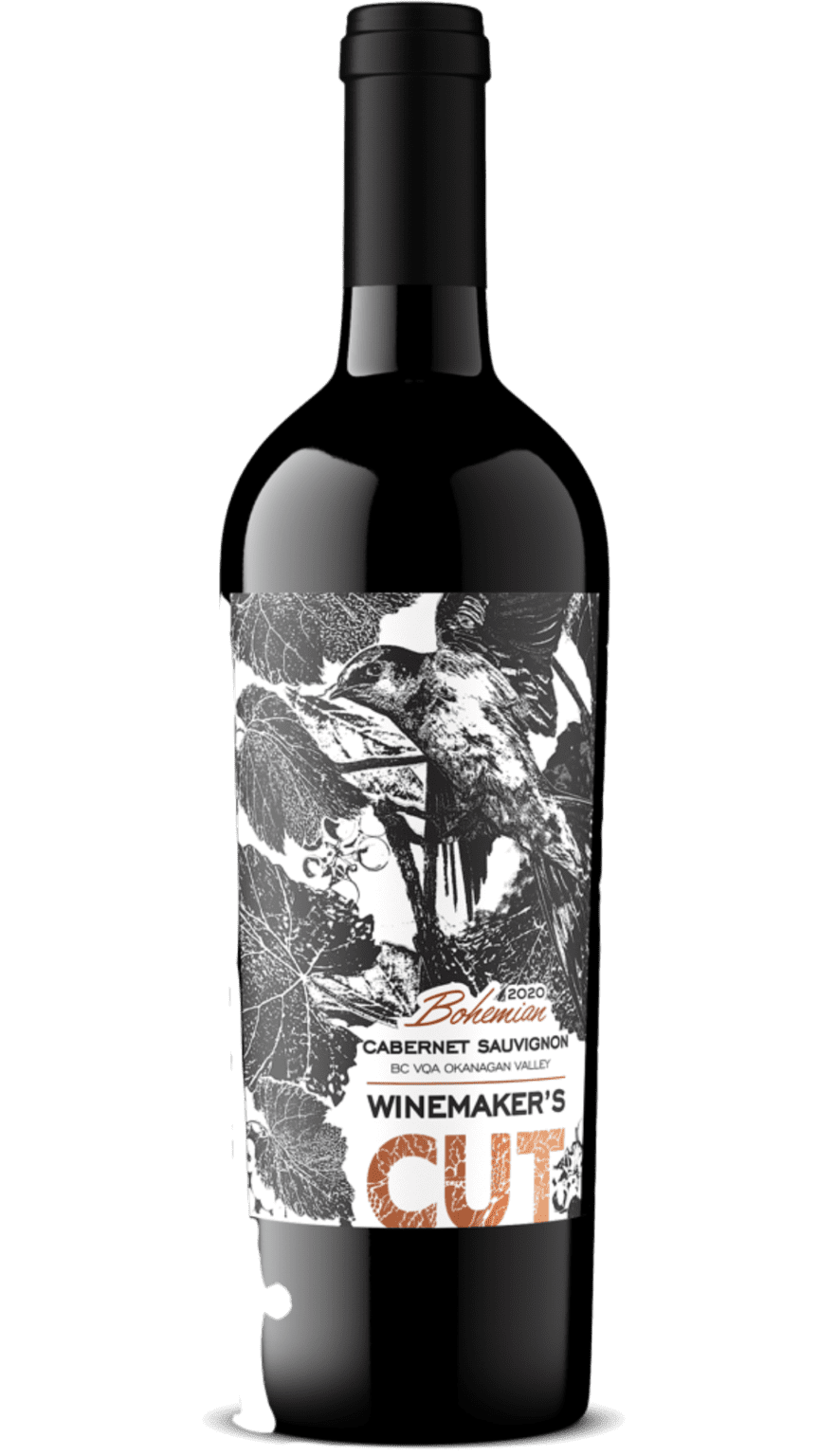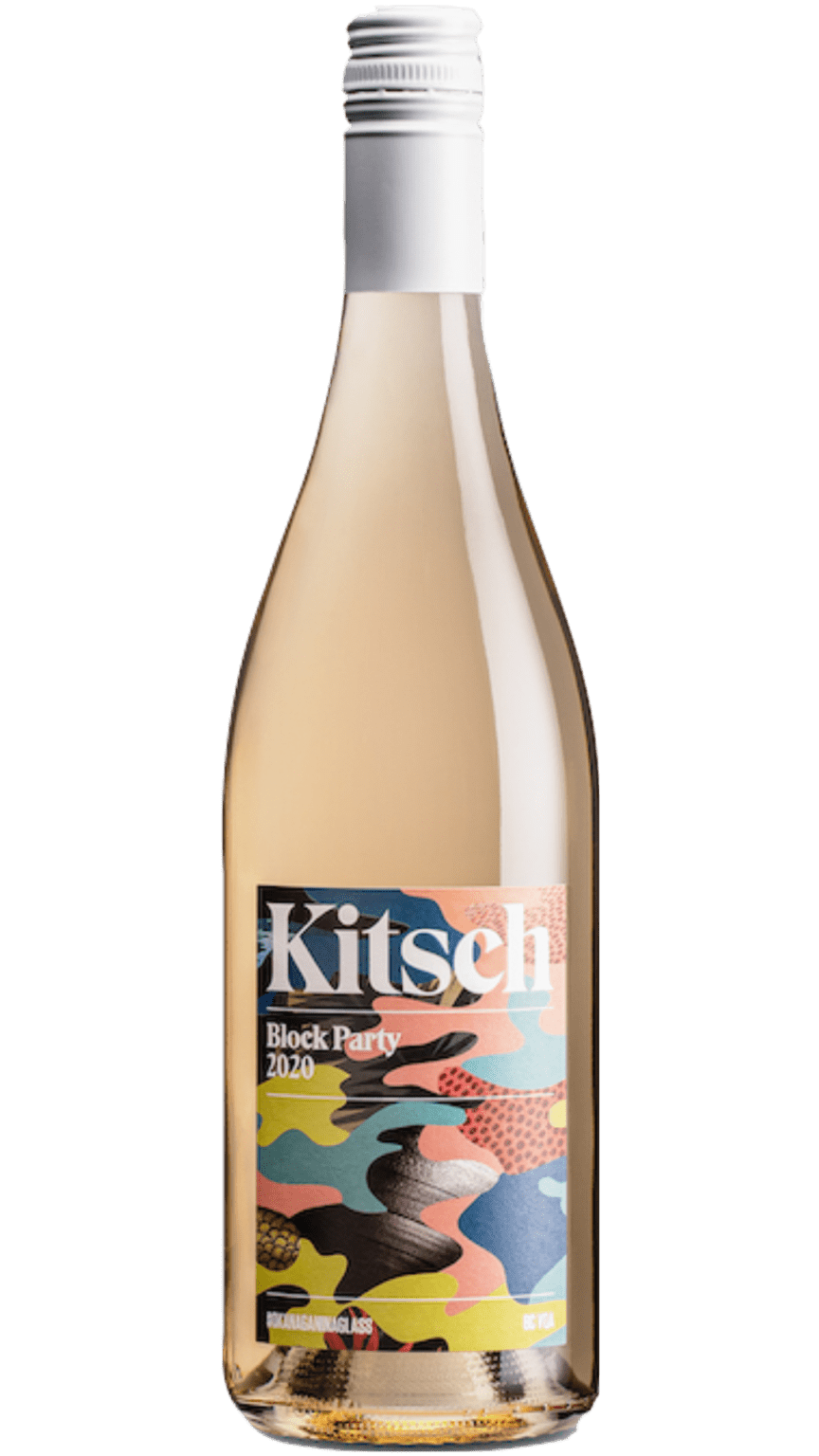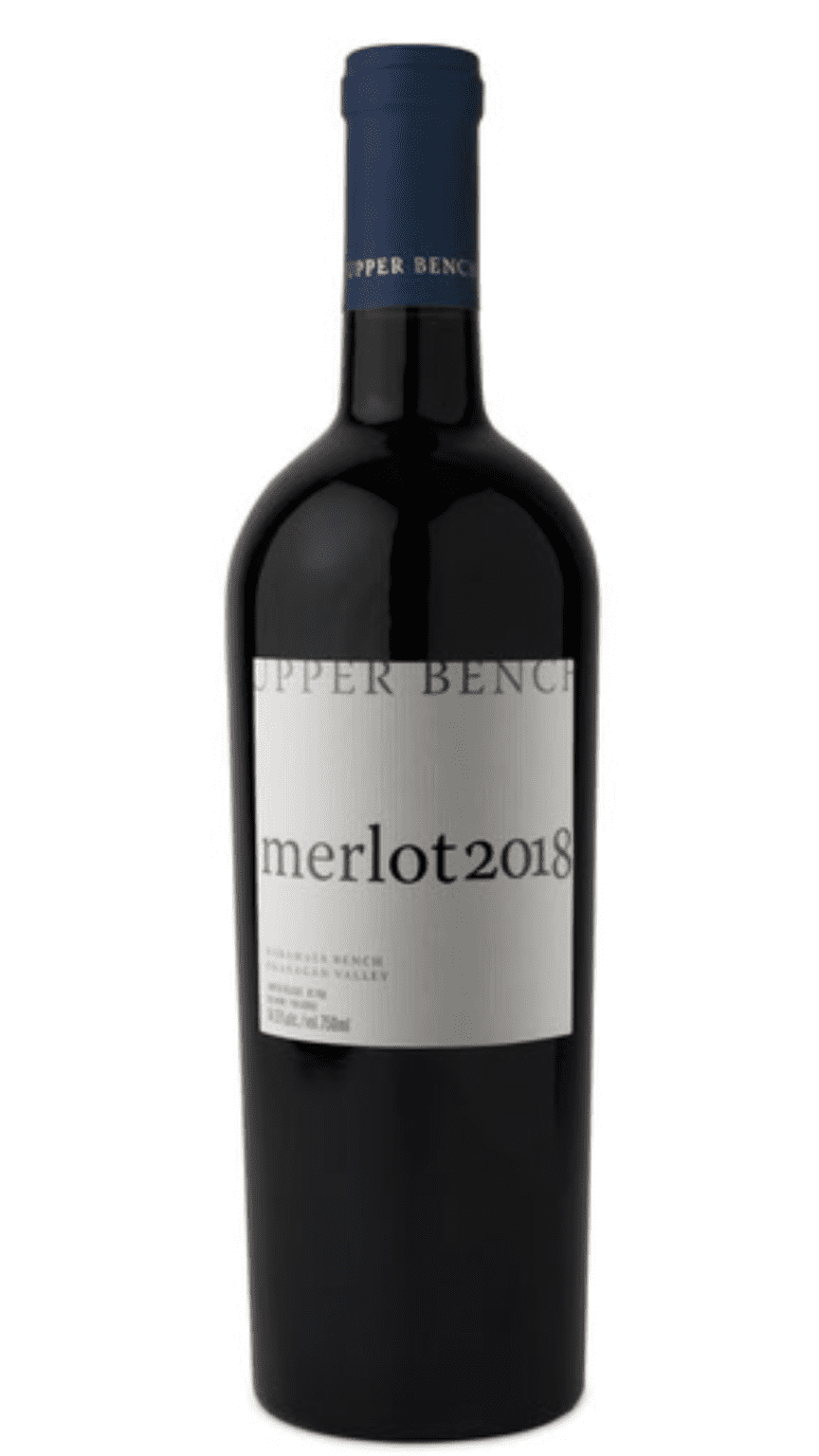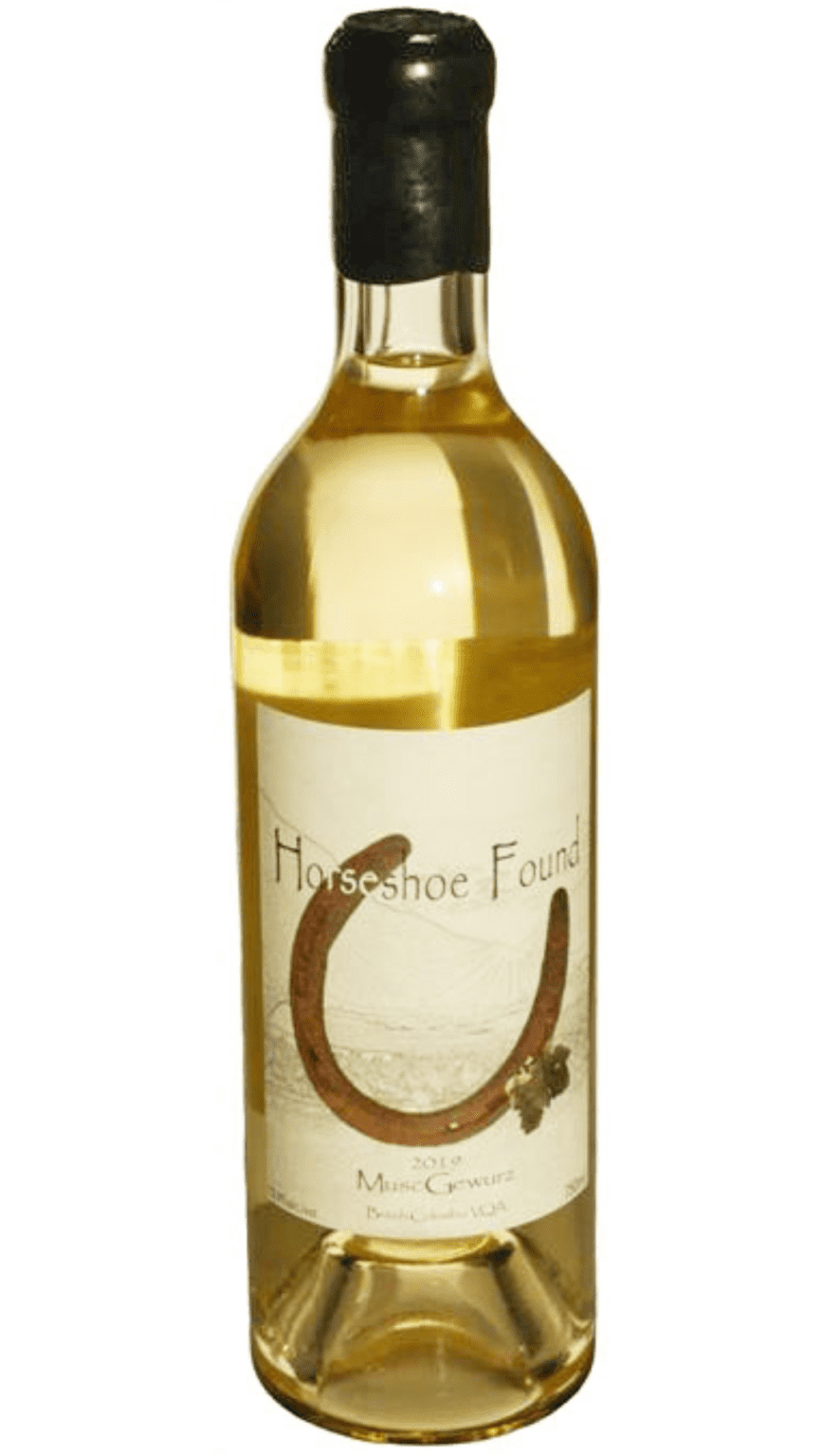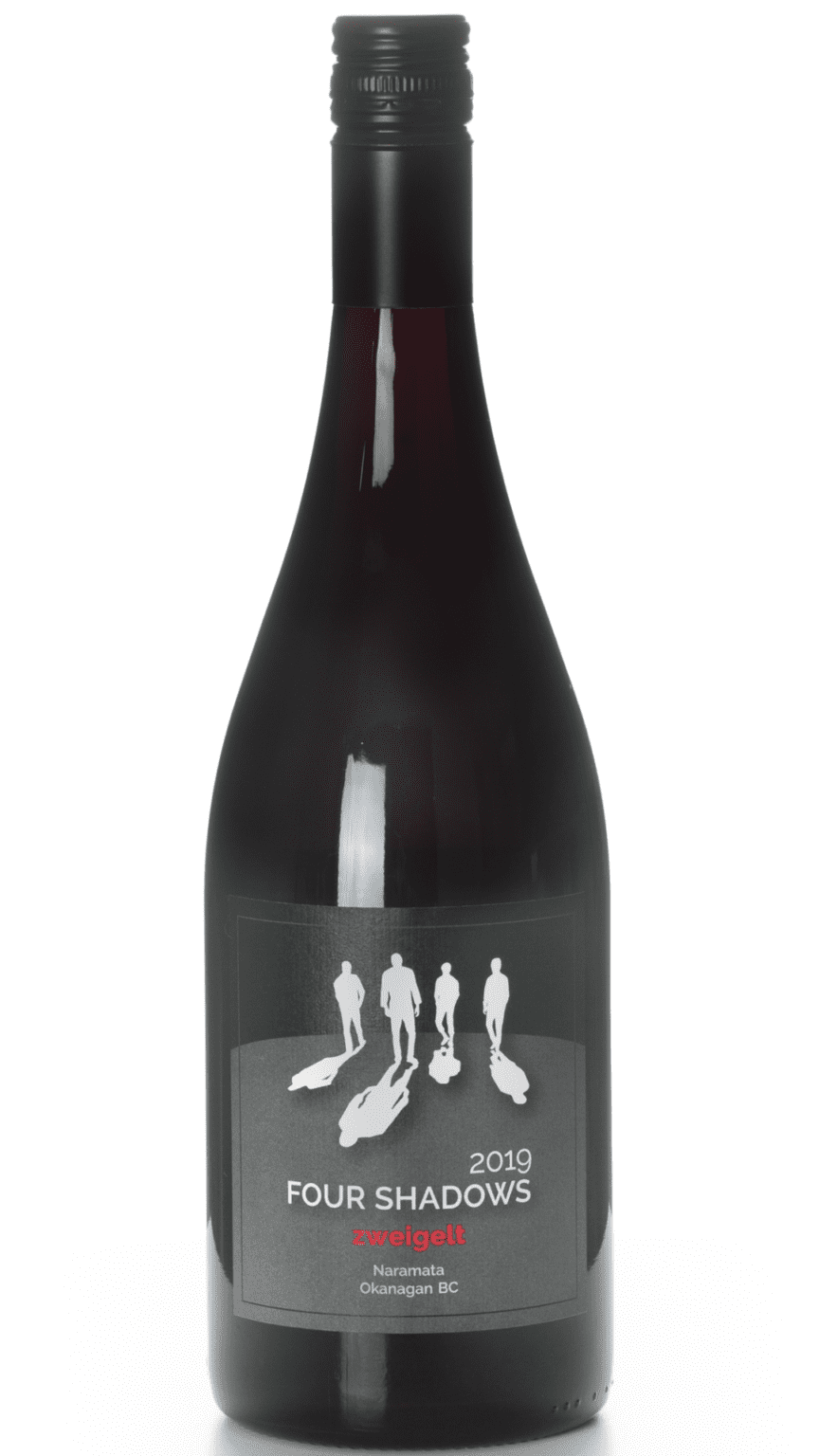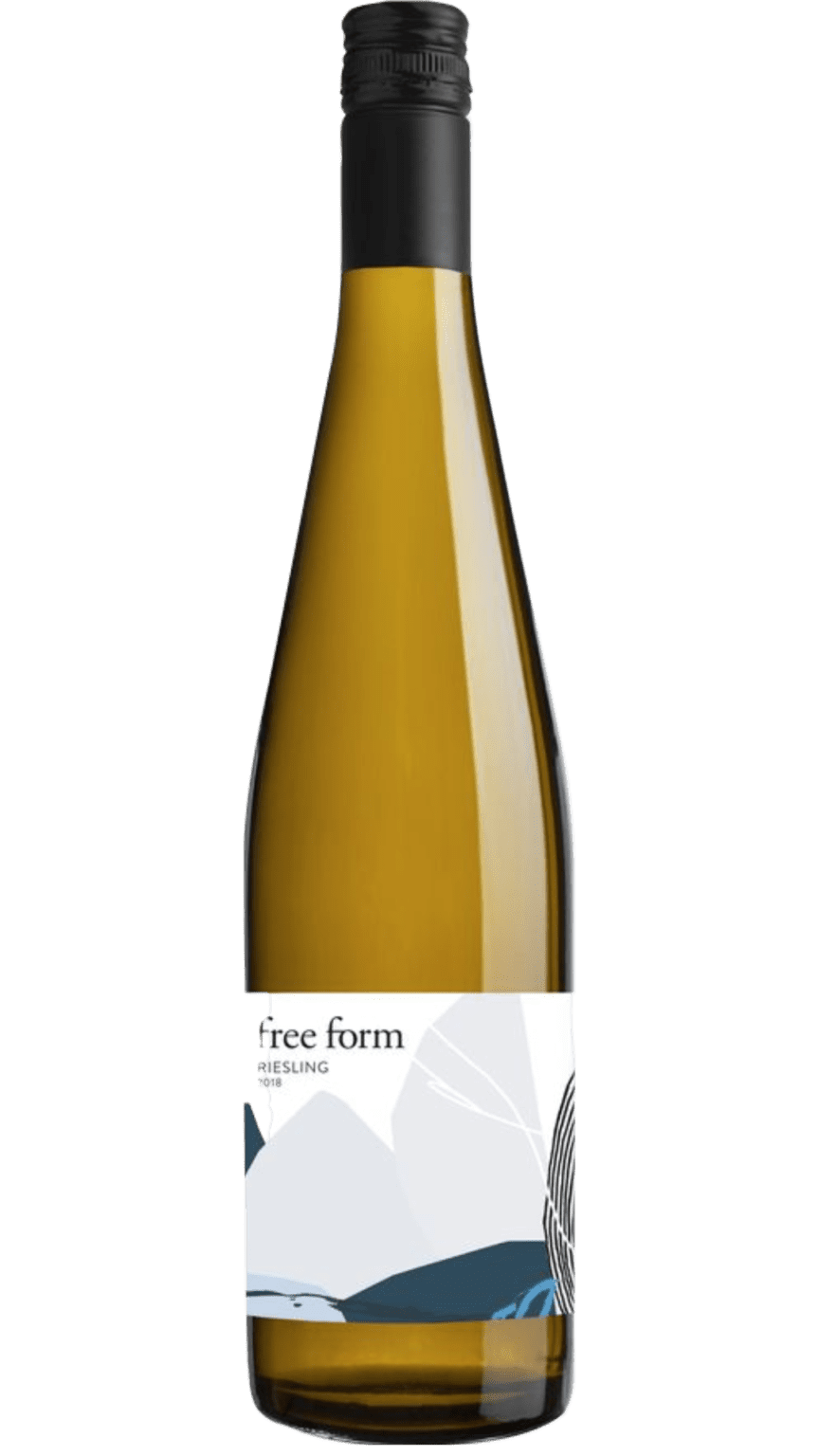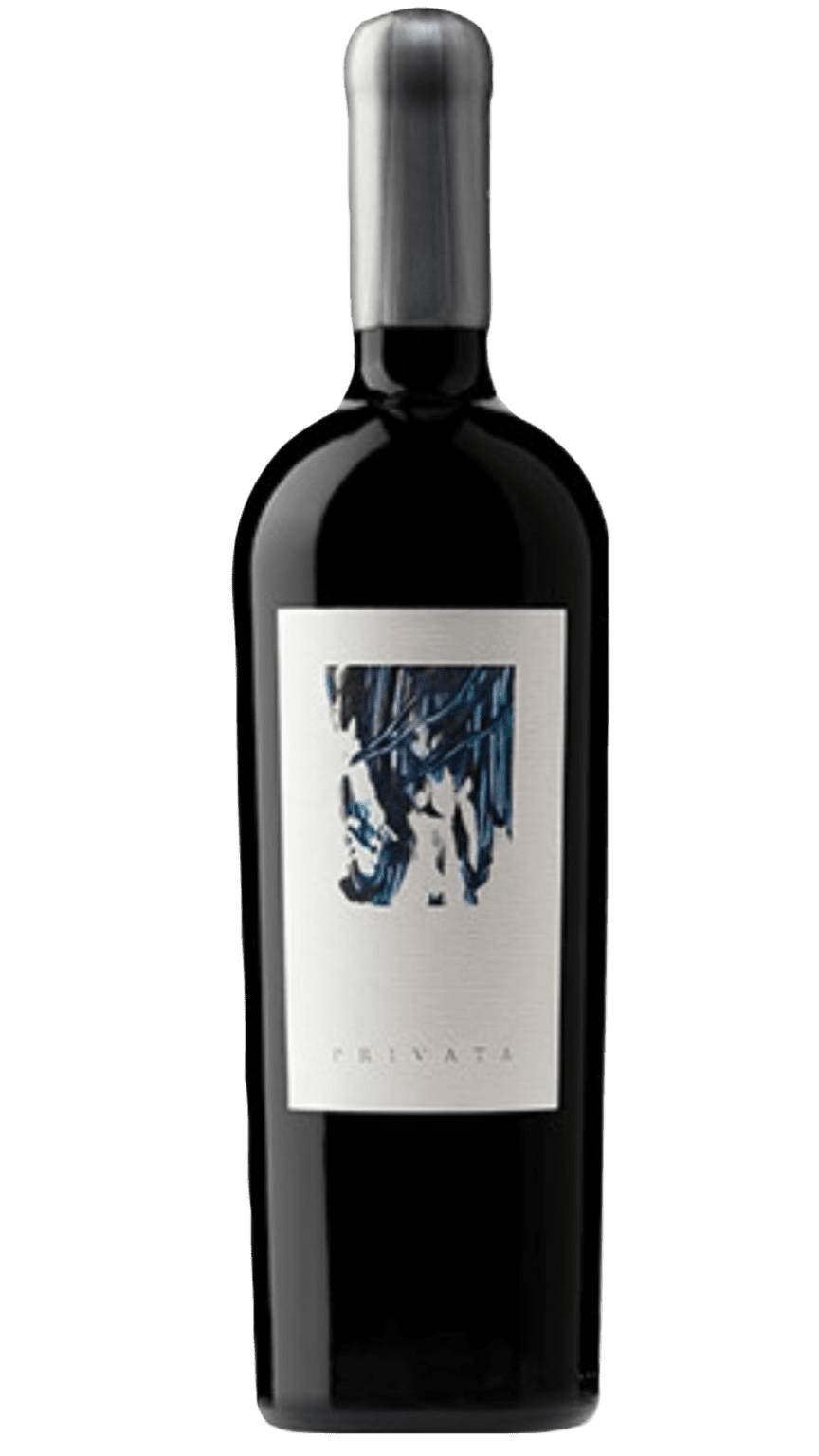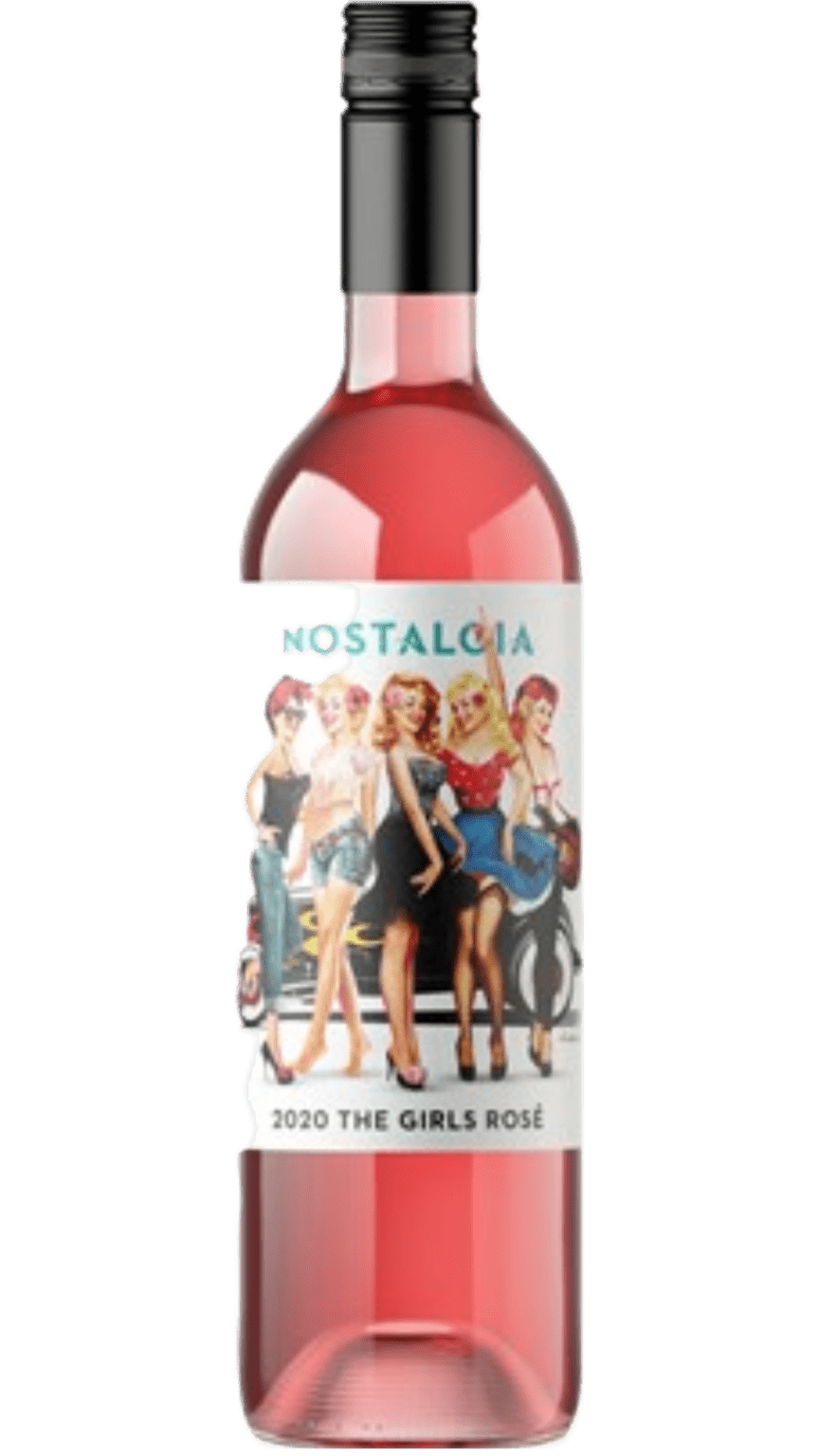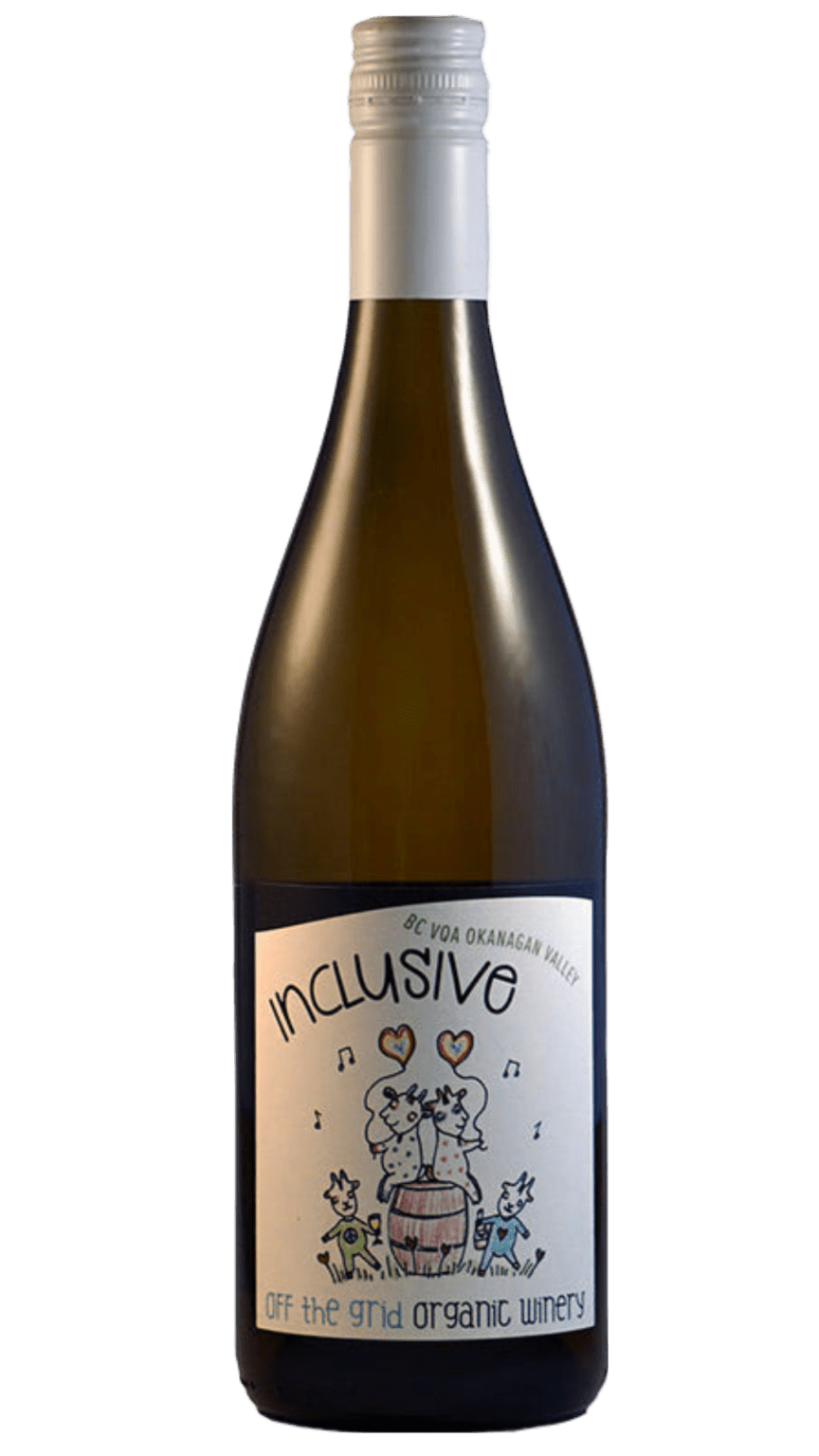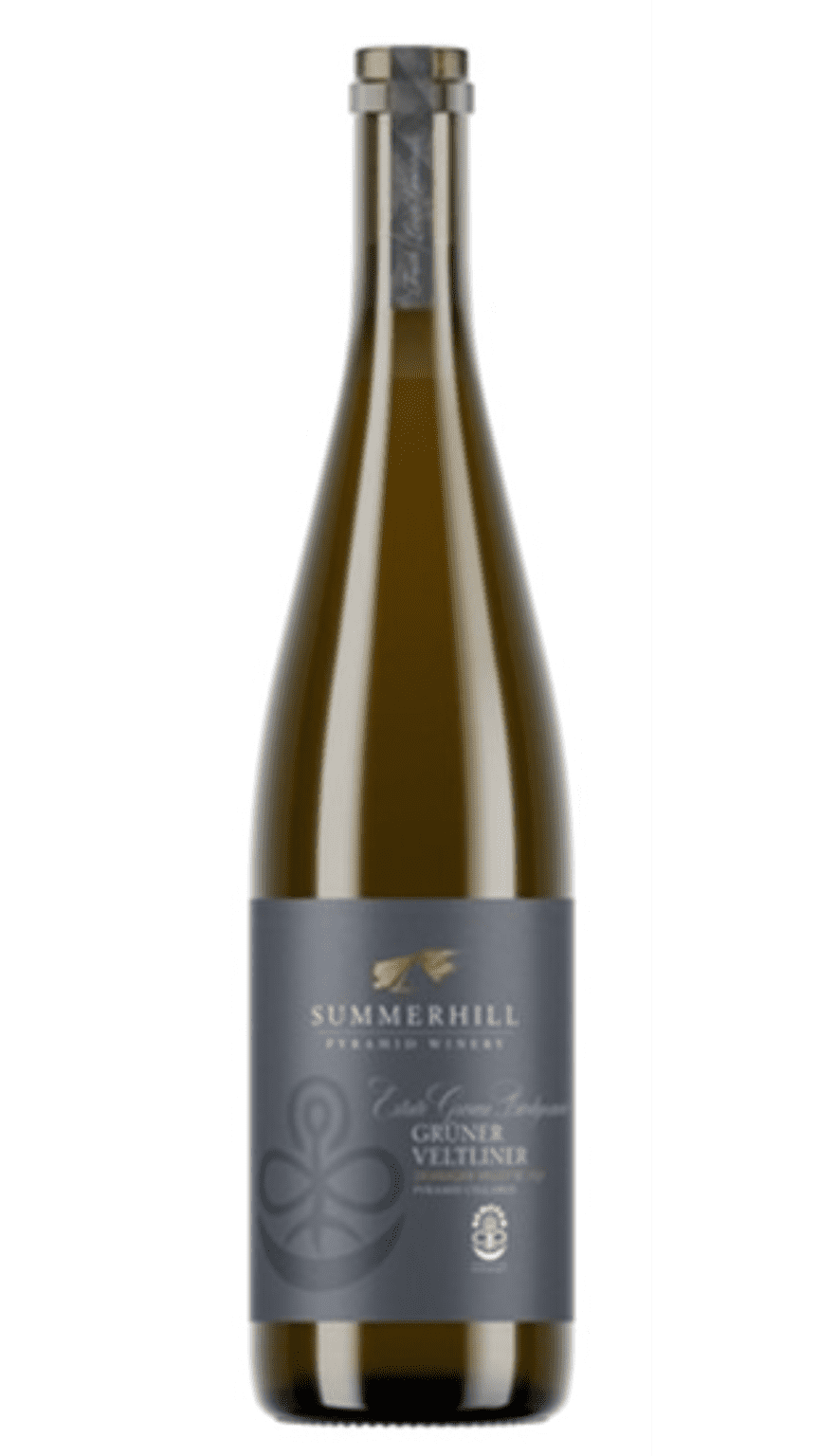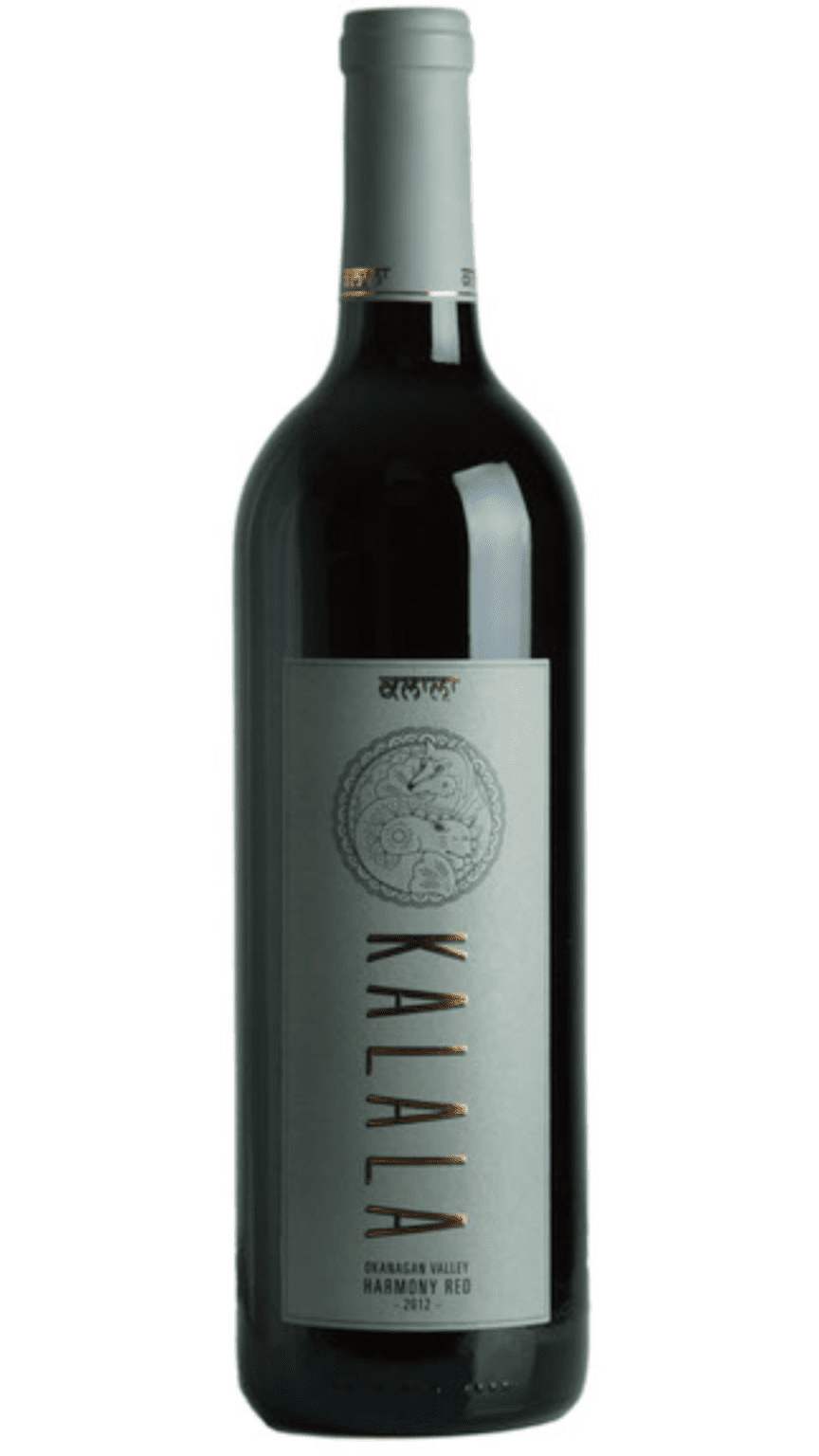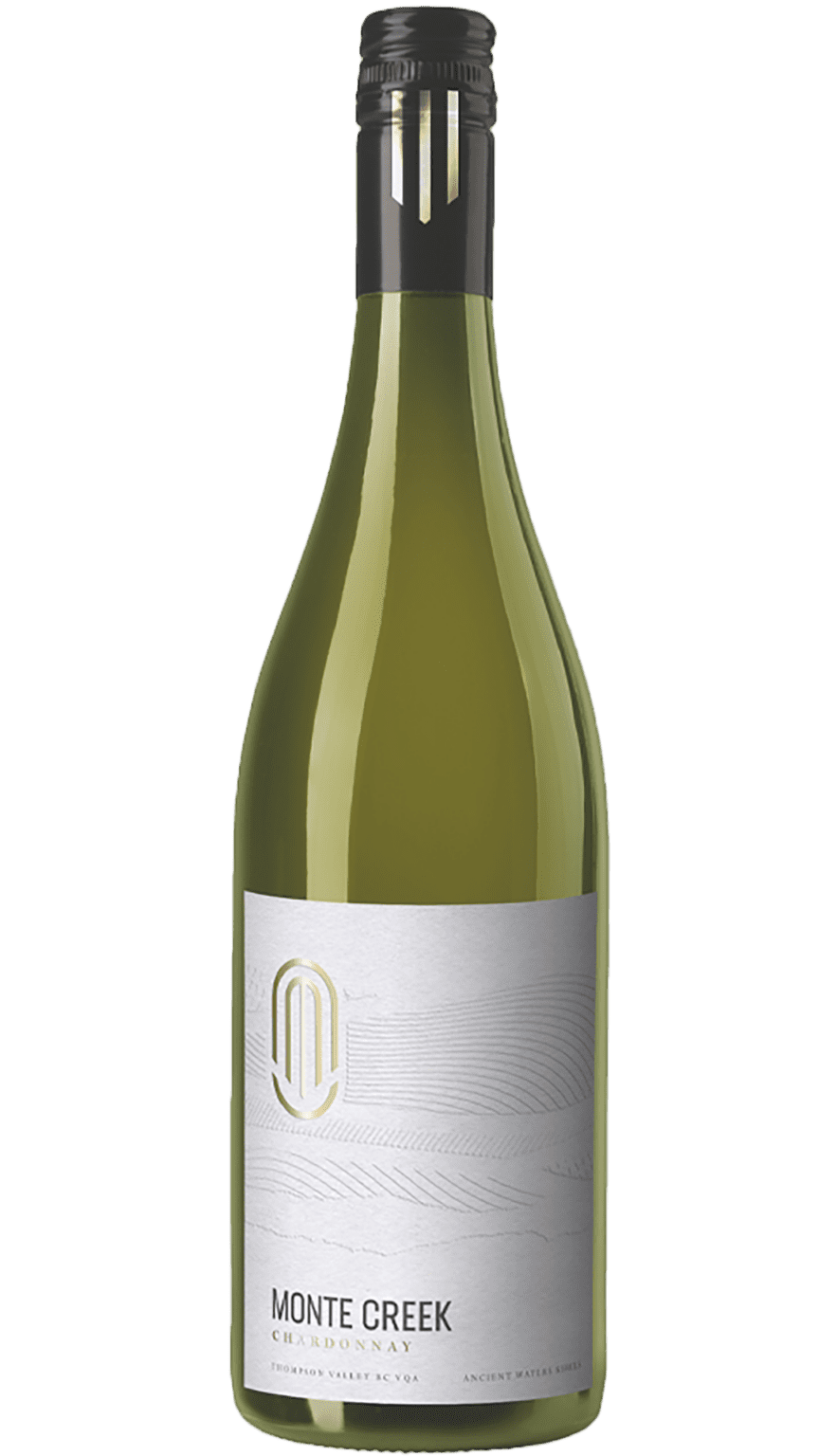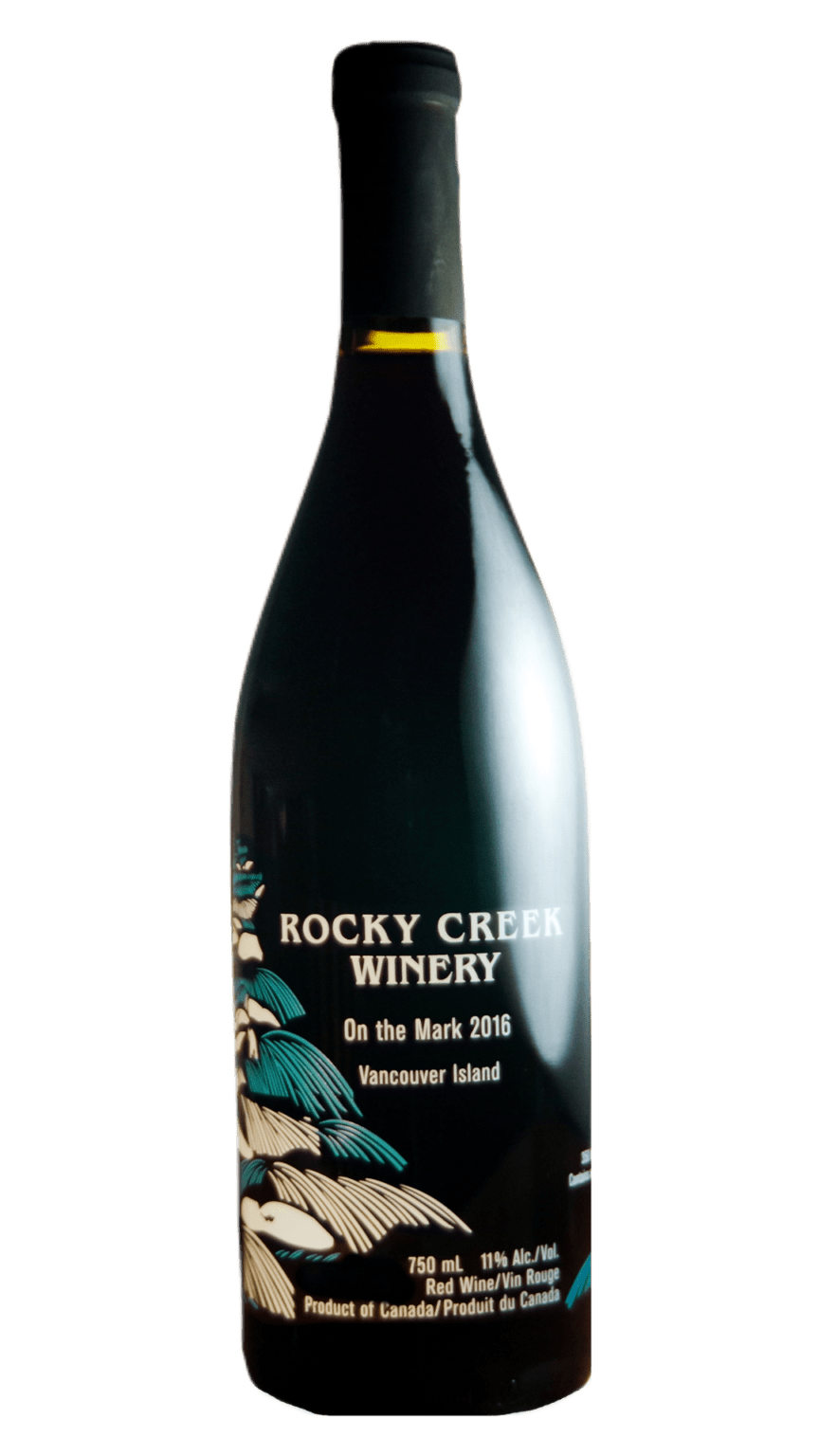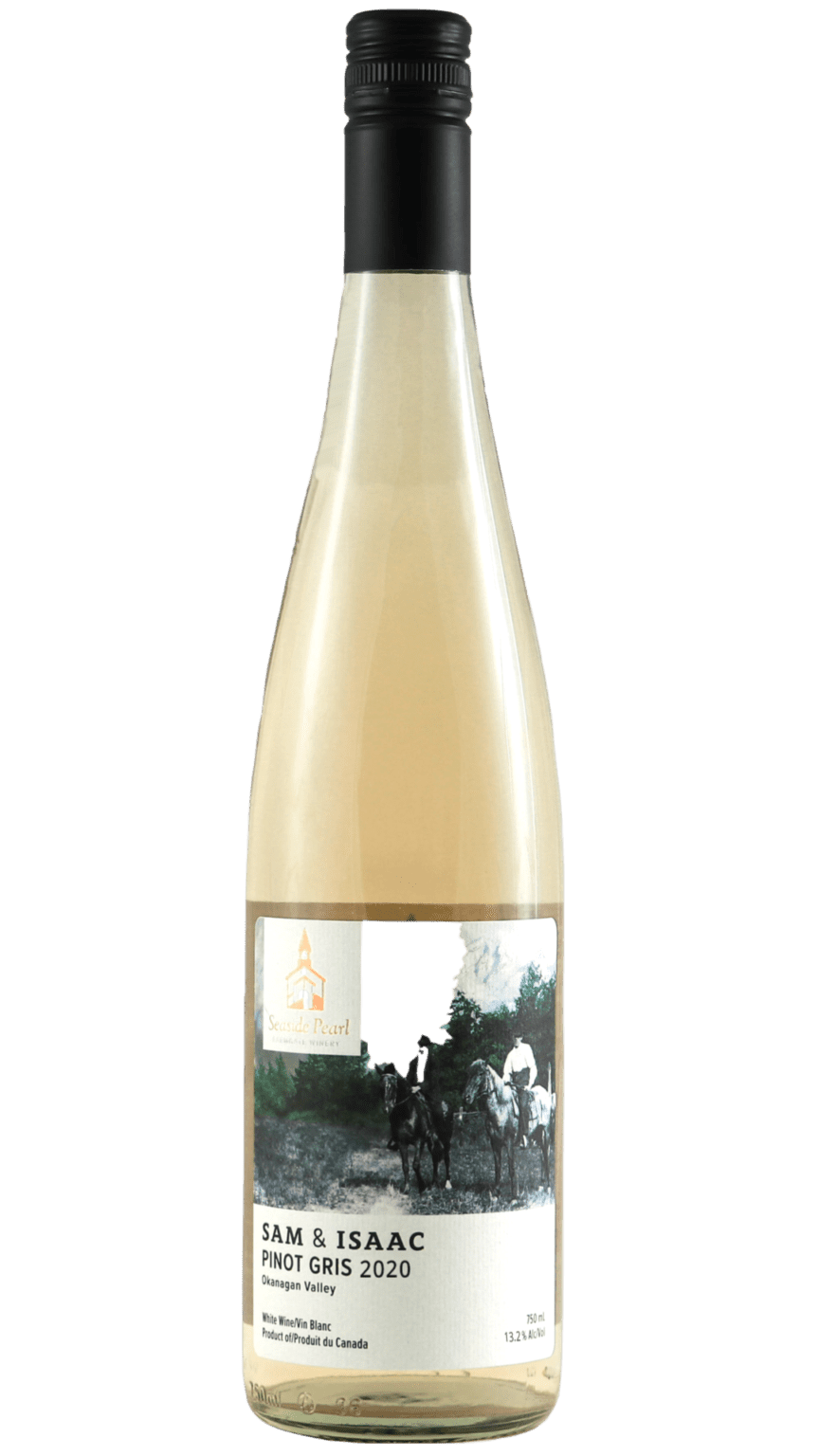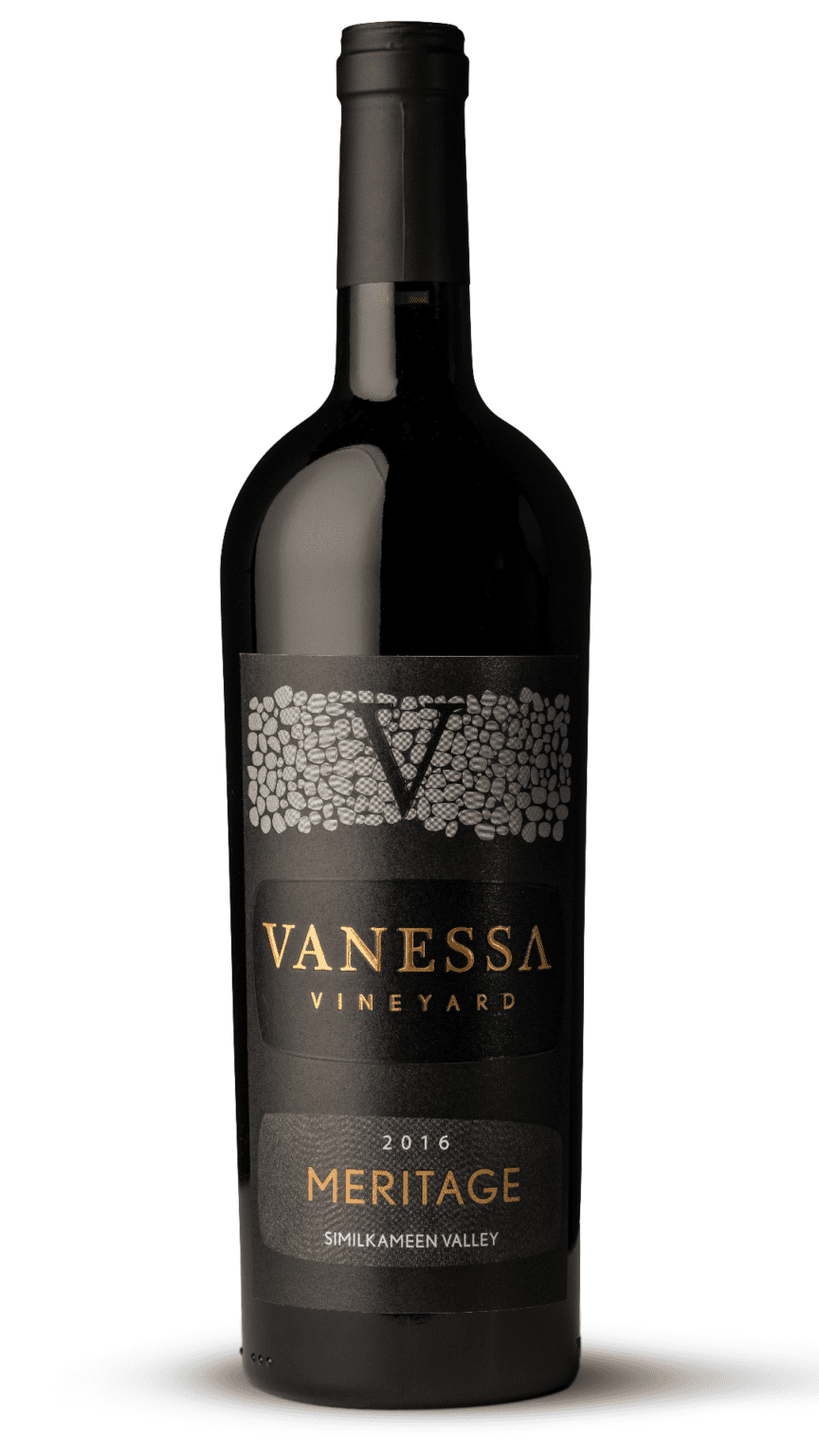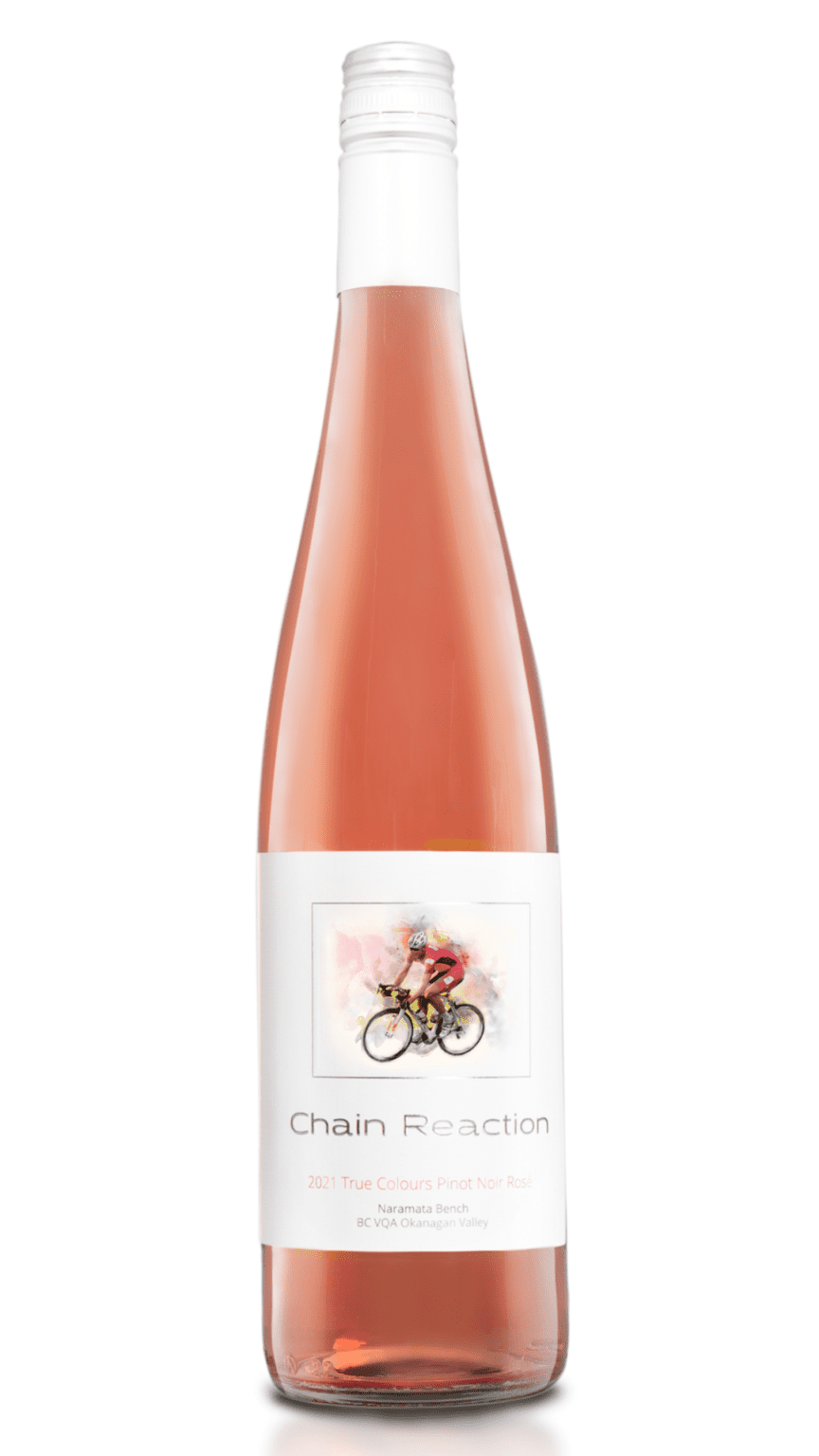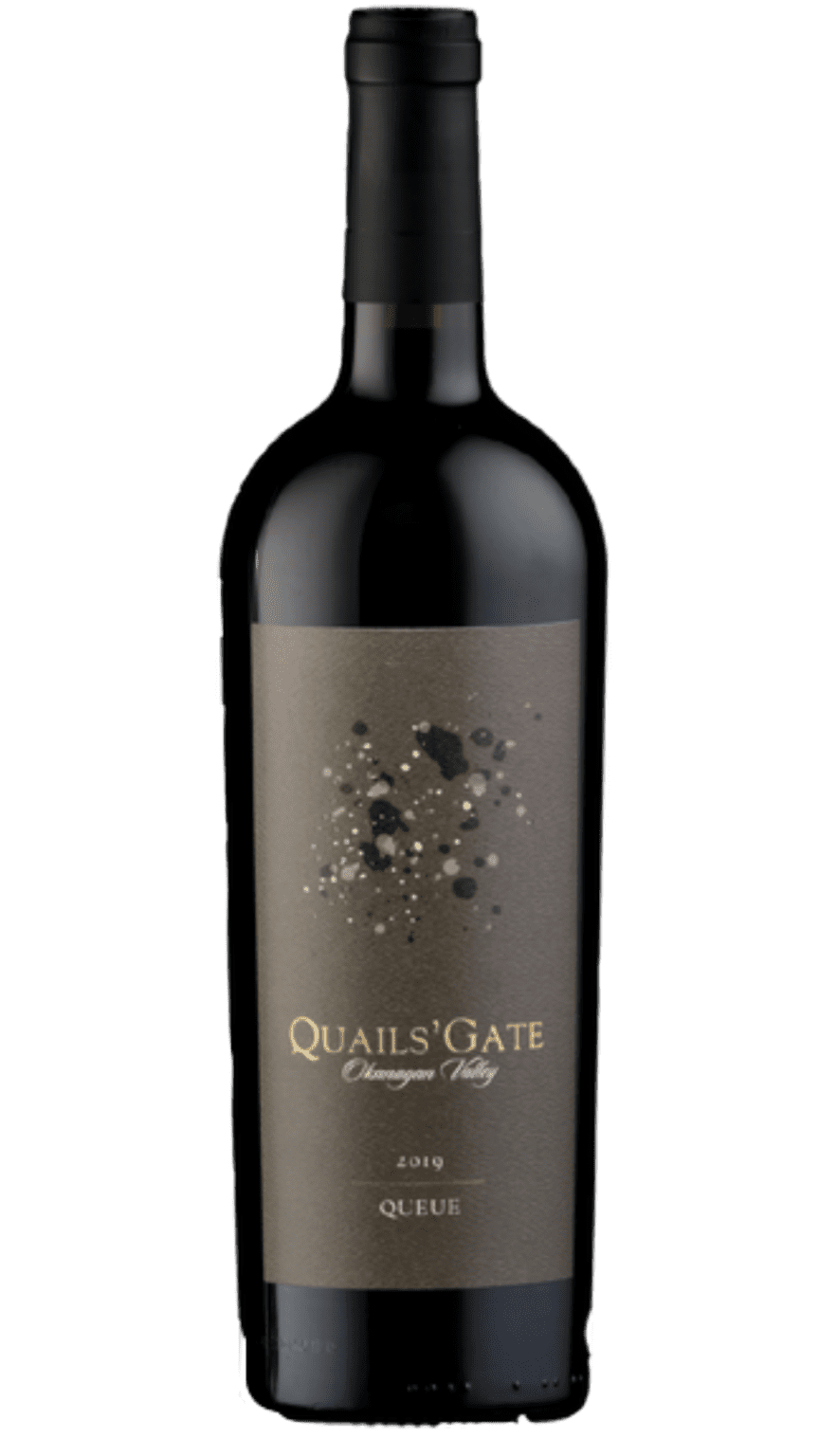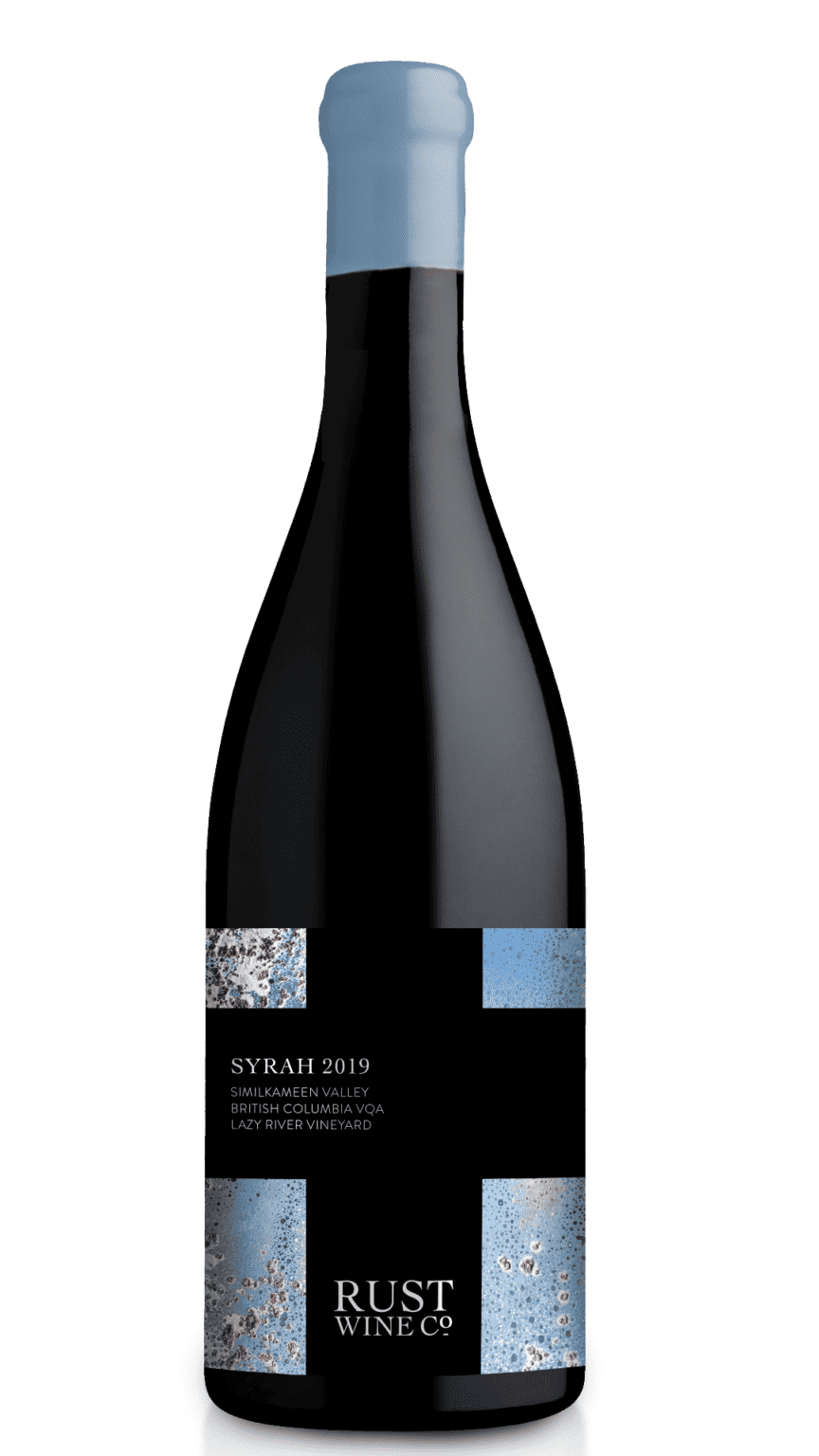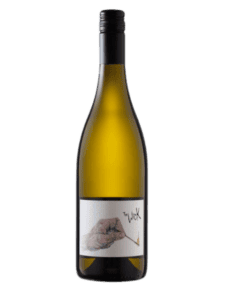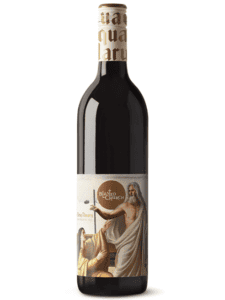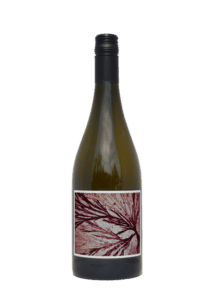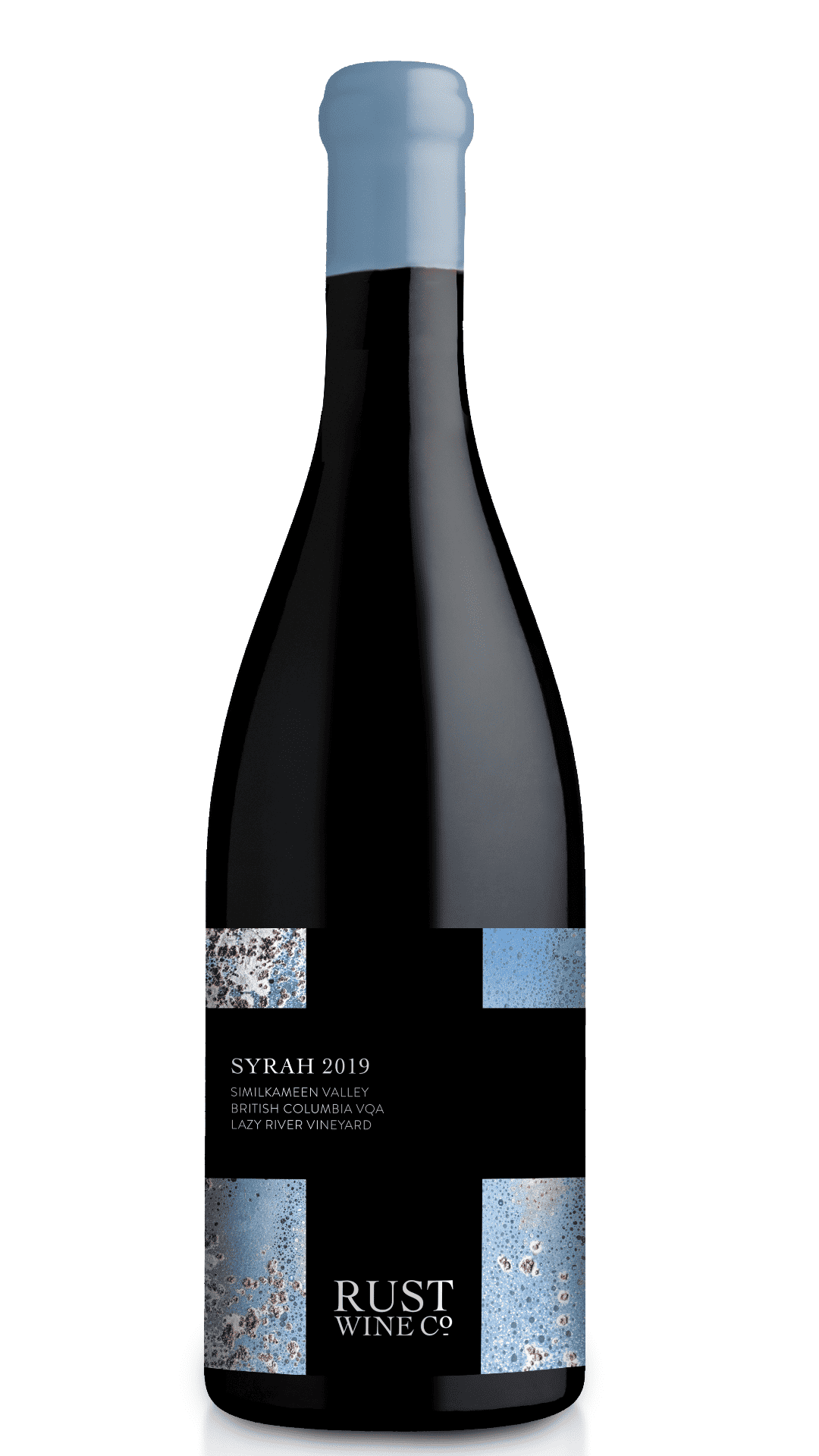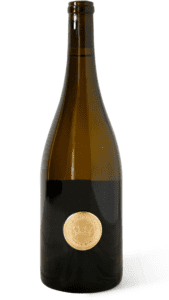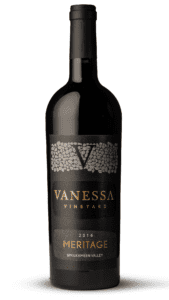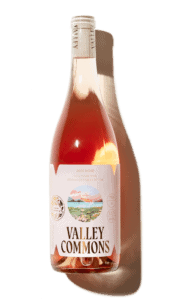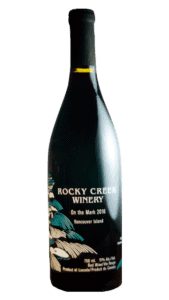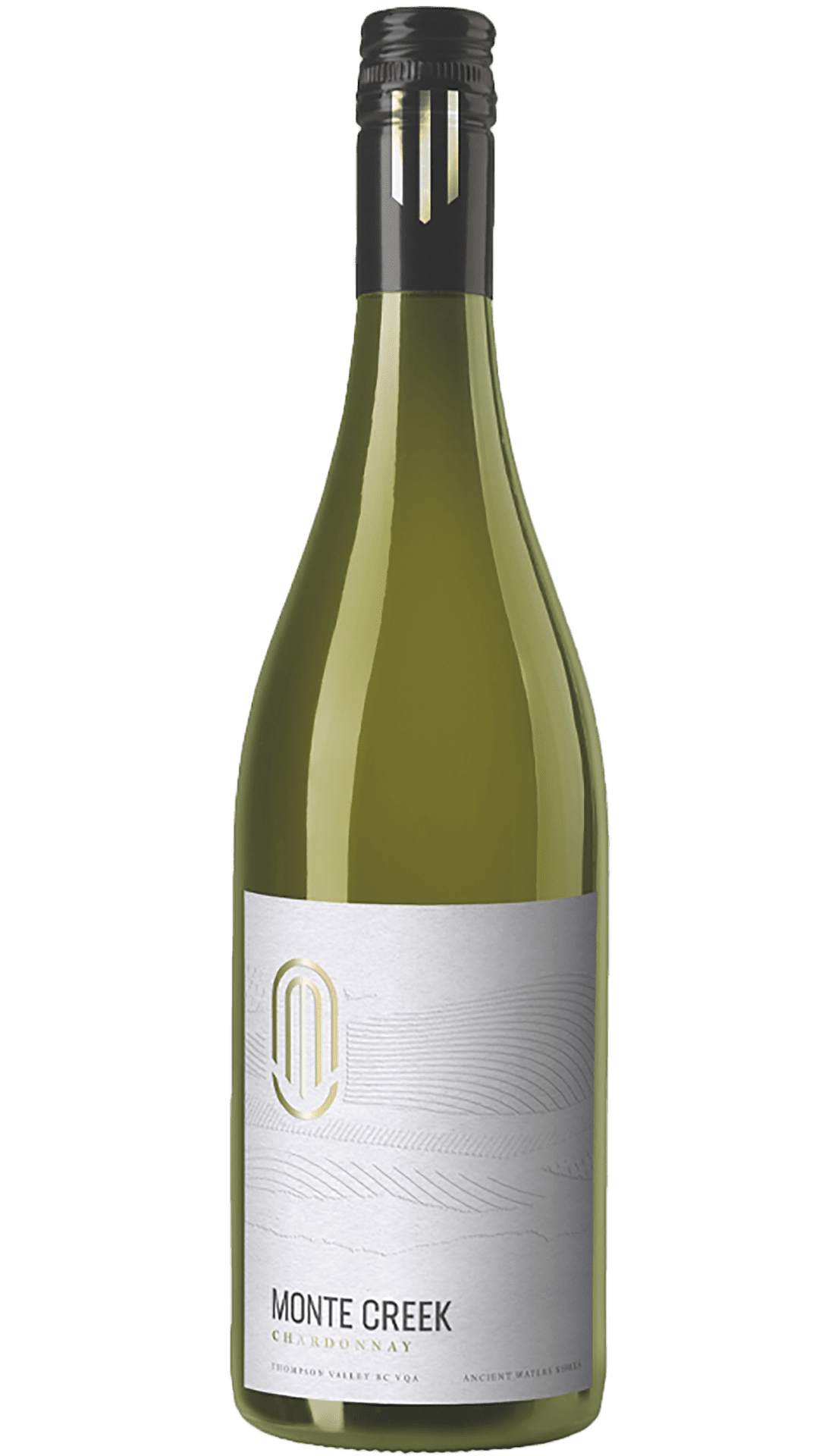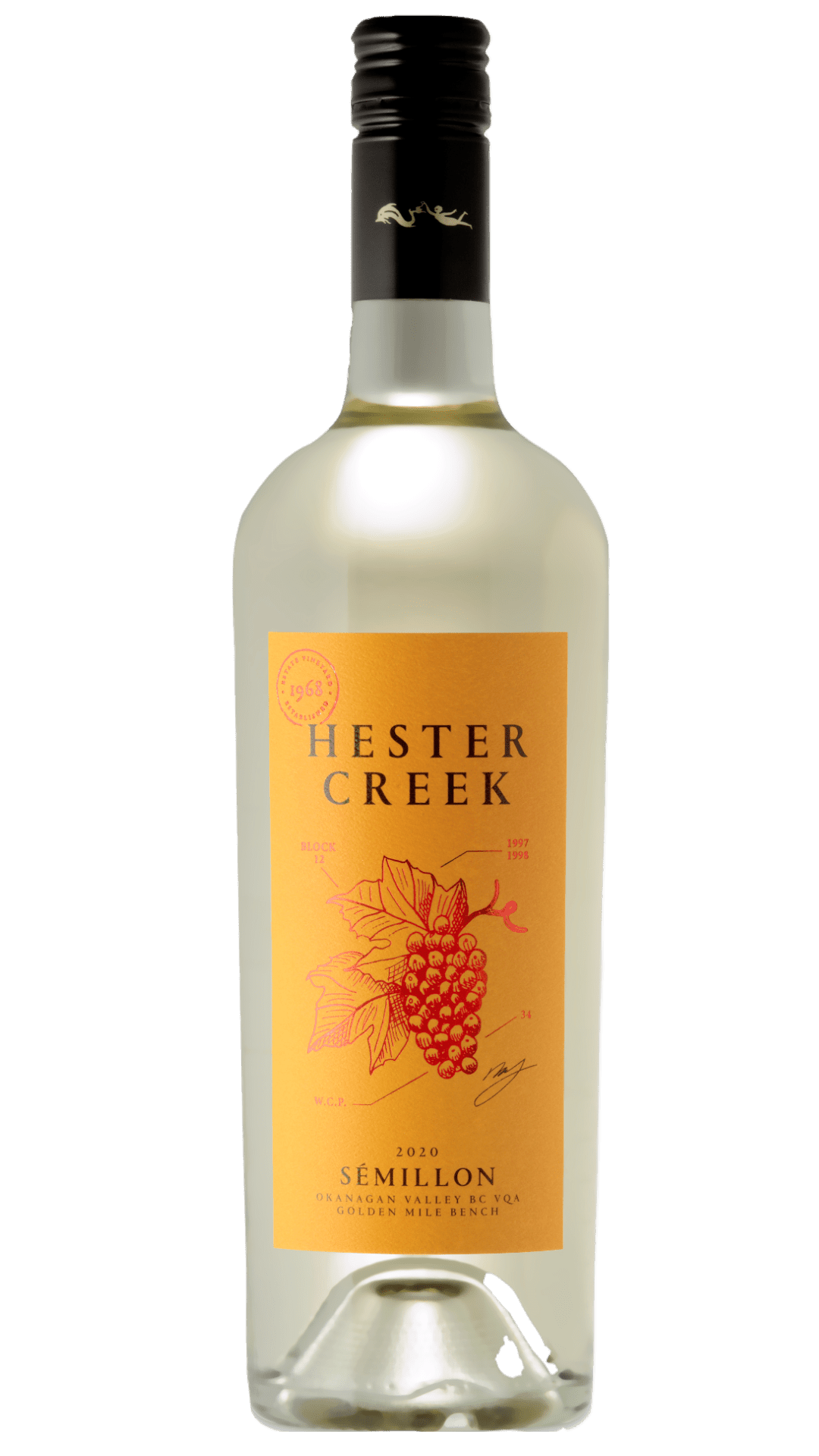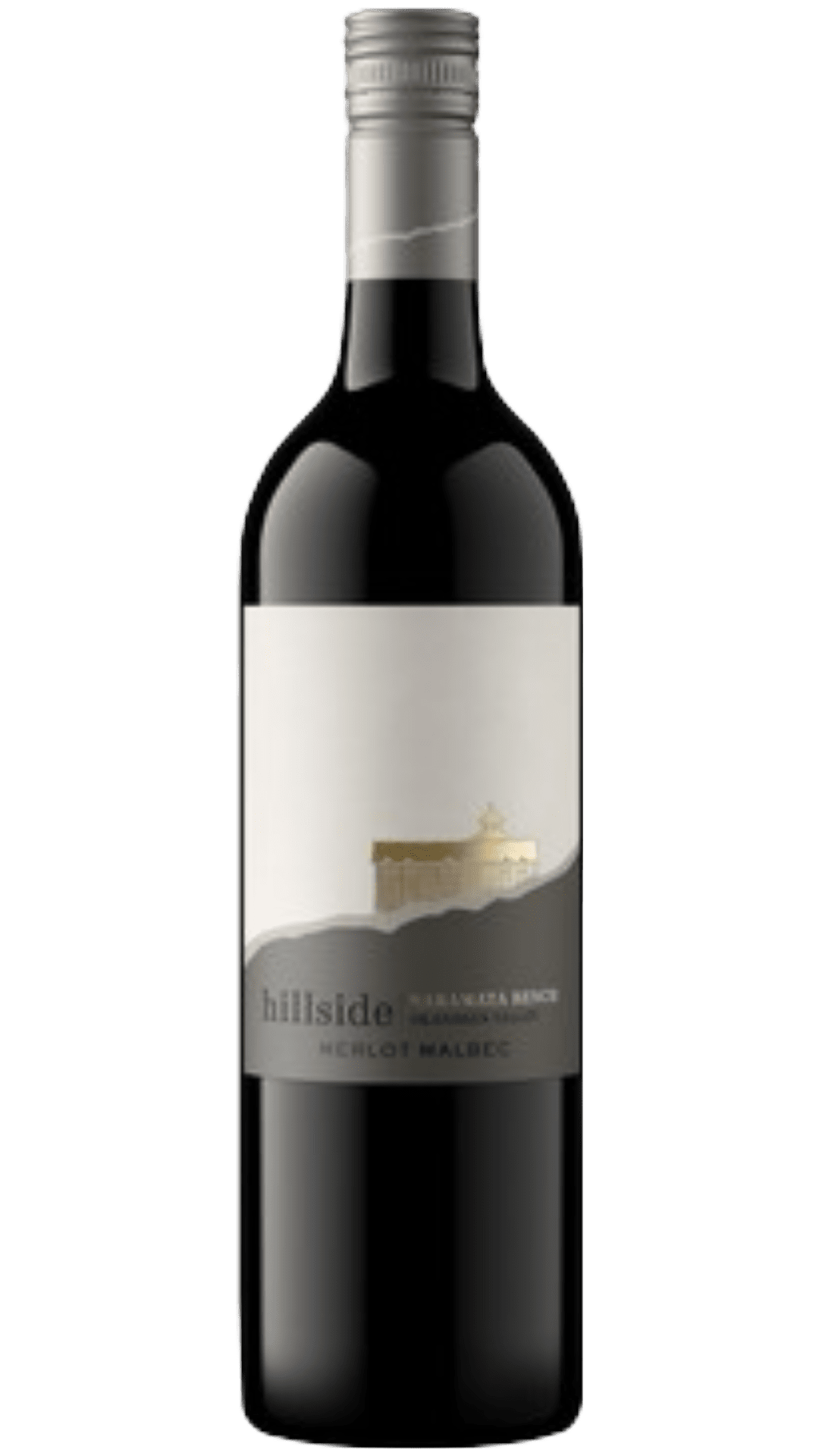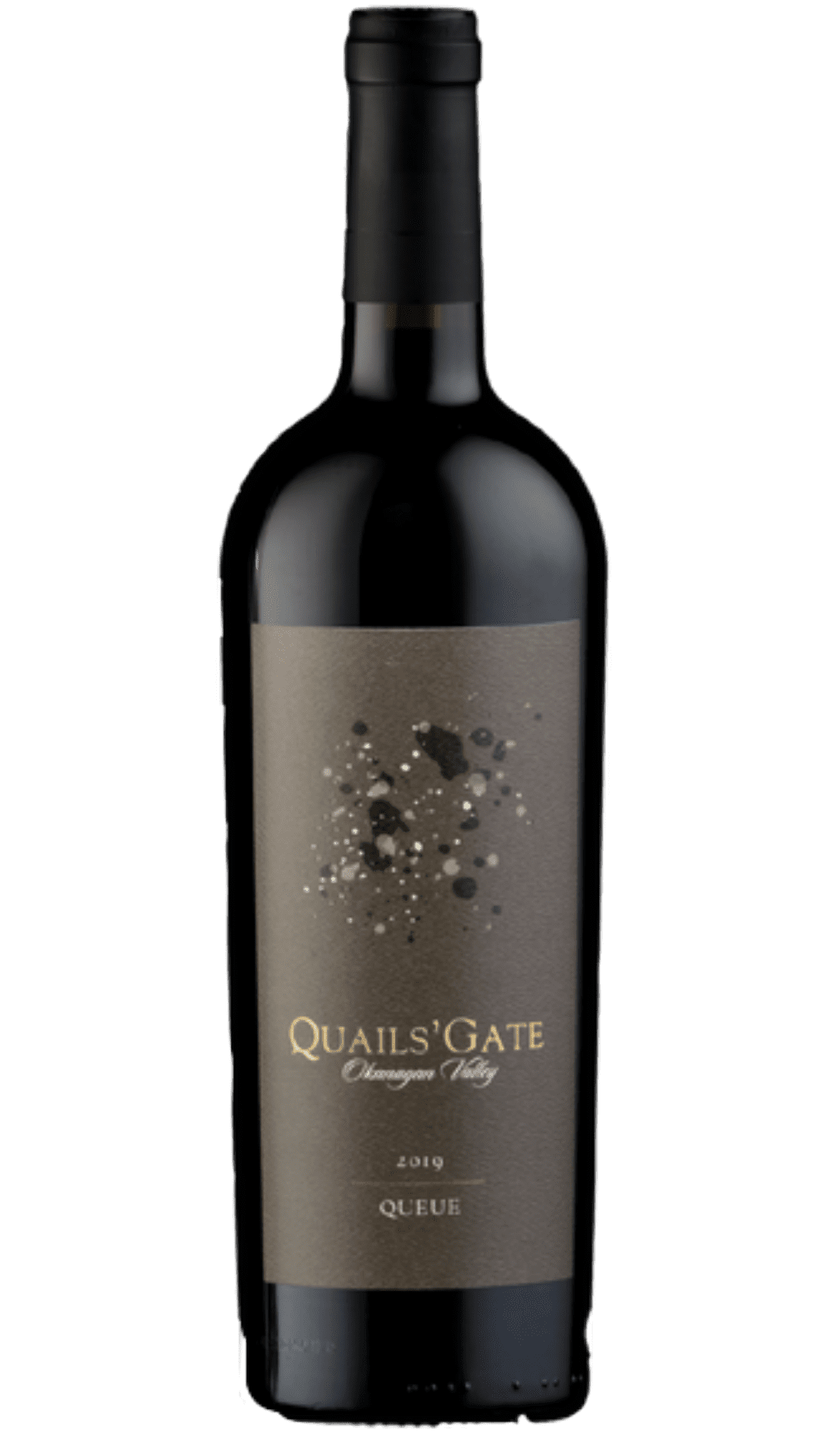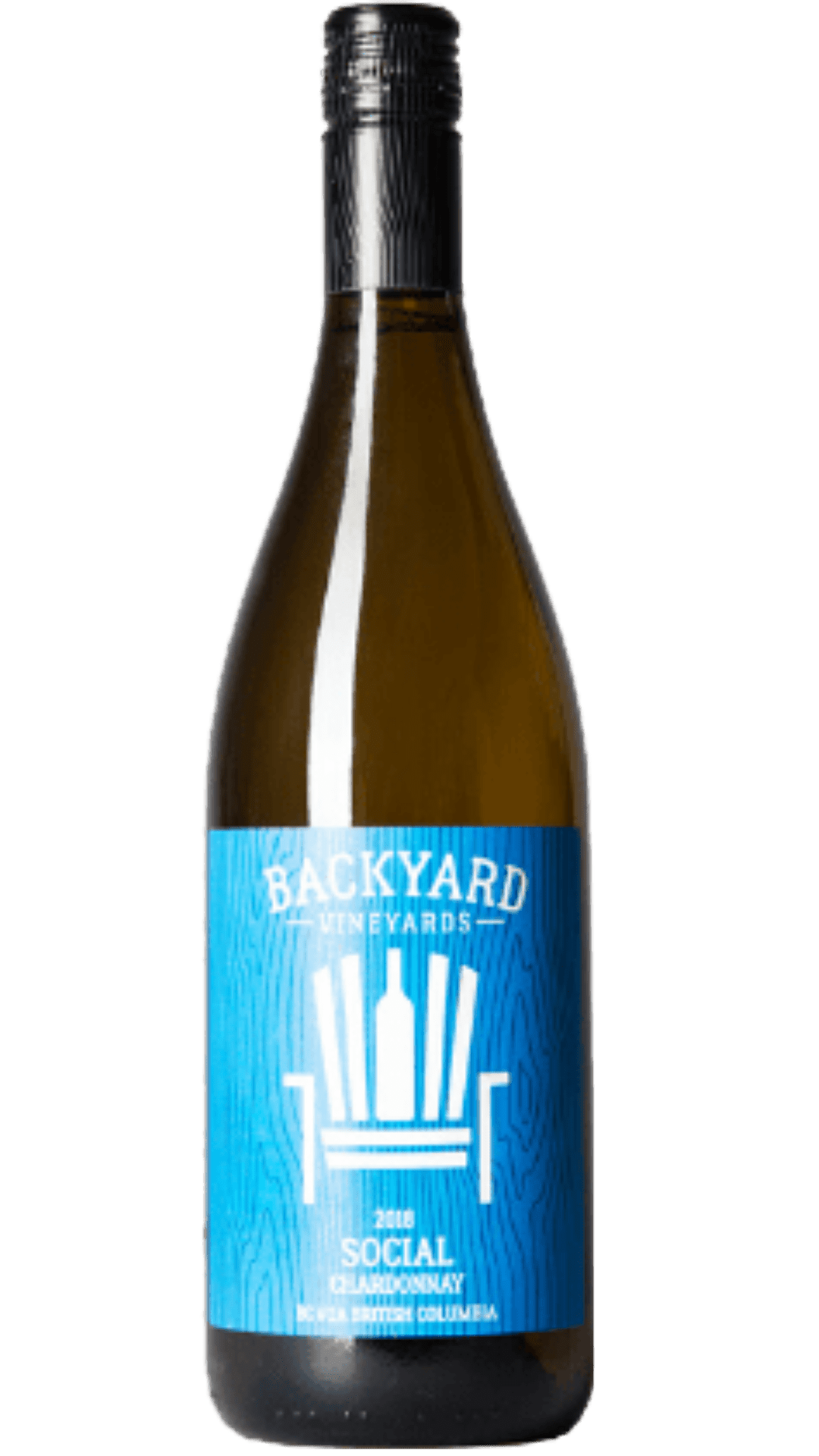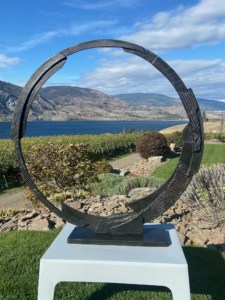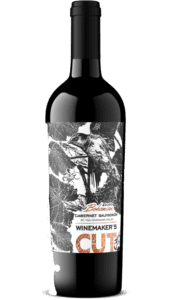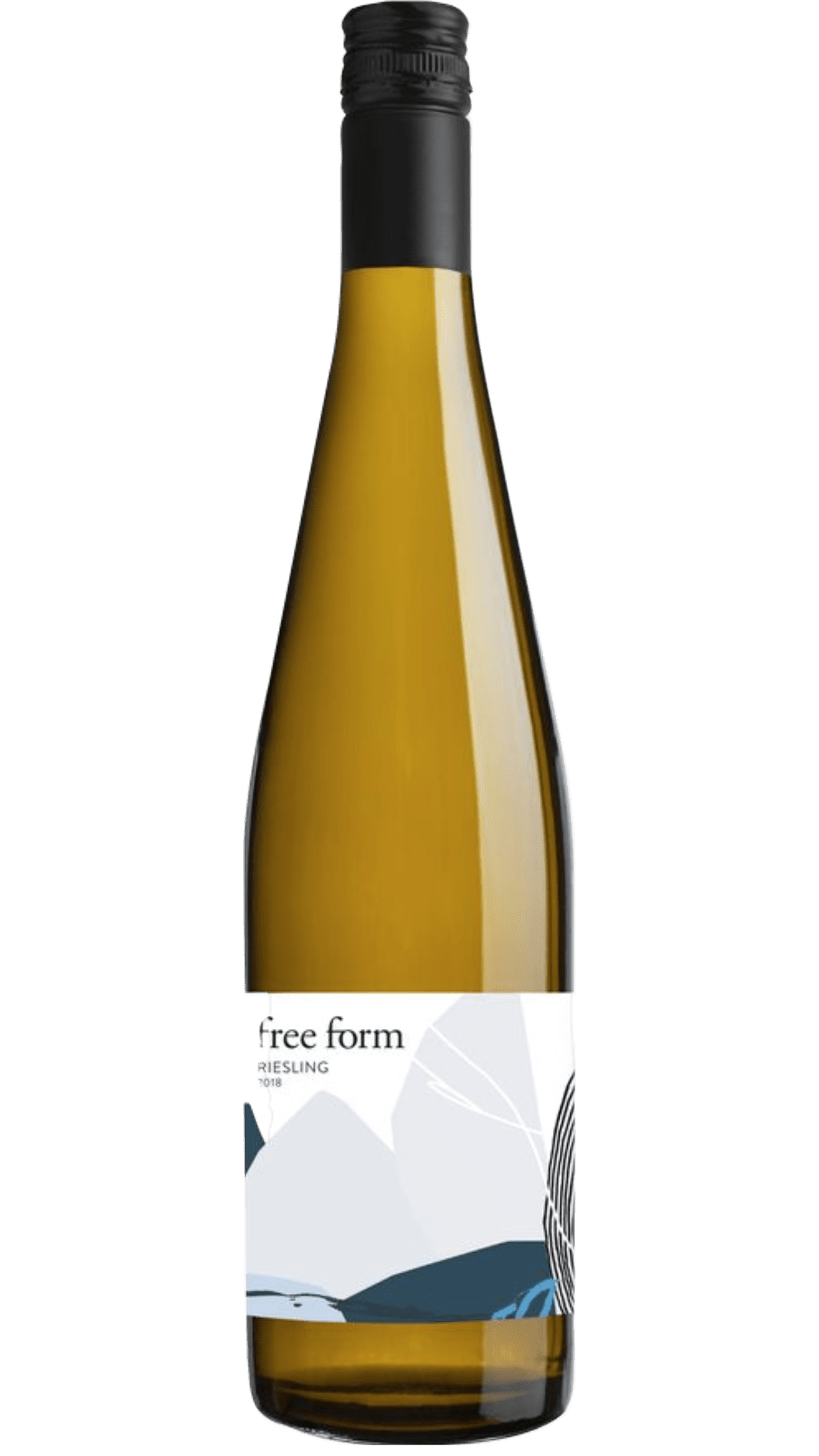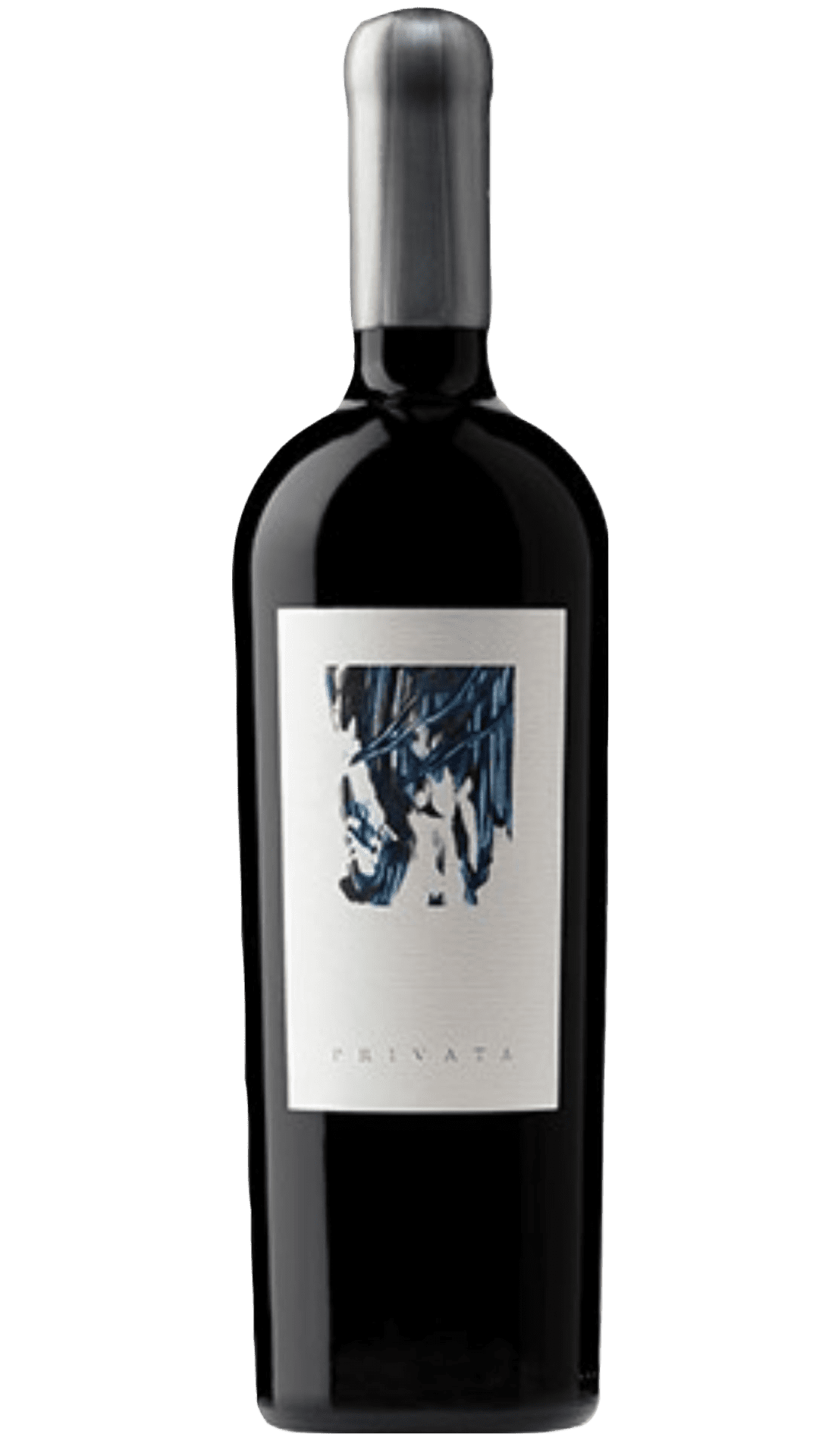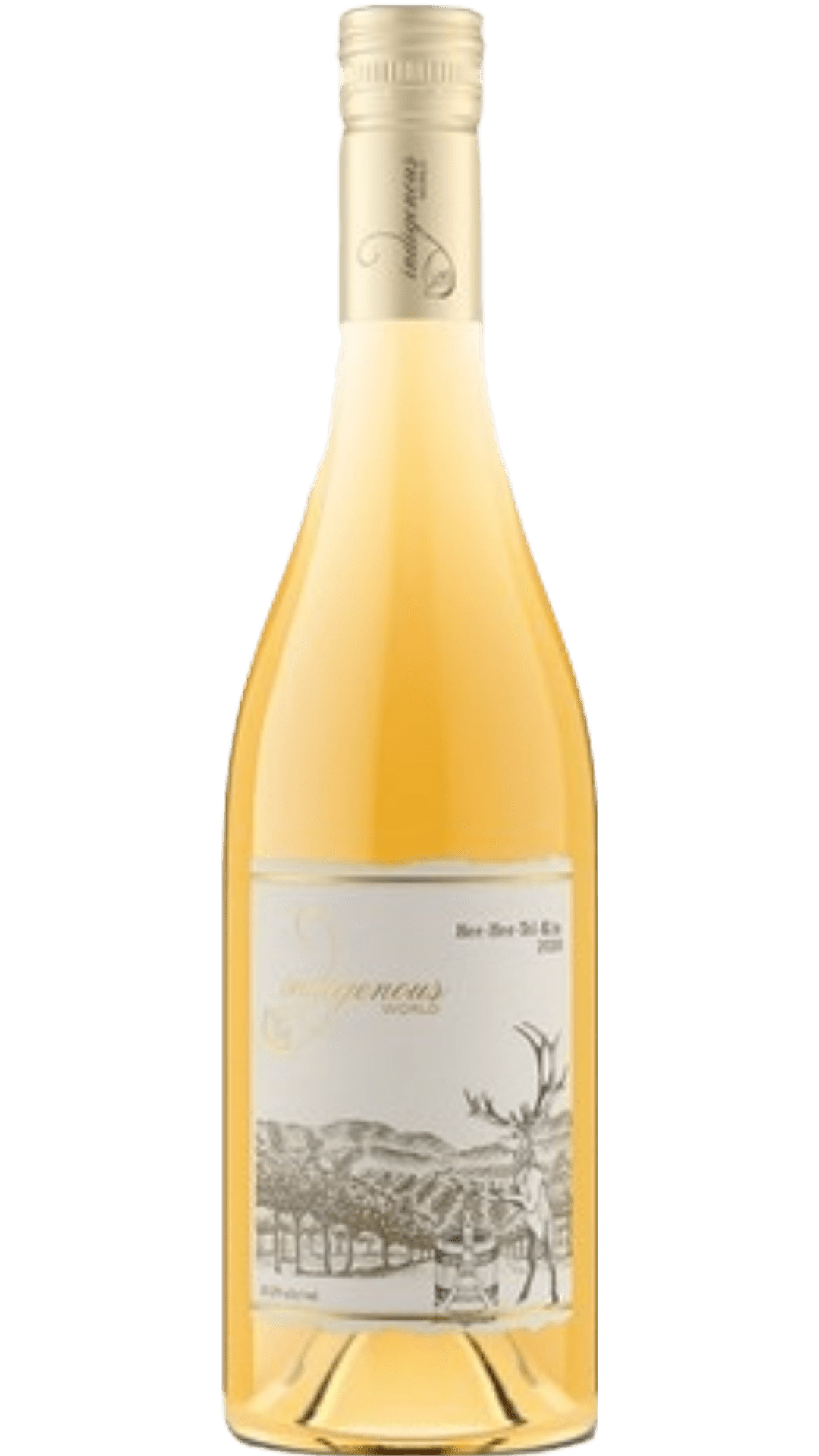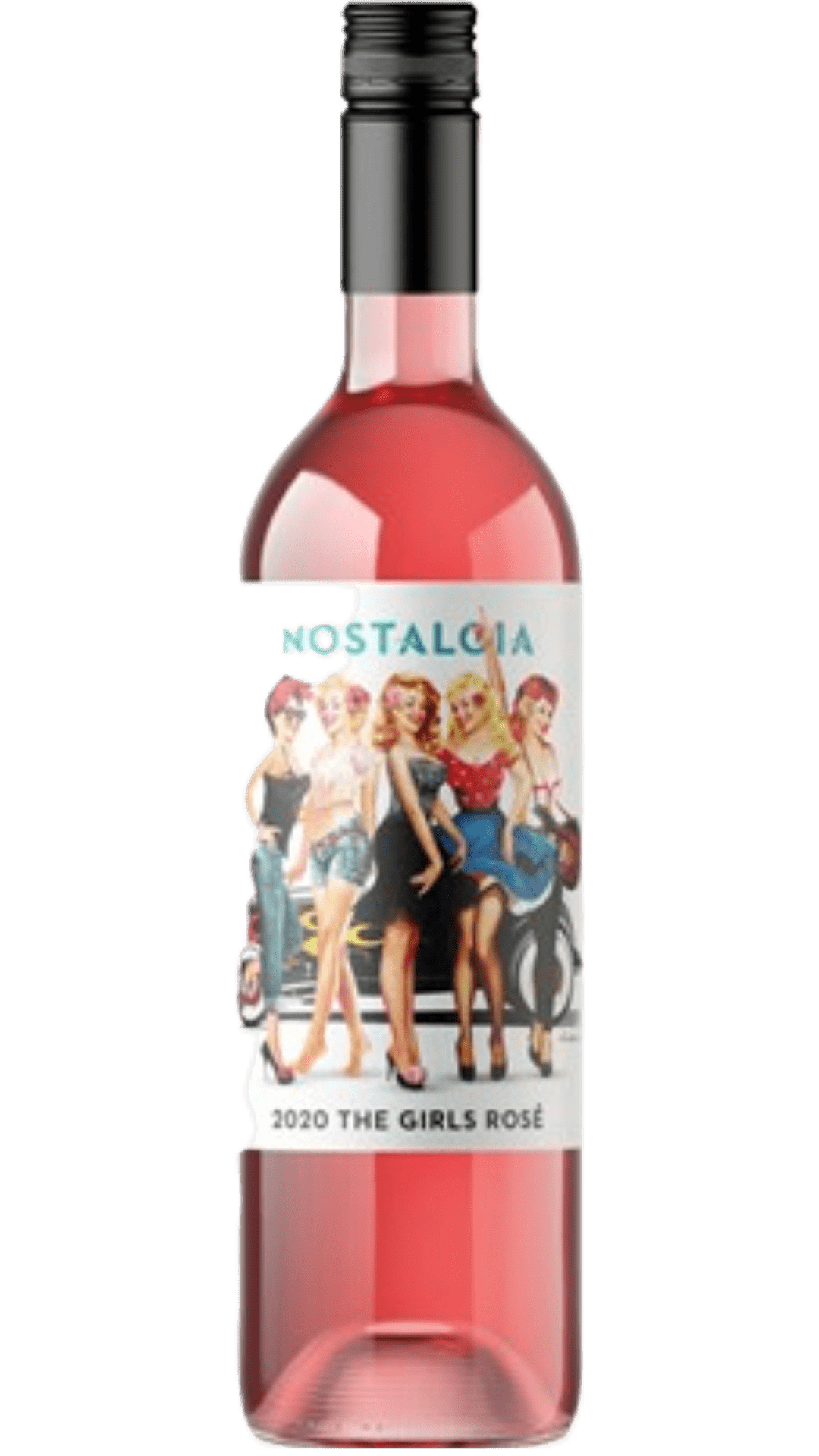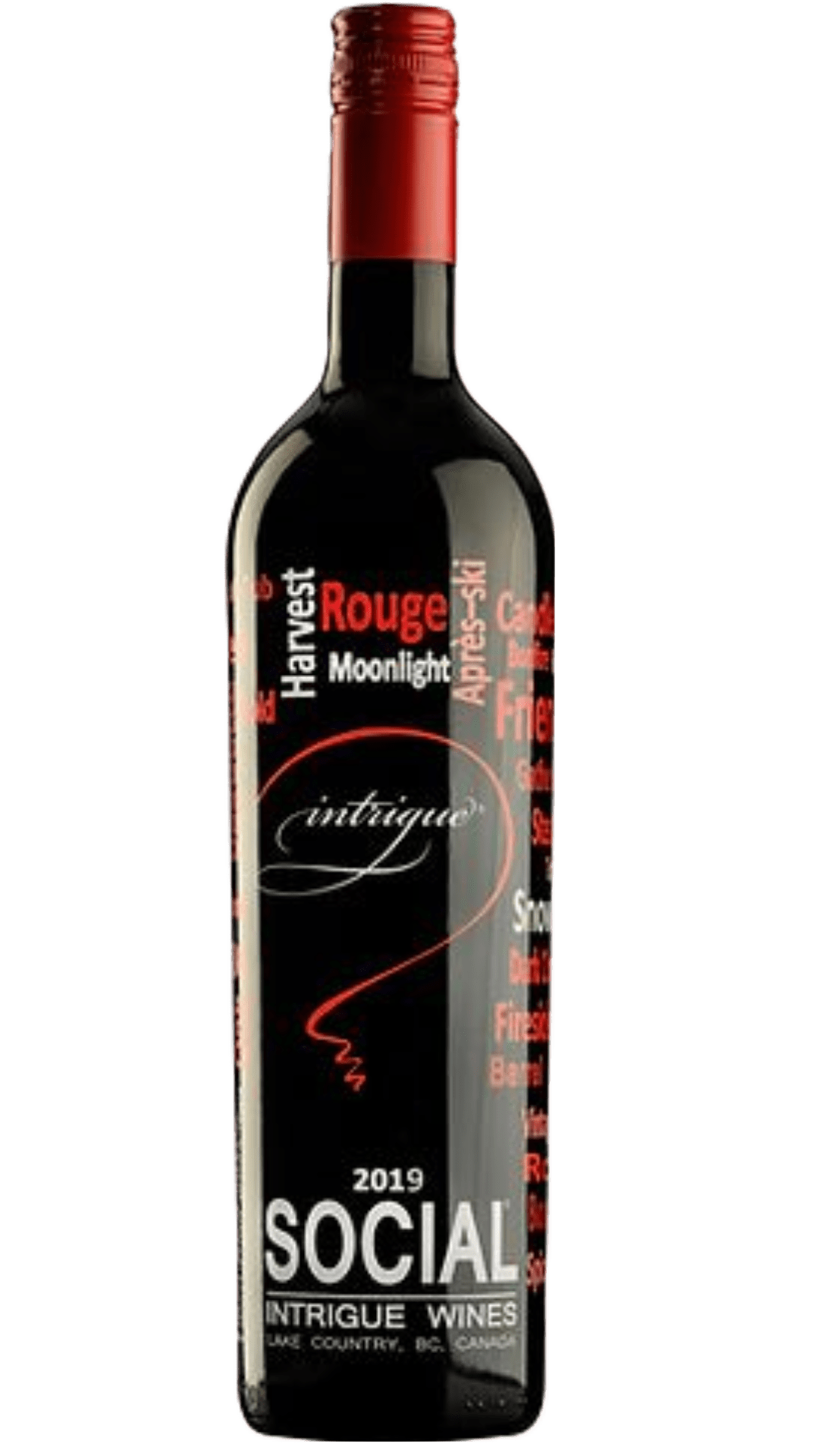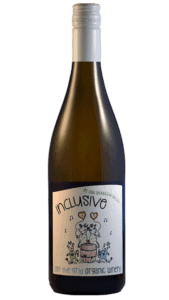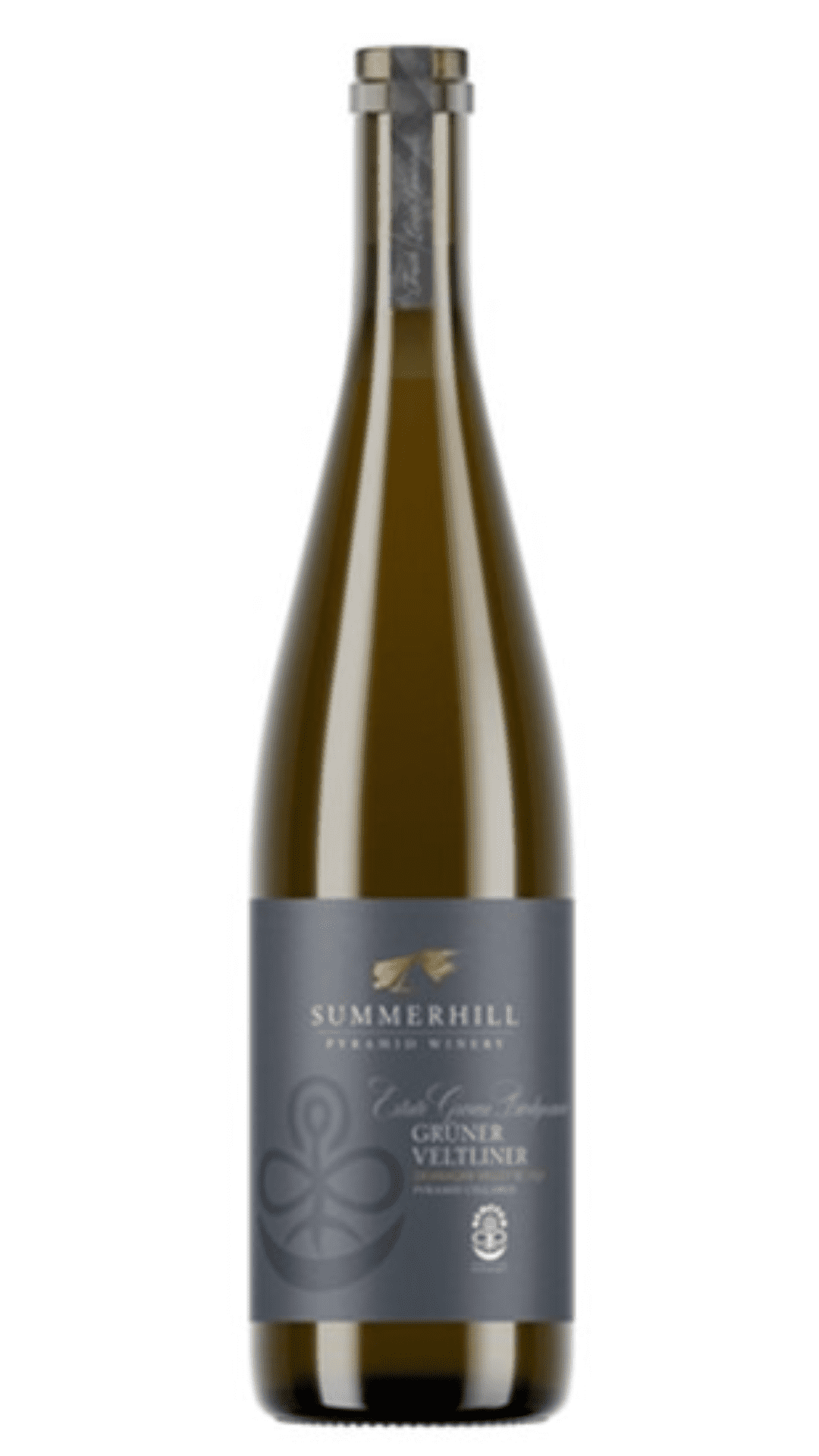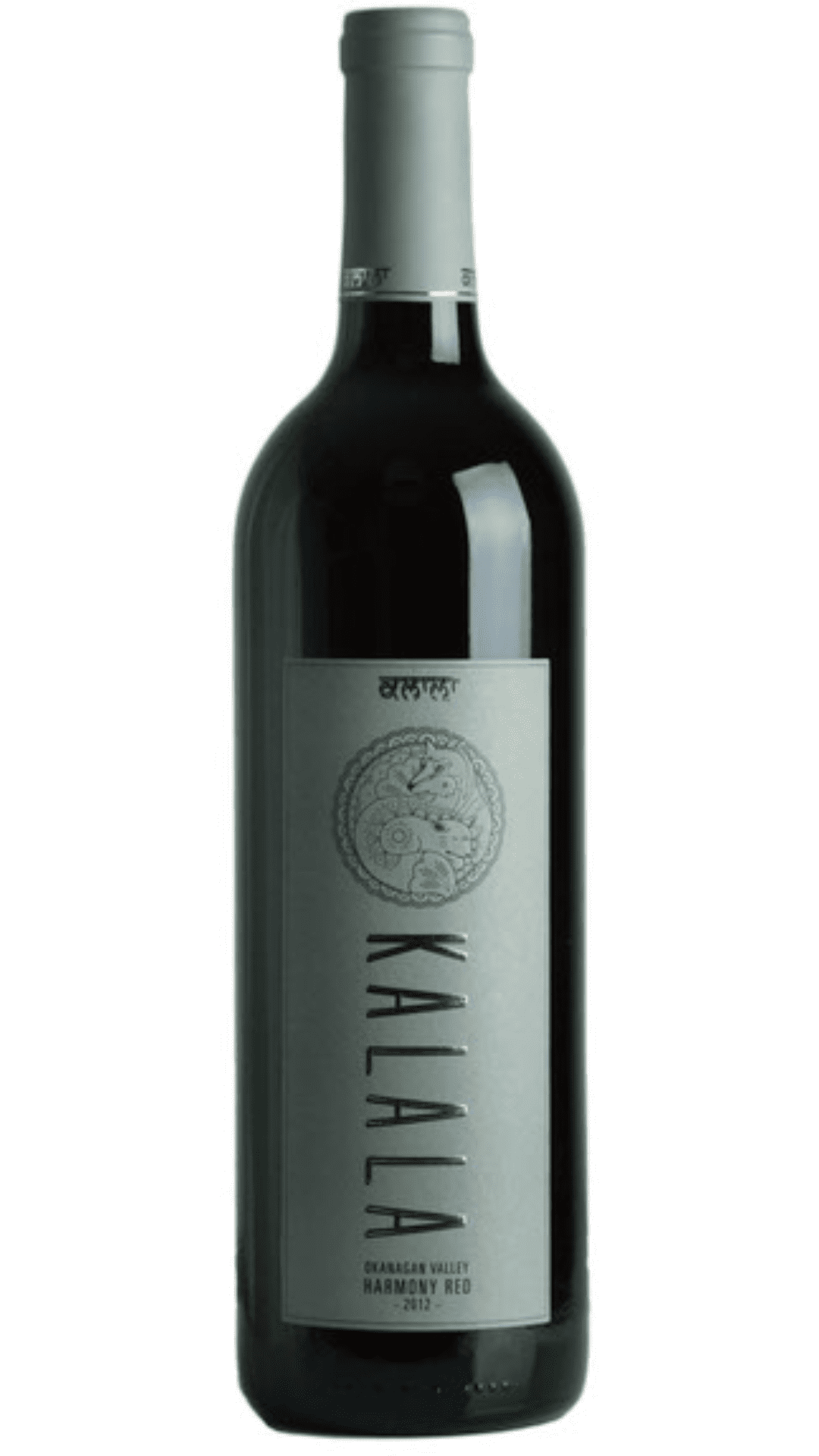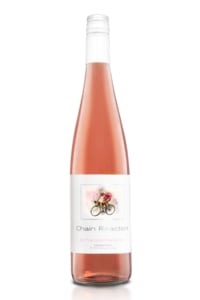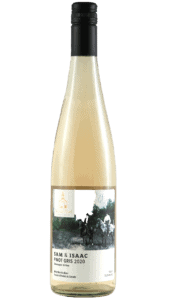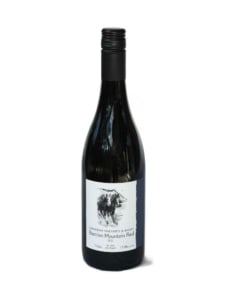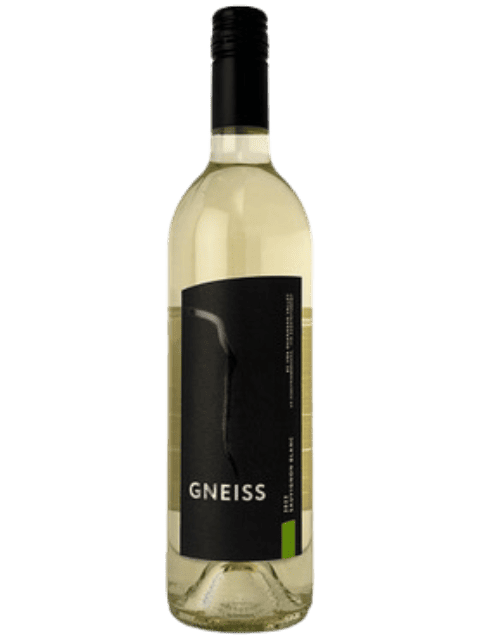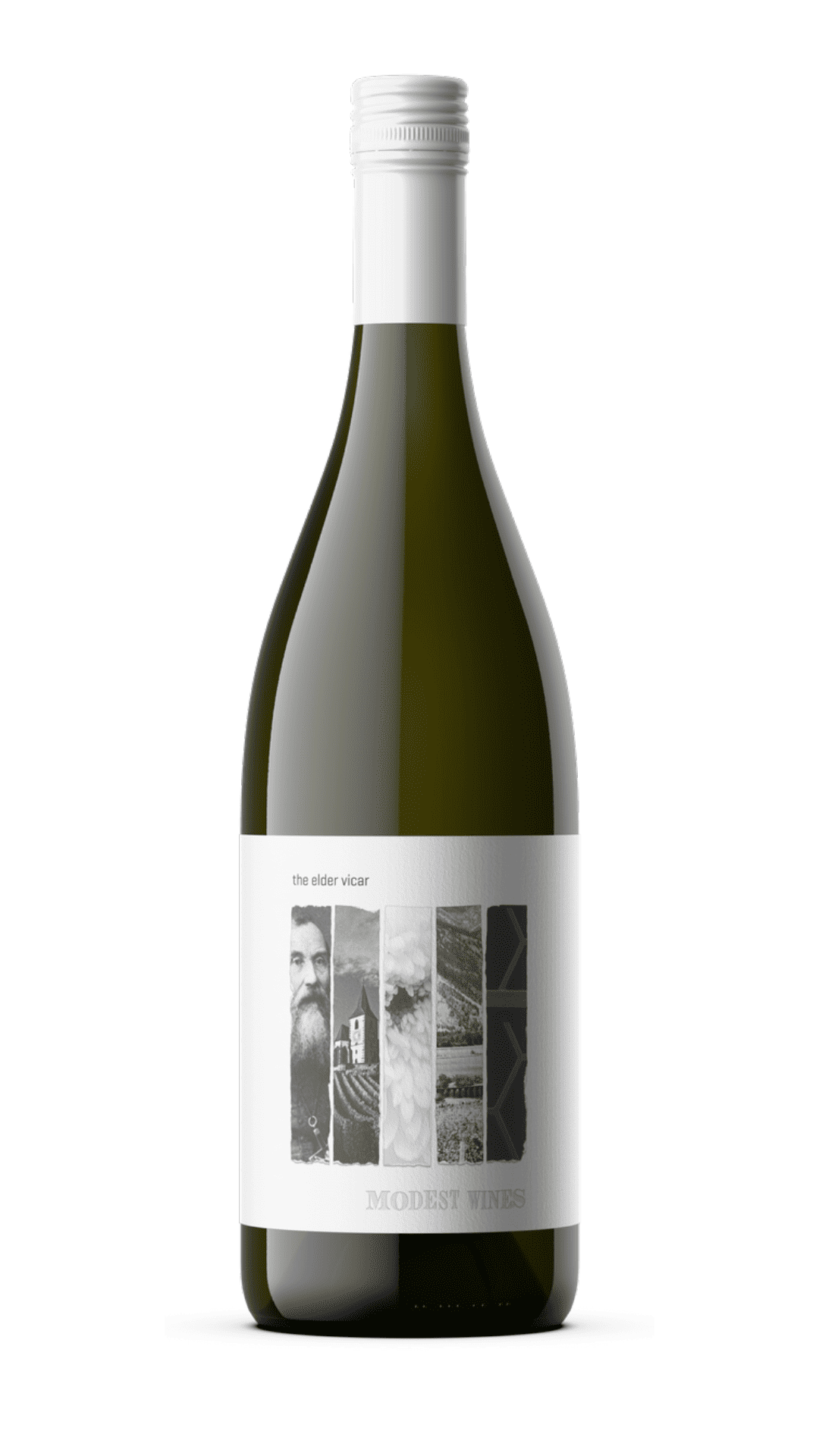AMONGST THE WORLD’S BEST- THE WINES OF BRITISH COLUMBIA ARE TRULY MAKING HISTORY.
The passionate men and women at the helm of BC wineries craft wines of intensity, purity and natural freshness. Their deep respect for the land is reflected in sustainable practices from grape to glass, their determination to win the hearts and minds of wine lovers everywhere present in their relentless pursuit of quality. With every new accolade and achievement, our wine regions further solidify their place amongst the best in the world. This list of award-winning BC wines, which grows every year, speaks for itself! Discover the inspiration and stories behind award-winning BC wine labels below.
*Scroll right
More Labels:
Backyard Vineyards
More Labels:
Blasted Church Vineyards
BLASTED CHURCH VINEYARDS
Wine Region: Okanagan Falls, Okanagan Valley, British Columbia
Now in its 24th year, Blasted Church Vineyards credit its growth to several series of provocative labels that attracted consumers to its wines for the first time. The quality of the wine in the bottles brought those consumers back again and again.
The winery had operated briefly as Prpich Vineyards until new owners in 2002 rebranded as Blasted Church. The first series of labels featured colourful caricatures depicting events that might have occurred in the history of the small Okanagan Falls church that inspired the name of the winery. The church was moved there in 1929 after the closure of Fairview, a former mining village south of Oliver. To dismantle the church for the move, foreman Harry Hatfield used a dynamite charge to loosen the nails in the big timbers, inadvertently damaging the steeple. It came to be referred to by its congregation as the Blasted Church. Brandever Strategies, the winery’s marketing consultant, had artist Monica Melnychuk create labels, such as Big Bang and Hatfield’s Fuse, inspired by that history. A sizeable impact on sales was almost immediate.
Sales rose ten-fold compared to the first decade when the second series of labels, called the “Storytelling” Series, was released on the 2008 reds and 2009 whites. Chris Sickels, the Indiana-based artist behind these labels, started by fashioning eccentric and colourful puppets as models for the three-dimensional drawings. The church remained a label theme. The Pinot Gris label featured a church choir in full throat. Other labels made social statements; an example being Mixed Blessings with an ethnically-diverse wedding couple.
The winery’s third “Renaissance” series of labels draws on Renaissance era paintings while retaining the ecclesiastical theme in some of the winery’s edgiest labels. The popular Hatfield’s Fuse blend now portrays a bare-chested male angel with a horse. The Pinot Gris now has bare-bottomed angels at a farmer’s market. Big Bang Theory, one of the winery’s venerable red blends, has an angel at a hockey game saving Mary from an errant puck. The labels place figures from the religious art of the Renaissance into modern-day scenarios.
At the same time as the Renaissance labels were introduced, the winery also released some premium small lot wines in its “Revered” and “Small Blessings” Series. A red Meritage blend, Nothing Sacred, has a label on which the Garden of Eden’s apple and snake are displayed along with a skull. OMFG, a rudely-named sparkling wine, is one of several labels on which the same demure maiden holds a hand over her mouth.
The winery describes the philosophy behind these labels this way: “A controversial topic, the name and a mildly blasphemous stance arguably is Blasted Church’s most notable characteristic.”
Discover Blasted Church Vineyards’s wine portfolio and wine club online. Add this winery to a future wine country itinerary in the Wines of BC Explorer App.
Monte Creek Winery
CANNON ESTATE WINERY
Wine Region: Fraser Valley, British Columbia
Cannon Estate Winery’s portfolio is released under two labels linked by the same inspiration: the firing of a cannon. One label portrays a wick being lit and the other features the large puff of smoke created after a cannon is fired. The labels capture the impulsiveness that led proprietors Andi and Justin Manuel to establish this winery near Abbottsford in the Fraser Valley.
Andi describes her entrepreneurial husband as being like a cannon: when an idea sets in place, there is no going back. Their interest in wine developed during summers in the Okanagan Valley and they decided to plant a vineyard on a 20-acre property just off Mt. Lehman Road which they had purchased somewhat impulsively. Some of the BC vintners they consulted did not encourage them but Justin said: “It’s too late – the wick is lit.” They planted 16 grape varieties in 2018, working with Patrick Blandin, a consulting viticulturist in the Fraser Valley and now, also the winemaker at Cannon.
Born in France, Patrick began his wine career by training as a sommelier at The Paris School for Table Trade. After being a finalist in a competition for the best sommelier in France, he spent five years making wine in Bordeaux, Sancerre, and Burgundy, where he earned a master’s degree in enology. After making wine in Australia, China, Bhutan, and Turkey, he established his own consulting company. He reprised the consultancy after coming to the Fraser Valley in 2014, where he worked initially as a viticulturist for Chaberton Estate Winery. He began working with Justin and Andi in 2017 to develop the 12.4-acre Cannon vineyard.
Patrick’s extensive experience enables him to tailor the wine styles, combining Old World and New World techniques. The Cannon wines are inspired by the terroir, the varieties, and the techniques of various French wine regions. Bonhomous, a white blend from Cannon’s debut 2021 vintage, pays tribute to Sancerre, with Sauvignon Blanc anchoring the blend. Other wines draw their styling from the regions of Alsace, Burgundy, Bordeaux, Provence, and Rhône. The Wick wines are a fusion of New World and European winemaking to achieve expressive fruit-focussed wines. The varieties in the Cannon vineyard include Chardonnay, Muscat, Petite Milo, Pinot Noir and Gamay Noir. Patrick enhances his winemaking palette with grapes from the Okanagan Valley. Not many small wineries can boast of such an extensive portfolio.
Discover Cannon Estates Winery’s wine portfolio and wine club online. Add this winery to a future wine country itinerary in the Wines of BC Explorer App.
Cannon Estate Winery
CANNON ESTATE WINERY
Wine Region: Fraser Valley, British Columbia
Cannon Estate Winery’s portfolio is released under two labels linked by the same inspiration: the firing of a cannon. One label portrays a wick being lit and the other features the large puff of smoke created after a cannon is fired. The labels capture the impulsiveness that led proprietors Andi and Justin Manuel to establish this winery near Abbottsford in the Fraser Valley.
Andi describes her entrepreneurial husband as being like a cannon: when an idea sets in place, there is no going back. Their interest in wine developed during summers in the Okanagan Valley and they decided to plant a vineyard on a 20-acre property just off Mt. Lehman Road which they had purchased somewhat impulsively. Some of the BC vintners they consulted did not encourage them but Justin said: “It’s too late – the wick is lit.” They planted 16 grape varieties in 2018, working with Patrick Blandin, a consulting viticulturist in the Fraser Valley and now, also the winemaker at Cannon.
Born in France, Patrick began his wine career by training as a sommelier at The Paris School for Table Trade. After being a finalist in a competition for the best sommelier in France, he spent five years making wine in Bordeaux, Sancerre, and Burgundy, where he earned a master’s degree in enology. After making wine in Australia, China, Bhutan, and Turkey, he established his own consulting company. He reprised the consultancy after coming to the Fraser Valley in 2014, where he worked initially as a viticulturist for Chaberton Estate Winery. He began working with Justin and Andi in 2017 to develop the 12.4-acre Cannon vineyard.
Patrick’s extensive experience enables him to tailor the wine styles, combining Old World and New World techniques. The Cannon wines are inspired by the terroir, the varieties, and the techniques of various French wine regions. Bonhomous, a white blend from Cannon’s debut 2021 vintage, pays tribute to Sancerre, with Sauvignon Blanc anchoring the blend. Other wines draw their styling from the regions of Alsace, Burgundy, Bordeaux, Provence, and Rhône. The Wick wines are a fusion of New World and European winemaking to achieve expressive fruit-focussed wines. The varieties in the Cannon vineyard include Chardonnay, Muscat, Petite Milo, Pinot Noir and Gamay Noir. Patrick enhances his winemaking palette with grapes from the Okanagan Valley. Not many small wineries can boast of such an extensive portfolio.
Discover Cannon Estates Winery’s wine portfolio and wine club online. Add this winery to a future wine country itinerary in the Wines of BC Explorer App.
Chain Reaction Winery
CHAIN REACTION WINERY
Wine Region: Naramata Bench, Okanagan Valley, British Columbia
If you ask Joel and Linda Chamaschuk, the husband and wife owners of Chain Reaction, about the inspiration behind their Artist Series labels, they will tell you that just as every wine is unique and has a great story to tell about the terroir and growing season, each label should also tell a good story.
“You would think that critical aspects of our business, like which grapes to grow or choosing our winery name, would be the hardest decisions to agree upon. Nope. It was the branding.” explains Joel. “We knew we wanted a unique label for each of our wines and ultimately agreed on creating watercolor paintings derived from photos we have taken over the years. To us, wine is the most perfect beverage. It’s complex, vibrant and absolutely dramatic. We strongly felt that the labels should reflect how we feel about wine”. The decision to make the winery ‘cycling themed’ was an easy one since it was the numerous cycling events and training weekends that inspired them to purchase their Naramata Bench property in 2017, after having successful careers in the tech industry in Vancouver. “We moved here for quality of life and felt that even though it may sound crazy to pursue a dream like building a vineyard and winery from scratch, things will work out” adds Linda. As avid cyclists, each of their labels portrays a different story about cycling which, though personal to them, is intended to resonate with their customers. The label for their “True Colours Rosé” is a perfect example of this. Joel hated the fact that cycling apparel, especially for guys, is often drab. The label showcases a cyclist wearing a bright pink jersey that is similar in colour to the wine. “We want the labels to be fun and approachable yet classy. We hope this also mirrors the tasting room experience for our guests. Having approachable labels is such a great way to start a conversation about the wines regardless of our guests’ wine knowledge”.
The Artist Series was the original label design since Chain Reaction’s first release in 2019. Since then, they added a Reserve series in 2021 which largely showcases the fruit grown at their 5 acre winery location, planted in 2019. The black font on a black label with their stylized brushed silver metallic logo is a distinct departure from their artist series. “We think that this label is more intense and heavy but still elegant and stylish. Just like the wines in the bottle” smiles Joel.
Discover Chain Reactions’ wine portfolio and wine club online. Add this winery to a future wine country itinerary in the Wines of BC Explorer App.
Ex Nihilo Vineyards
EX NIHILO VINEYARDS
Wine Region: Lake Country, Okanagan Valley, British Columbia
Art has been a guiding light for Ex Nihilo Vineyards, from the winery’s inspiration right through to the original labels created in house.
Ex Nihilo is Latin, meaning “out of nothing.” It is the name for an original sculpture by Frederick Hart that is displayed on the west façade entrance of the Washington National Cathedral in Washington, DC. Winery founders Decoa and Jeff Harder were enchanted by seeing a replica in a San Francisco gallery during a visit to the Napa Valley where Jeff’s brother, James, operated a winery. By the time they left the gallery, Jeff vowed he would create a winery in the Okanagan and call it Ex Nihilo.
After a four-year search for property, Decoa and Jeff found a Lake Country orchard with the ideal slope for a vineyard. Planting began in 2004 and 20 acres of premium vines and an elegantly designed winery have since risen “out of nothing”.
Their taste for art has been passed on to their six children. The label for the 2019 Privata Malbec is created from a sketch their eldest son, Jagger, did when he was just three. Now 17, he calls the art “A simple twist of fate.”
Ex Nihilo’s entire portfolio is graced with labels whose artistry is original. “Ex Nihilo is about more than vineyards or wine,” Decoa and Jeff write. “It is about a sense of place, people and family who are involved in creating and perfecting their craft. The proof is in the labels.”
Learn more about the Ex Nihilo Vineyard’s wine club, where to purchase wines online and add this winery to a future trip itinerary in the Wines of BC Explorer App.
Gneiss Wines
GNIESS WINES
Wine Region: Oliver, Okanagan Valley, British Columbia
The Okanagan Valley’s ability to grow excellent wines is due, at least in part, to the gneiss rock that gives such a rugged appearance to much of the valley. Gneiss, which rhymes with nice, is a common type of metamorphic rock formed under high pressures. The gneiss rock formations absorb heat during the day and radiate it over vineyards at night, conditions which favour the production of wines that are full of flavour.
Michael Daley and Josie Tyabji, founding partners of Gneiss Wines, have had a great deal of experience growing wines in a climate moderated by gneiss rock, starting with a family winery in the south Okanagan Valley in the 1980s. The winery was acquired in 1996 by Vincor International. Michael and Josie became members of a team making premium wines, starting with the development of vineyards on the Osoyoos Lake Bench. Vincor named one of those vineyards “SunRock” after the cliff of gneiss that reflects heat over the vines. This vineyard produced the grapes for a Jackson-Triggs wine that was the first Canadian wine to win “Best Red Wine in the World” at an International Wine & Spirits competition in London.
When Michael and Josie formed their boutique winery in 2021, they based it in the District Wine Village north of Oliver. The village is not far from the most iconic gneiss rock formation in the Okanagan Valley, the 300-meter-high McIntyre Bluff (known since 2015 by its indigenous name, nʕaylintn (pronounced nye-lin-tin). The formation has inspired the winery’s labels, some of which bear the outline of the formation in bold profile.
The reserve wines reproduce Michael Daley’s painting of gneiss rock, a rugged gunmetal blue image with the irregular banding so characteristic of gneiss. One of the wines is The Chief, another name sometimes given to McIntyre Bluff.
The winery’s 2021 Pinot Noir is a small lot wine made with grapes from a Naramata Bench vineyard. That illustrates how widely distributed gneiss rocks are in the Okanagan Valley region.
Discover Gneiss Wines’s wine portfolio and wine club online. Add this winery to a future wine country itinerary in the Wines of BC Explorer App.
Four Shadows Vineyard & Winery
FOUR SHADOWS VINEYARD & WINERY
Wine Region: Naramata Bench, Okanagan Valley, British Columbia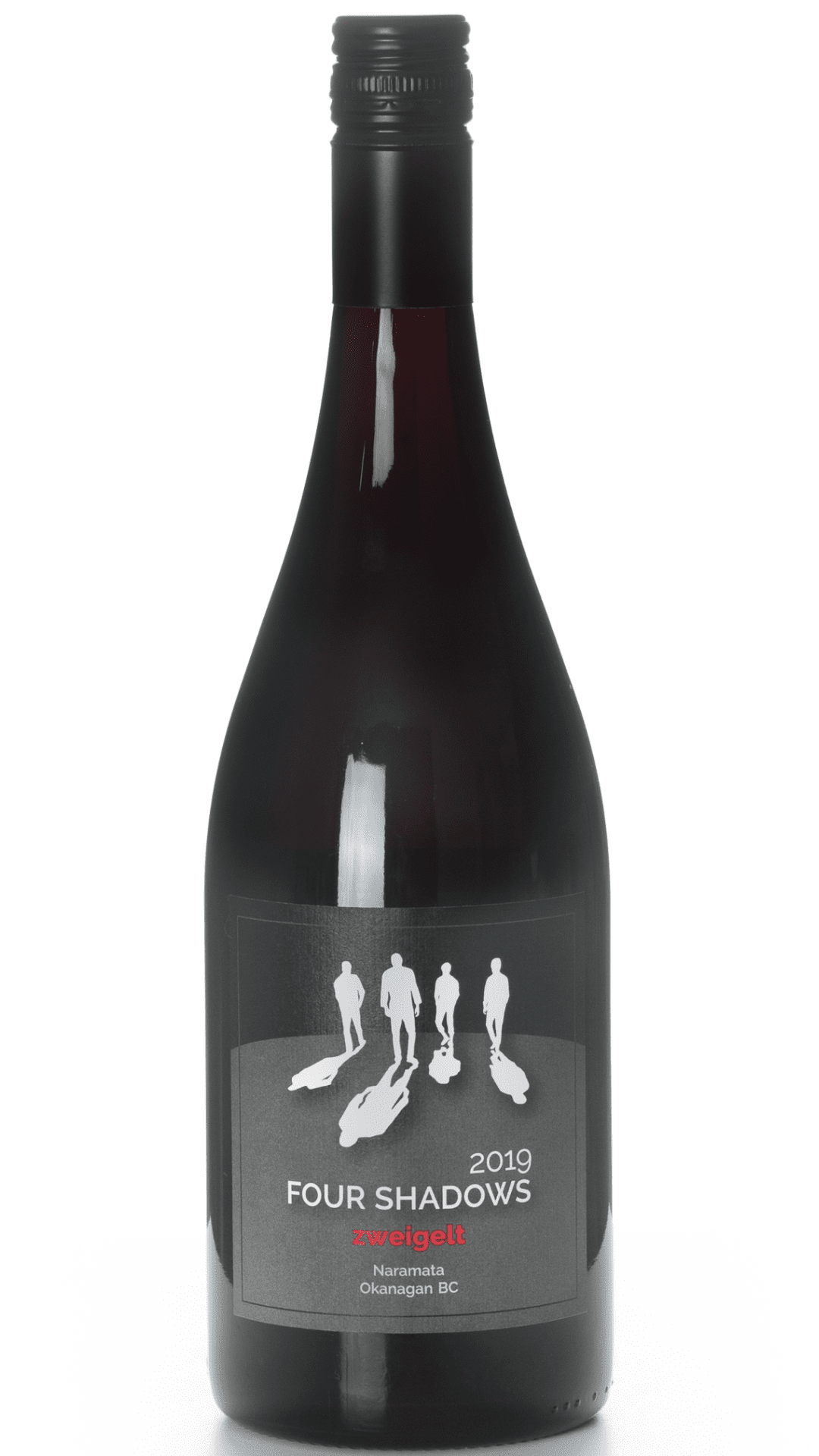
The striking, uncluttered label at Four Shadows Vineyard & Winery was inspired by a photograph of the four sons of winery owners Joka and Wilbert Borren. While none of the sons is directly active now in the winery, they all rolled up their sleeves to their parents launch the business.
After graduating from a Dutch agricultural college, Wilbert emigrated to Alberta in 1988 to work on a dairy farm. He met and married Joka in 1990, after she had also emigrated from Holland. Three years later, they bought a hog farm near Lacombe, which they operated for 18 years while also raising four sons.
They became enchanted with the Okanagan during several family vacations there. In 2011, they bought a derelict 17-acre vineyard property near Penticton in 2011. The Borrens readily transferred their farming skills to viticulture. Their four sons helped them with the backbreaking work of reviving the neglected vineyard, including the discovery of four acres of young Riesling vines amid a tangle of weeds. The vineyard was called Four Shadows, a tribute to the sons.
For the next six years, Wilbert and Joka sold grapes to some of the Okanagan’s leading wineries until several suggested they open their own winery. Once again, the sons pitched in to renovate buildings on the property for wine production and a tasting room. The vineyard name became the winery name, with the label a further tribute to the sons and the family effort that led to this winery.
The sons now are pursuing careers in various trades and in business but, through the label, they continue to leave their mark on this winery.
Learn more about the Four Shadows wines, where to purchase online and in-store. Locate these wines in the Wines of BC Explorer App.
Hester Creek Estate Winery
HESTER CREEK ESTATE WINERY
Wine Region: Golden Mile Bench, Oliver, Okanagan Valley, British Columbia
The wine labels at Hester Creek, which got a major redesign in 2021, celebrate this estate’s unique history. The vineyard, begun in 1968, was the first in the Okanagan planted exclusively with classic European grape varietals. The original founder’s Italian heritage is reflected in the winery’s Tuscan-inspired styling and the rich, sun-baked colours of the labels.
Hester Creek’s wines are released to different markets under four tiers: the Foundation Series; the Source Collection; the Storied Series; and the Origin wines. The common typography of the winery’s name, references to old vines and often Tuscan colours are elements that unify the portfolio.
The Storied Series currently encompasses five small lot wines which are sold primarily to Hester Creek’s wine club. “Each label tells a story, either reflecting a viticulture technique, or something unique about the winemaking,” Hester Creek resident Mark Sheridan says. The 2020 Sémillon illustrates this with a warm golden label echoing the sun-baked Tuscan hues throughout the estate.
The Storied Series labels have cues to lead wine enthusiasts more deeply into the story behind the wine. The dates on the Sémillon label, 1997 and 1998, are when that varietal was planted in the estate vineyard’s Block 12. The whole grape bunch shows that whole clusters were crushed for this wine. The numeral 34 above winemaker Mark Hopley’s signature is the length of the cool fermentation.
“We are not trying to totally change our look,” Sheridan says of the label redesign. “They have to reflect who we are. We are a humble, modest but confident company and we want the labels to reflect that.”
Learn more about Hester Creek’s wine club, where to purchase wines online and add this winery to a future wine country itinerary in the Wines of BC Explorer App.
Hillside Estate Winery
HILLSIDE ESTATE WINERY
Wine Region: Naramata Bench, Okanagan Valley, British Columbia
When Hillside Estate Winery completely refreshed its labels in 2020, the most elegant label was reserved for Mosaic, the winery’s flagship red. The new livery was so striking on the 2017 Mosaic that winery staff soaked the former labels from the 2015 and 2016 Mosaics (unreleased), replacing them with the new labels. It was a mammoth task since each vintage averages 400 cases but, in the judgment of Hillside winemaker Kathy Malone, it was well worth it.
Historically, Hillside had an image of the winery’s 22-meter-tall tower on its labels. The tower is an iconic Naramata Road landmark but consumers who had not visited the winery sometimes thought it was the image of a lighthouse. As well, the uniformity of the labels did not adequately communicate the price and quality tiers of the wines.
The refreshed labels, the work of a California design house, have a silhouette of the winery on a hillside. There still is a strong family resemblance but, with clever use of colour and texture, the tiers stand out from each other. There is no confusing the value Merlot with the Single Vineyard Merlots.
Mosaic stands out for its individuality. The tower is back, this time with a birds-eye view from above, in pearl and bronze. It has become a medallion-like mosaic set on an uncluttered white label with minimalist text. There is just the name and vintage of the wine, of the winery, and the phrase: “Small pieces coming together to create a work of art.”
You can purchase the Hillside portfolio online, learn about their wine club, book a wine shop tasting or discover their on-site Bistro. Add this winery to a future wine country itinerary in the Wines of BC Explorer App
Horseshoe Found Winery
HORSESHOE FOUND WINERY
Wine Region: Cawston Bench, Similkameen Valley, British Columbia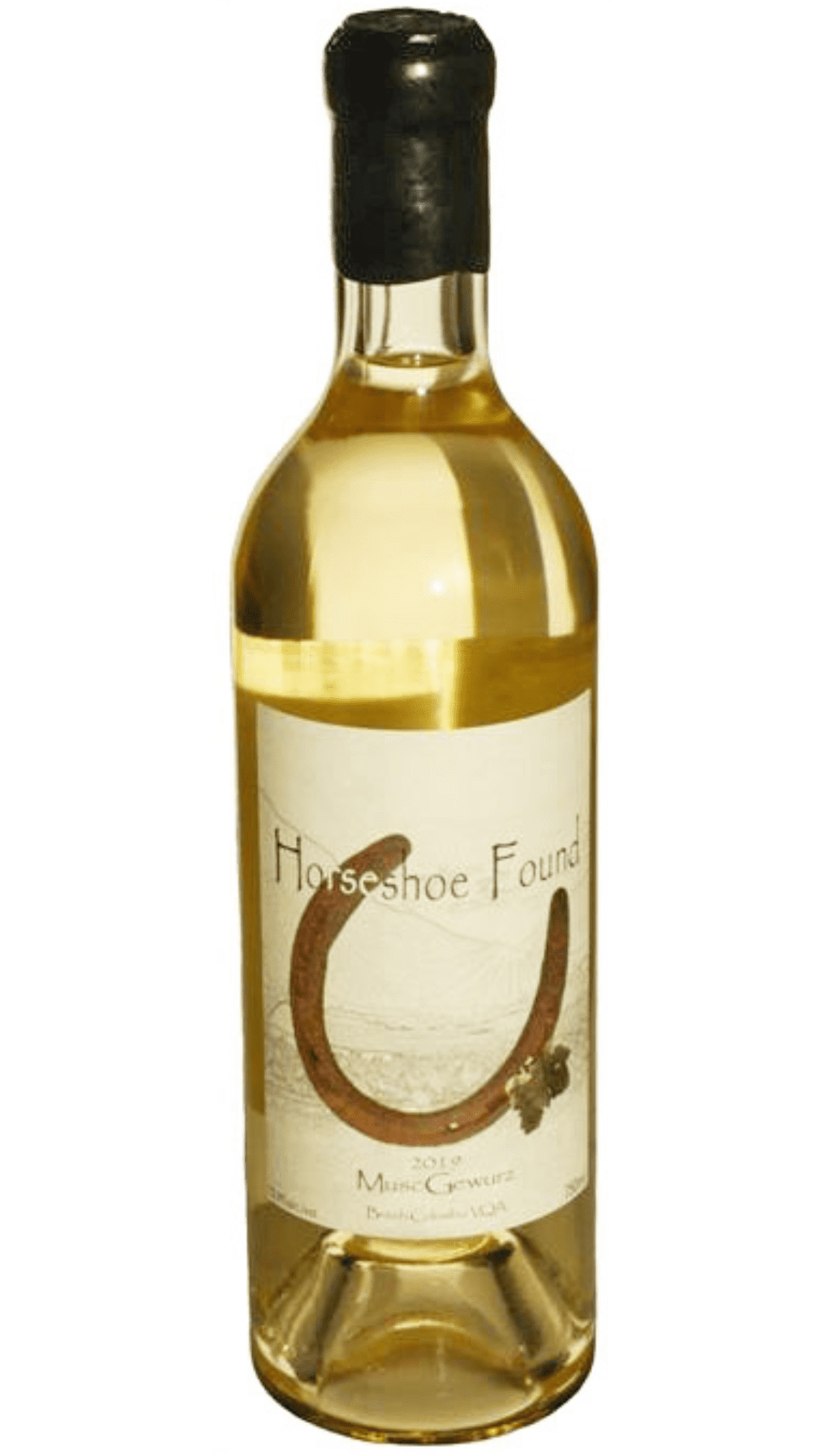
The horseshoe symbolizes good luck but, as owners Pavel and Michaela Horak learned when designing this winery’s label, by tradition, the horseshoe must be upright to retain the luck.
It was their luck that in 2006, after searching for vineyard sites across southern British Columbia, they came across a hayfield with a red barn and an old house near Cawston. The west-facing slope became a three-acre vineyard while the buildings were renovated before the winery opened in 2021.
When Pavel was developing the vineyard, he was surprised to unearth several horseshoes. Then he learned that, many years ago, the hayfield had been part of a rodeo ground. Discovering the horseshoes inspired both the name of the winery and the self-designed label.
Pavel and Michaela were both born in the Czech Republic. After coming to Canada in 1980, Pavel pursued a career in graphic design and printing technology. But at his home in New Westminster, he began making blackberry wine, using winemaking skills learned from his father. Several unidentified grape vines also grew at his home. Pavel’s struggles with growing grapes in the lower mainland led him and Michaela, an accountant, to search for a better terroir in the interior.
“We only planted the grapes we like,” Pavel says, referring to Pinot Noir, Muscat Ottonel and Gewürztraminer. The horseshoe on the label is positioned to encompass the tiny vineyard, the red barn, a Similkameen sunset – and to contain good luck in the future.
Learn more about the Horseshoe Found wines, where to purchase online and in-store. Locate these wines in the Wines of BC Explorer App.
Indigenous World Winery
INDIGENOUS WORLD WINERY
Wine Region: West Kelowna, Okanagan Valley, British Columbia
This winery celebrates the roots of the founding family with quite distinctive labels that draw on the heritage of the Sylix people who have lived the Okanagan since time immemorial. “When you taste an Indigenous World wine, you are tasting fruit from the land that has supported the Sylix people for over 10,000 years,” the winery declares.
The founders are Robert Louie, the former elected chief of the Westbank First Nation, his wife, Bernice, and their son, Trenton. The winery opened in 2016 near a small vineyard of Muscat varietals that had been planted two years earlier. Other varietals are purchased from growers throughout the Okanagan.
The labels at Indigenous World include images of eagles, bears and foxes, animals that the Sylix peoples have lived with the Okanagan. The portfolio includes a red blend and a white blend that are both called Hee-Hee-Tel-Kin, the traditional name of Trenton and a Sylix word meaning “elusive high-country stag with large antlers.” The name was given to Trenton by an Elder in the band to whom he was close. It is said that the Elder, in a dream, had seen a beautiful stag in the mountains that bolted when it saw her. At the time, Trenton, who is now mentoring as a viticulturist and winemaker, was, like the stag, a shy youth.
The label depicts a majestic stag beside a wine press and looking to one side as if seeking guidance from a winemaker. Trenton has been involved in every vintage at Indigenous World from the beginning. When he takes over as winemaker, the stag on the label will face forward, proud of the wines and looking to the future.
You can purchase the Indigenous World Winery portfolio online, learn about their wine club and add this winery to a future wine country itinerary in the Wines of BC Explorer App.
Intrigue Winery
More Labels:
Kalala Organic Estate Winery
More Labels:
Kitsch Wines
KITSCH WINES
Wine Region: East Kelowna Bench, Okanagan Valley, British Columbia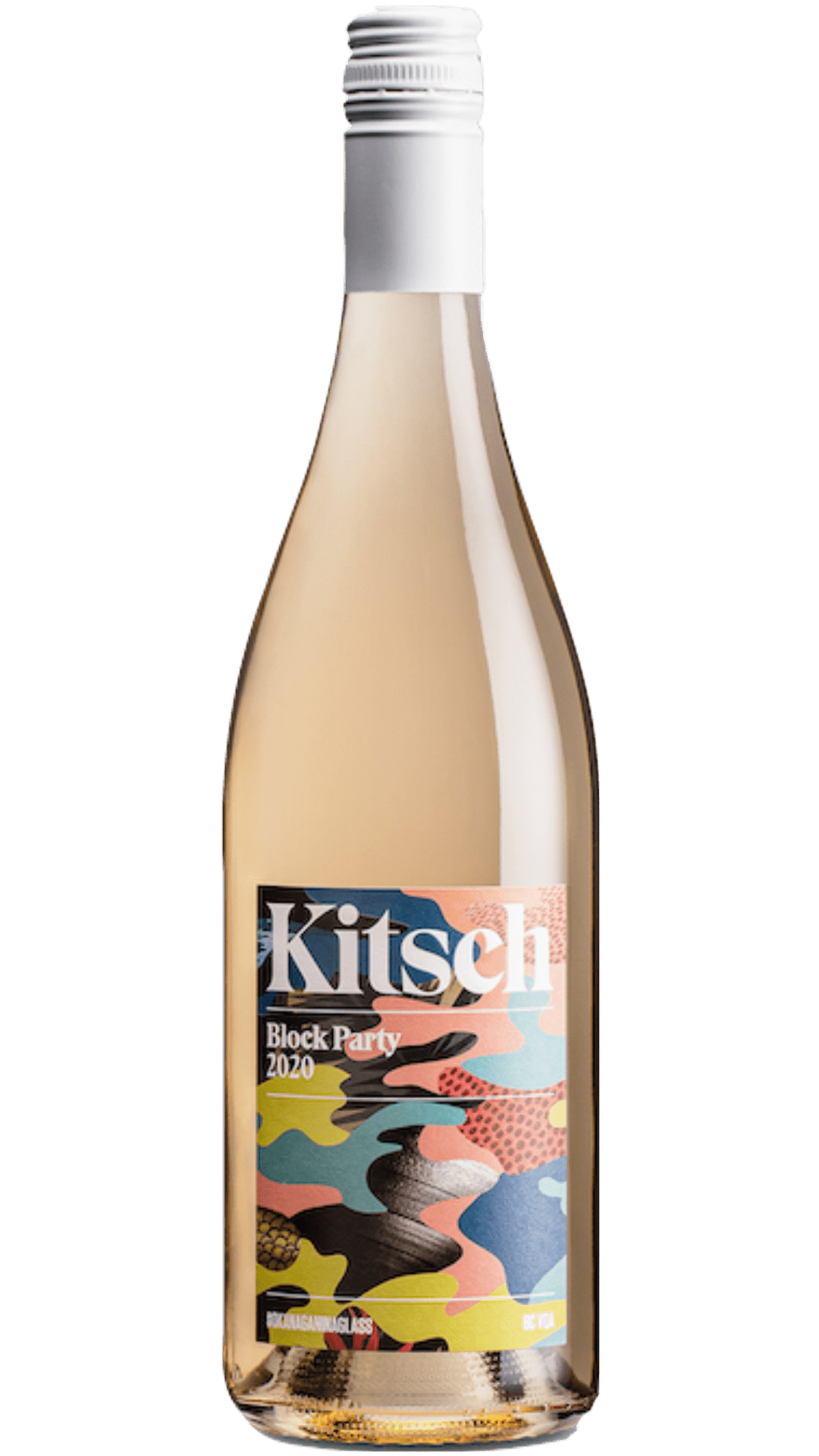
Art collectors Trent and Ria Kitsch launched their East Kelowna winery in 2016 with crisp, minimalist labels, deliberately choosing a sophisticated design to differentiate the family name from the art term, “kitsch.” The latter word is applied to objects or designs considered to be in poor taste because they are garish or sentimental.
Kitsch is a common surname in Austria. However, Trent Kitsch’s family roots in Kelowna reach back four generations to 1910. Trent and Ria, after successful careers in garment design and production, began planting Riesling vnes on family property in 2013. They have since acquired and planted almost 22 acres on East Kelowna Bench sites with enchanting views over the city of Kelowna.
“Our labels are approachable,” Ria says. “There is just the story of the terroir. We don’t tell you what the wine is going to taste like. We don’t tell you what to cook with it. We don’t think it is wrong if other people do that, but that is not our style.”
The minimalist labels were inspired by the winery’s initial portfolio of single-varietal, single-vineyard wines, including Maria’s Block and Esther’s Block – vineyards named for family members. Then in 2018, four blocks of estate vineyards began producing four varietals – Riesling, Chardonnay, Pinot Gris and Pinot Noir – suitable for co-fermenting into a lively, fruity blend. The blend is called Block Party. Its colourful label builds on the elegance of the winery’s minimalist labels. It signifies that the sum is greater than the parts. The shapes flowing into each other derive from the appearance of vineyards, from Okanagan Lake and even from the scales of Ogopogo, the mythical creature of the lake. The intent is to vary the art each vintage, making the labels as collectible as the art in Trent and Ria’s collection.
Learn more about the Kitsch wines, where to purchase online and across BC and Canada. Locate these wines in the Wines of BC Explorer App.
Mt. Boucherie Estate Winery
Monte Creek Winery
Monte Creek Winery
Wine Region: Kamloops, Thompson River Valley, British Columbia
When Monte Creek bottled it’s first vintage in 2013, the original labels were inspired by the history of the Kamloops area. Mustachioed Bill Miner, who staged a train robbery in 1906 near the winery’s current location, was the main focus on their brand’s story.
The labels resonated with local consumers but not so much with urban consumers who did not know, or care, about the history. Nor were they communicating Monte Creek’s values or its wine quality. “The casual nature to our previous brand wasn’t properly reflecting just how premium the wine inside the bottle is,” Monte Creek general manager Erik Fisher says. “We feel like this new modern aesthetic reflects our core values of quality, innovation and sustainability and that our brand essence is now on point with our identity.”
The elegant new labels revealed early in 2022 were created by Adrienne Van Haeren, owner of Signify Design of Woodstock, ON. Pristine and uncluttered, the labels are anchored by a monogram which is timeless. The elements of the monogram include an M and a C, symbolic of the winery name but also of the local ancient lakes. An elusive V represents the land while the parallel lines in the logo represent vineyard rows. The barely discernible thumbprint echoes handcrafted wines.
Monte Creek wines now are released primarily in two tiers. Ancient Waters refers to the geological processes that shaped the terroir. “The ancient waters left behind the broad spectrum of soils that create diverse flavour and character in our fruit,” the winery notes. The Living Land tier signifies the regenerative agriculture techniques employed by Monte Creek.
While type on the labels distinguishes the tiers, there is a unity of design throughout the portfolio, something the winery calls “straightforward authenticity.”
Look to purchase the Monte Creek wine portfolio online, take advantage of their gorgeous tasting room or dine at The Terrace Restaurant. Add this winery to a future wine country itinerary in the Wines of BC Explorer App
Moon Curser Vineyards
MOON CURSER VINEYARDS
Wine Region: Osoyoos, Okanagan Valley, British Columbia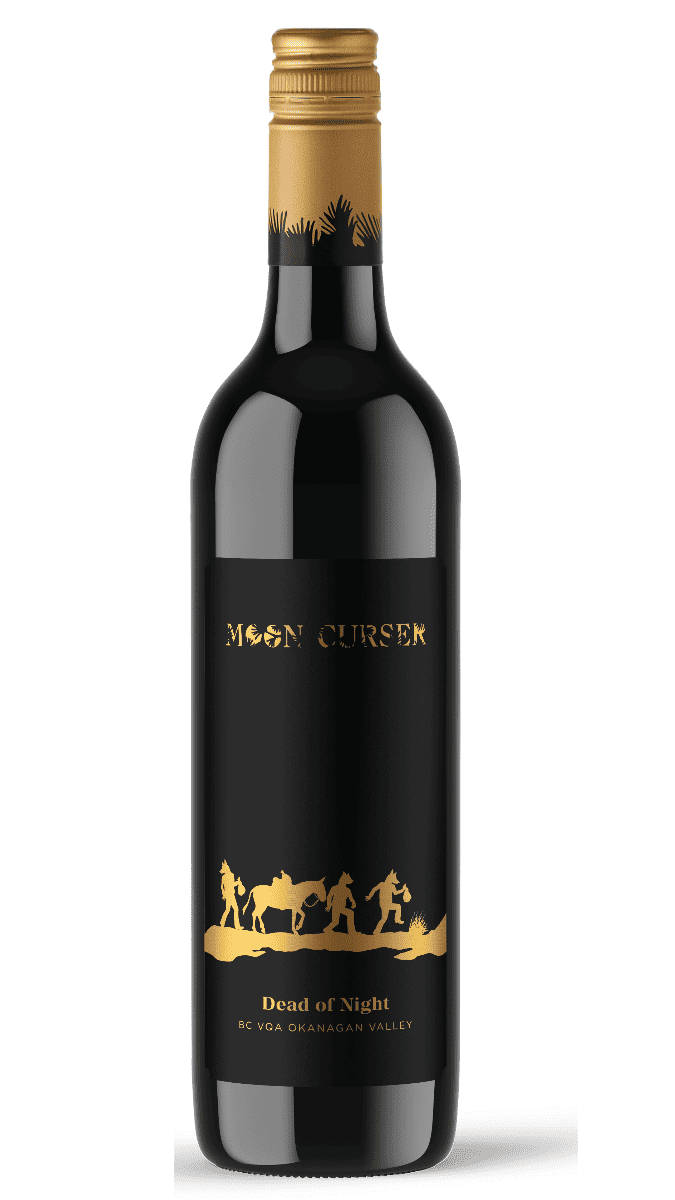
Nostalgia Wines
NOSTALGIA WINES
Wine Region: Oliver, Okanagan Valley, British Columbia
Saucy pin-up girls on wine labels are surprising when the winery, in the case of Nostalgia Wines, is owned and managed entirely by women. But the mischievous labels arise from owner Gina Fernandes Harfman’s interest in the nostalgia represented by 1960s-era artwork and classic cars.
Gina is a fourth-generation member of a family that has farmed vineyards and orchards in the South Okanagan since her grandfather, Joe Fernandes, immigrated from Madeira in the early 1950s. Her inherited interest in wine led her to study winemaking at Okanagan College and then hone the craft at several wineries. In 2012, she purchased a winery on Black Sage Road that had opened five years earlier under the name, Oliver Twist. Out of respect for the previous owners, she did not rebrand it as Nostalgia Wines until 2021.
She had begun putting her mark on the winery earlier. In 2017 she commissioned label art for a new line of Nostalgia Wines from Ralph Burch, a California artist renowned for creating Pin-Up girls. “I came up with Nostalgia mostly because of my dad and his buddies,” Gina says. “They have so many stories of the good old days, like racing up Anarchist Mountain in my dad’s 1967 Camaro.”
In a previous career, Gina had detailed and collected classic cars, some of which now are on the wine labels as well. Old cars on display outside the winery and the antiques inside generate nostalgic conversations with the winery’s guests.
The five pin-up girls on the Nostalgia labels all have been given names: Bobbi Jo, Billie Jean, Cindy Lou, Ellie May and Ruby Sue. “They are part of the team,” says Sheila Whitaker, the winery’s general manager. Each appears on individual labels and all five have been gathered on the “Girls” labels for the red, white and rosé wines Nostalgia released from the 2021 vintage.
You can purchase the Nostalgia Wines portfolio online, learn about their wine club or add this winery to a future wine country itinerary in the Wines of BC Explorer App.
Off The Grid Winery
OFF THE GRID WINERY
Wine Region: West Kelowna, Okanagan Valley, British Columbia
The inclusive label on a blended white wine from Off The Grid Organic Winery refers not just to the four varietals in the wine but also reflects the core values of the Paynter family, proprietors of the winery.
The family is descended from Edwin Paynter, who immigrated from Britain to the Okanagan in 1909. The Paynters have farmed in West Kelowna since 1919, becoming leading orchardists and grape growers with a strong commitment to organic production. Their permaculture practices involve family, staff and farm animals working harmoniously in order to prosper.
The winery was opened in 2015 by brothers Travis and Nigel Paynter and their spouses, Sheri, the winemaker, and Hayley, the tasting room manager. Both the wines and the supplying vineyards are organic. The winery is constructed with straw bales and relies on solar panels for power, allowing “off the grid” operation. Miniature goats graze on the grass roof.
In yet another example of inclusivity, visitors mingle easily with the goats and the other farm animals. “Families can interact with our animals and see first hand how organic permaculture farming is done,” the winery writes. “Hopefully, everyone who visits feels included in our small community.” The winery includes the wider community in its business by donating partial proceeds from sales to inclusive charities that rotate every three months.
You can purchase the Off The Grid portfolio online, learn about their wine club, tasting tours, with artisan pizza, and add this winery to a future wine country itinerary in the Wines of BC Explorer App.
Okanagan Crush Pad
OKANAGAN CRUSH PAD WINERY
Wine Region: Summerland, Okanagan Valley, British Columbia
The pastoral elegance of the labels for Okanagan Crush Pad’s Free Form wines has grown from the profound change in how the wines should be made.
Okanagan Crush Pad was opened in 2010 at Summerland by Christine Coletta, a veteran wine marketer, and Steve Lornie, who switched his construction skills into the development of organic vineyards. The Free Form wines were created in 2017, the result of the gradual awakening that led to a shift in winemaking philosophy at Okanagan Crush Pad. It began with the winery making a full commitment to organic farming in its vineyards. “This respectful caretaking of our lands would preserve them for future generations,” the winery writes. This required embracing low-intervention winemaking: using organic grapes and native yeasts while avoiding additives and manipulation. The resulting wines, the winery says, “are a snapshot of place and time; of what our land yielded that particular year, with each wine, an original, never to be replicated.”
The unique features of the Okanagan landscape inspired the Free Form label art. The Okanagan was carved by glacial activity during the last ice age. The glaciers retreated, leaving a chain of pristine lakes and the alluvial fans and delta now used for agriculture. For the Free Form labels, Vancouver artist Scott Sueme created abstract shapes representing the cliffs, the hills, the lakes and the rivers. The pastel colours he employed mirror the sandy mountains, the dusty blue sky and the warm hues of native plant life.
Each wine in the portfolio – currently numbering eight – has its own label. Each also has a small fingerprint to signify the winery’s low impact farming. In keeping with the farming and the winemaking, the wines are in light-weight bottles. And the labels are made from stone paper, not cellulose, to save energy and trees.
Learn more about Okanagan Crush Pad winery experiences, where to purchase their wines online and add this winery to a future travel itinerary in the Wines of BC Explorer App.
Painted Rock Estate Winery
PAINTED ROCK ESTATE WINERY
Wine Region: Skaha Bench, Okanagan Valley, British Columbia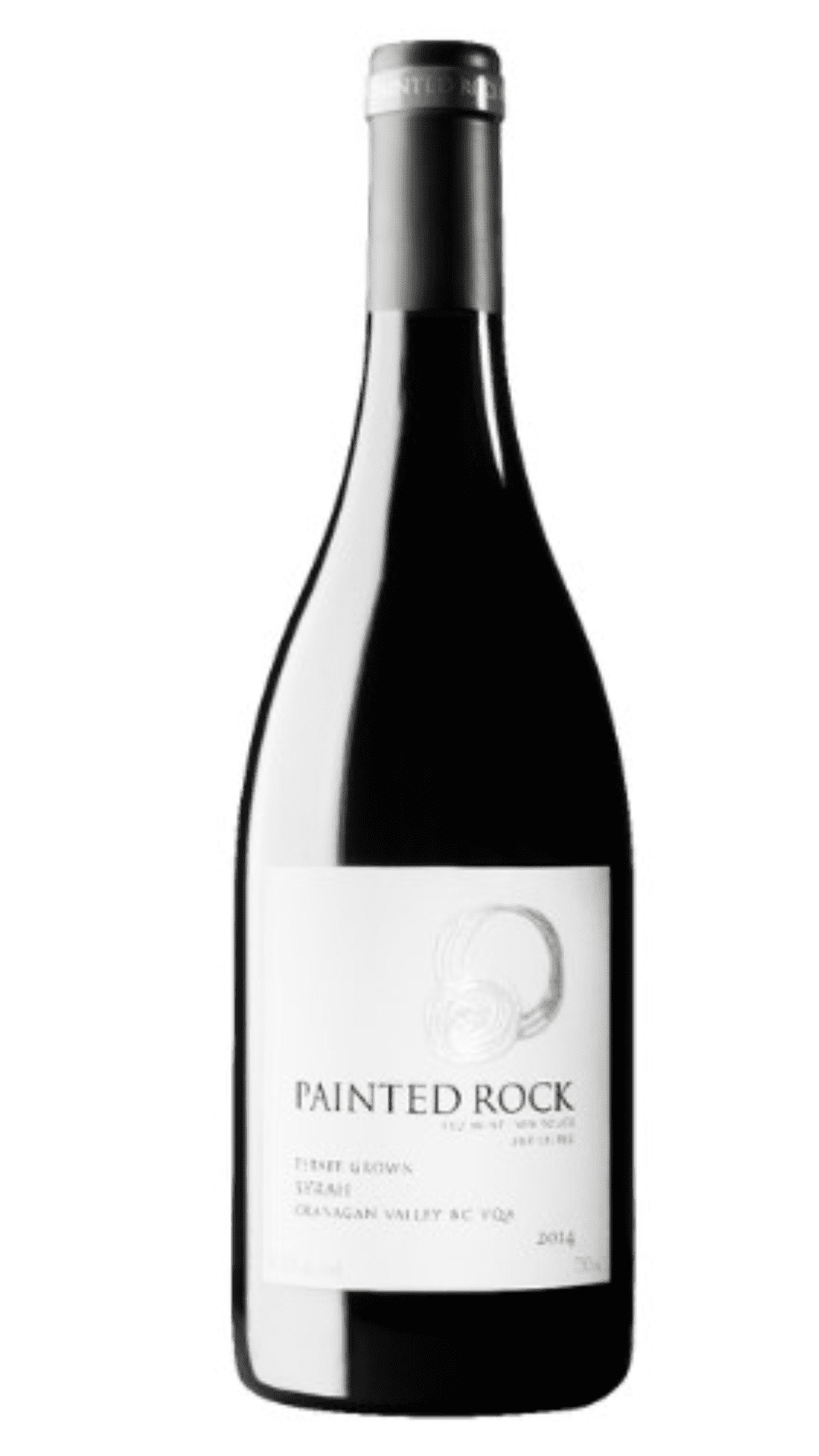
The labels for the winery’s flagship Red Icon and for the rest of the portfolio share the same elegant image. “I wanted something that was multi-generational, timeless,” says John Skinner, the proprietor. “We started Painted Rock as a legacy, generational family business, and we wanted something that stands the test of time.”
The inspiration was sculpture by the late Italian artist, Bruno Romeda, that John, who is an art collector, first saw in several French galleries in 2007, the year of Painted Rock’s first vintage. The sculptor had reinterpreted the account of a Medieval-era artist who won a papal competition with a freehand drawing of a perfect circle. Romeda incorporated brushstroke-like bronze circles in his sculptures. John sent a photograph of one such sculpture to his branding company which created the image for Painted Rock’s label. “Their artist responded with an image in brush strokes of two painted rocks,” John recalls. “Timeless and elegant.” The winery may never need to change its labels, which evoke the rocks on the winery property. The rocks still bear evidence of aboriginal paintings in red that led Painted Rock to choose the Red Icon name for its premier wine.
In 2022, one of the Romeda sculptures was also installed in the Painted Rock tasting room.
Learn more about the Painted Rock wines, where to purchase online, across BC, Canada and Internationally. Locate these wines in the Wines of BC Explorer App.
Township 7 Vineyards & Winery
TOWNSHIP 7 VINEYARDS & WINERY
Wine Region: Naramata Bench, Okanagan Valley, British Columbia
In 1999 Township 7 Vineyards released seven stars, one of British Columbia’s earliest méthode champenoise sparkling wines. That has now grown to a seven stars portfolio of sparkling wines. All have names drawn from astronomy: Polaris, Equinox, Rigel and Vega. Released in 2021, the premium wine in the family is Sirius, a dry brut, named for the brightest star in the night sky.
Each sparkling wine is unique, determined by the varietal used or the style. All made in the traditional Champagne method, whereby the wine undergoes a secondary fermentation in the bottle, capturing the sparkle so prized in these wines.
The sparkling wine portfolio was developed after winemaker Mary McDermott came to Township 7 from Ontario in 2014, with a passion for the style and with extensive experience making these wines. “I always really enjoyed sparkling wine,” she says. “The process is quite different than making other wines. There is a lot more patience required. It takes a little more attention to detail when you are making it. It was challenging for me and I like that. That’s where all my passion comes from.”
She made the inaugural Sirius, only 3,000 bottles, in the 2015 vintage from Pinot Noir and Chardonnay grapes grown at the original Township 7 vineyard in Langley Township. Dry farmed and sustainably managed, the vineyard’s temperate climate is ideal for growing cool climate grapes similar to the varietals grown in Champagne. Made with free run juice, Sirius was aged five years on the lees and a year in bottle before release.
It is an intense but also delicate wine of great elegance that is underlined by the striking package. The dark bottle reflects the night sky, with Sirius represented by a single metallic star medallion. The star was custom crafted by artisans in Argentina. Each star is applied by hand to the bottle by Township 7’s cellar team. The bottles are topped with black foil embossed with a stream of small silver dots representing the fine effervescence in each glass of this nuanced, luminous wine.
Learn more about the Township 7 Vineyard & Winery, where to purchase online and their wine club. Locate these wines in the Wines of BC Explorer App.
Upper Bench Estate Winery
UPPER BENCH ESTATE WINERY
Wine Region: Naramata Bench, Okanagan Valley, British Columbia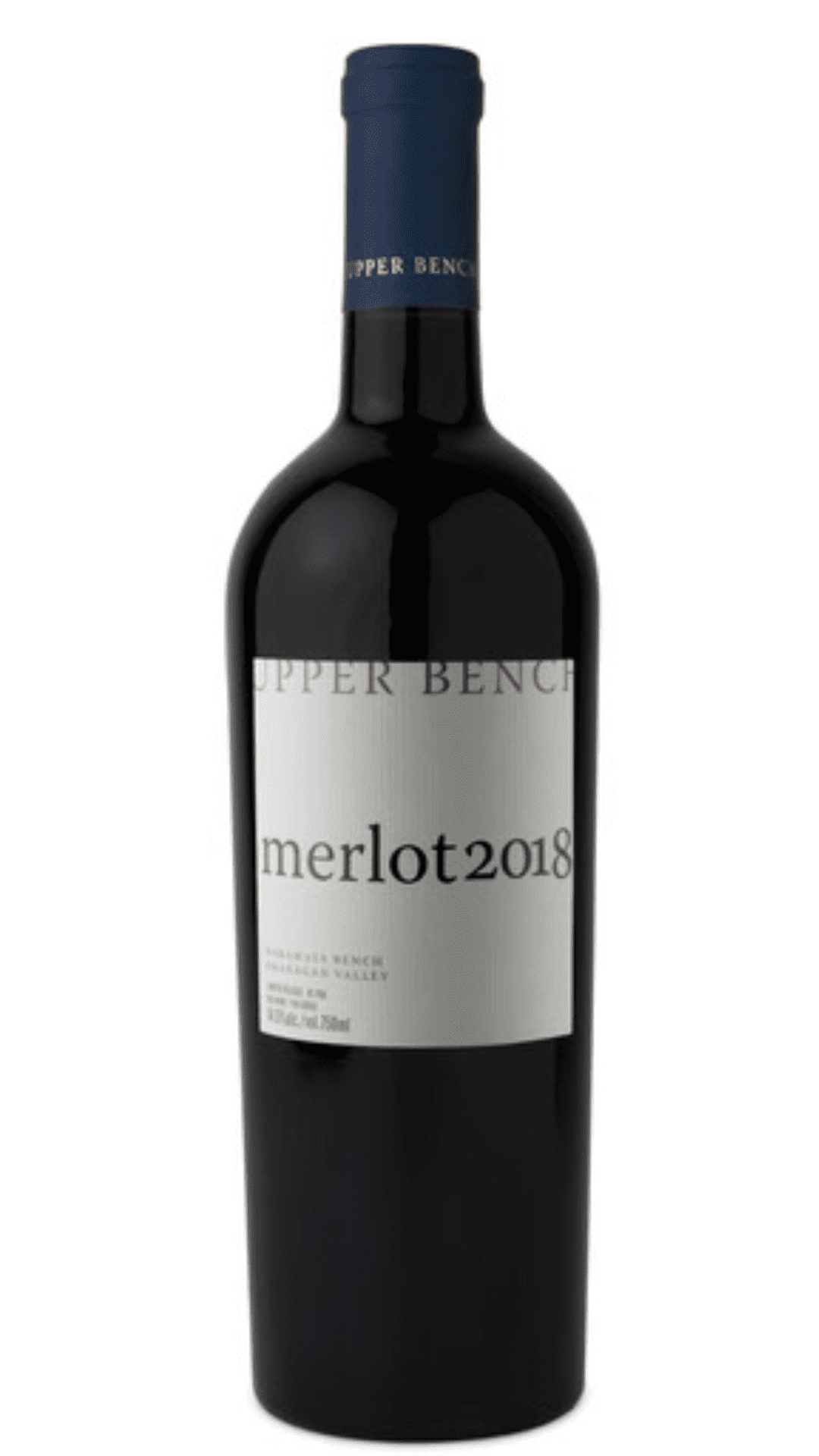
Gavin Miller, the winemaker at Upper Bench, declares his objective on the back labels on every bottle: Minimalist winemaking with a passion for flavour. “I like good clean wine myself,” he says. “It should enliven your palate, not confuse it.”
Gavin has been making wine in the Okanagan for more than 20 years. Since 2011, he and Shana, his wife who is a cheesemaker, have transformed a formerly struggling winery into one of the Naramata Bench’s premium producers. The labels have proven to be effective messengers of the quality of the wines, reflecting in ideals of minimalist winemaking.
The varietal or the proprietary name and the vintage are proclaimed in bold type on Upper Bench’s uncluttered front labels. The back labels deliver essential information for the discerning consumer, including the blend, the tons per acre, the harvest dates, the case production, the cellaring treatment and the residual sugar. The varietal and the vintage are repeated in smaller type laid over a stylized topographical map of the southern Naramata Bench, the terroir where the grapes are grown.
The labels were inspired during a Mexican vacation, when Gavin and Shana, his wife, were sampling Mexican wines. “We knew we were looking for a red barrel-aged wine from an artisanal producer that would give us an idea of what could be produced on the Baja Peninsula,” Gavin relates. “After searching many wine stores, we came across a small producer who had the details of growing, cellaring and blending of the wine clearly stated in table form on the back label. We had found our wine: a big, dark, brooding Cabernet Sauvignon blend from the Baja.”
On returning home, Gavin and Shana asked their label designer to fashion a comparable back label. “What we now show the consumer helps their decision making,” Gavin says. “As well, it shows our commitment to honest winemaking and truth in labelling.”
Learn more about the Upper Bench wine club and where to purchase online. Locate these wines in the Wines of BC Explorer App.
Winemaker’s CUT
WINEMAKER’S CUT
Wine Region: Oliver, Okanagan Valley, British Columbia
The label for the flagship Bohemian series of wines at Winemaker’s CUT is richly symbolic. The barn swallow amid the vines reflects winemaker Michal Mosny’s dedication to environmentally sensitive viticulture. The vineyard is a living ecosystem in which Michal uses no herbicides, no synthetic pesticides and no synthetic fertilizers. It is a vineyard in which the swallow, an endangered songbird in Canada, and other creatures will thrive.
The songbird also speaks to the importance of music to Michal’s artistry with wine. In his native Slovakia, Michal had a small winery near a village is said to have composed his famed piano piece, Für Elise. The winery’s sparkling wines – Musette, Angelica and Fidelia – are named after characters in Giacomo Puccini’s operas. At Winemaker’s CUT, classical music mingles with the swallow’s warble in Michal’s vineyards. “Classical music is played throughout the vineyard and cellar,” Michal writes on the winery website. “And it’s not just because of our deep love of the arts. The soothing power of music extends to the plants, and helps to establish balanced, healthy vines.”
The winery name itself boldly affirms Michal’s winemaking objective: only the best barrels make the CUT. The flagship wines are released in the Bohemian series, reflecting winemaking that is both artistic and traditional.
Learn more about the Bohemian Wine series, where to purchase online, and technical notes. Locate these wines in the Wines of BC Explorer App.
Quails’ Gate Winery
QUAILS’ GATE WINERY
Wine Region: West Kelowna, Okanagan Valley, British Columbia
When the Stewart family opened this winery in 1989, they named it after the most ubiquitous wild bird in the Okanagan. The California Quail thrived in the Okanagan after being introduced in 1912 as a game bird. Fifty years later, just as the Stewarts were establishing their Upper Boucherie Bench vineyard, the population of quail in the valley was estimated at 250,000. Visitors strolling the winery’s vineyards today frequently flush a covey of quail among the vines.
The winery’s recent Distinction Collection of small lot, experimental wines continues the homage to quails. The speckled pattern on each label is inspired by quails’ eggs, each of which appears to have a unique speckled pattern. The labels mirror the individuality of each of the four wines in the current Distinction portfolio.
The wines push the stylistic boundaries of new micro-climates. They refine blends of varietals, clones, vineyard blocks, rootstocks and winemaking techniques. The 2019 Queue is a blend of Merlot, Cabernet Sauvignon and Syrah grown in one of the rare Upper Boucherie sites where those grapes can be matured. The 2019 Dijon Clone Pinot Noir is a legacy of the Stewart family pioneering Burgundian Pinot Noir clones in the Okanagan. The 2020 Clone 220 Chenin Blanc showcases a Loire varietal grown on some of the winery’s best sites in West Kelowna. The Clone 49 Riesling shows the success of an Alsace clone in an emerging micro-climate in South Kelowna.
Quails’ Gate is now a third-generation business by a family that continues to innovate and to improve its wines. “Each wine in the Distinction Collection,” the winery says, “begins life as a singular batch of promise, a unique fingerprint of soil, variety and winemaking. The aim is simple: to elevate our wines, make them distinctive, and bottle them in small lots to share with friends.”
You can shop the Quails’ Gate Winery portfolio online, learn about their wine club and Old Vines restaurant, and add this winery to a future wine country itinerary in the Wines of BC Explorer App
Seaside Pearl Farmgate Winery
SEASIDE PEARL FARMGATE WINERY
Wine Region: Mount Lehman, Fraser Valley, British Columbia
This Fraser Valley winery was established in 2017 in the peaceful countryside of Mount Lehman, the historic area that today is known as the gateway to Fraser Valley Wine Country. The winery’s founders exploited the rich but almost forgotten history of the region to create wine labels that tell stories.
Royal Engineers Petit Verdot was inspired by the British engineers whose initial surveys facilitated European settlement of the valley. Matsqui Prairie Gewürztraminer takes its name from the area first developed for the city of Abbotsford. Charlotte Estate Petite Milo is named after the wife of a pioneer horticulturist who started an annual flower show in her honour. Other wines bear the names of Daffodils and Magnolias, flowers that flourish in the Fraser Valley.
No wine exemplifies the winery’s history story telling better than Sam & Isaac Pinot Gris. In 1873, shortly after the Royal Engineers began surveying, pioneers Sam and Isaac Lehman disembarked from a river boat. “Upon arrival they were quickly enamoured with the beautiful surroundings and the potential of the fertile land. Sam and Isaac set to work clearing the land and building a wharf for a riverboat to have access to the farming riches of the area, now called Mount Lehman,” the winery recounts.
As a result of the labelling philosophy, Seaside Pearl’s wines are firmly anchored in this region of the Fraser Valley.
You can purchase the Seaside Pearl portfolio online, learn about their wine club or add this winery to a future wine country itinerary in the Wines of BC Explorer App
Summerhill Pyramid Winery
More Labels:
Ex Nihilo Vineyards
Four Shadows Vineyard & Winery

Hester Creek Estate Winery
Horseshoe Found Winery

Kitsch Wines

Moon Curser Vineyards
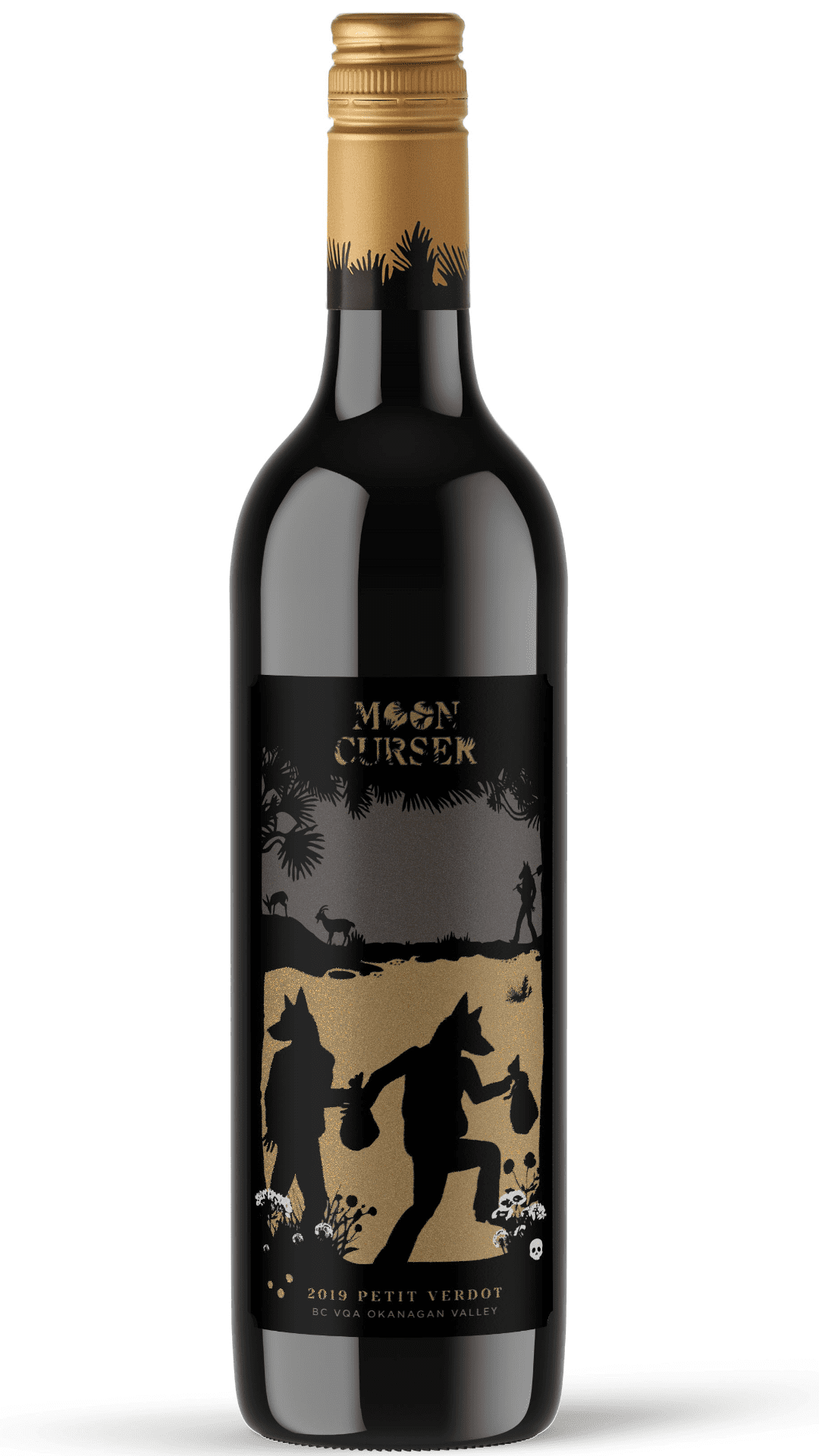
Nostalgia Wines
Okanagan Crush Pad
Painted Rock Estate Winery

Township 7 Vineyards & Winery

Upper Bench Estate Winery

Winemaker’s CUT
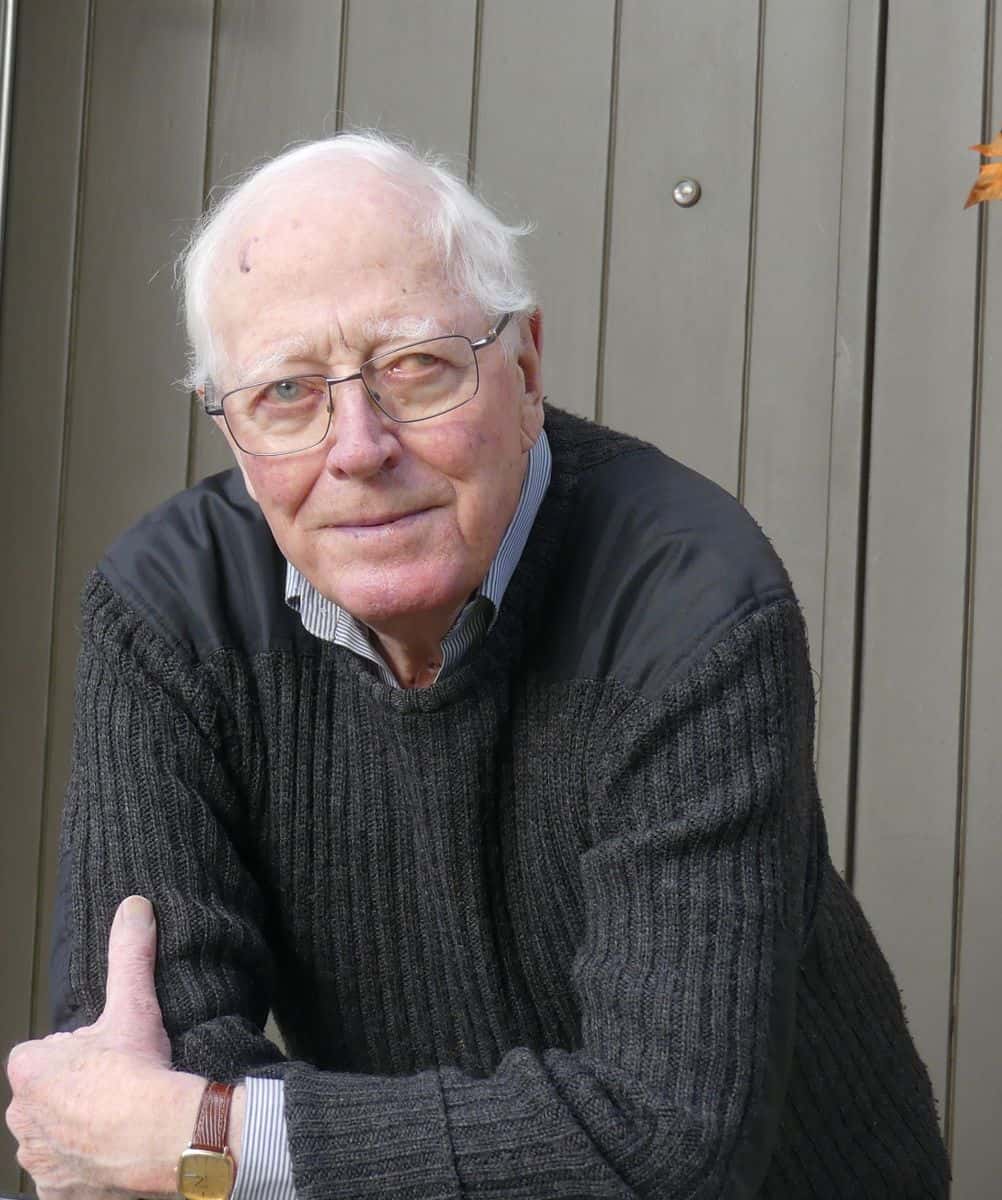
By John Schreiner- Based in North Vancouver, B.C., John Schreiner is a prolific author of books on Canadian wines. He has written 20 since 1984.
John juggled his passion for wine with a 40-year career as a business writer for The Financial Post until retiring in 2001 to focus totally on wine. He was a member of judging panel for the Lieutenant Governor’s Awards of Excellence in Wine for 15 years; and has judged at the All-Canadian Wine Awards. He is the former chair of the selection committee for the Vancouver International Wine Festival. He blogs at http://johnschreiner.blogspot.ca and his wine column appears in Westcoast Homes & Design Magazine.
John’s industry recognitions include the Okanagan Wine Festivals Society’s Founders Award in 2002. This is an award given annually since 1984 to recognize contributions to the British Columbia wine industry. In 2009, the Vancouver International Wine Festival gave him its Spirited Industry Professional Award. He has been inducted into the B.C. Restaurant Hall of Fame. In 2015, he received the Canadian Wine Industry Champion award from the Canadian Vintners Association. In 2016 he received the Industry Recognition Award from the British Columbia Wine Institute.
Learn more about John’s bestsellers here:
John’s books include three Whitecap bestsellers: British Columbia Wine Country, The Wineries of British Columbia and John Schreiner’s Okanagan Wine Tour Guide, his most popular book. The sixth edition, co-authored with Luke Whittall and titled Okanagan Wine Tour Guide, was released in April 2020. A companion volume, John Schreiner’s Coastal BC Wineries Tour Guide, was released in April, 2011. His book, Icon: Flagship Wines from British Columbia’s Best Wineries, was released in May 2017 by Touchwood Editions. In the World Gourmand awards, it was acclaimed the best Canadian wine book of 2017.
Icewine: The Complete Story, the first comprehensive international book on this dessert wine, was published in November 2001 and was judged “best book on wine history” in English that year in the World Gourmand cookbook and wine book competition.
He has also written two business books, a textbook (no longer in print) on the Canadian transportation system, and The Refiners, the 100th anniversary history of BC Sugar. The book, published by Douglas & McIntyre, was runner up in the 1989 National Business Books Awards.
Rocky Creek
Rocky Creek Winery
Wine Region: Cowichan Valley, Vancouver Island, British Columbia
Four years after opening in 2005, Rocky Creek began screen printing its labels directly onto the bottles, giving its entire portfolio a smart and contemporary look. It also enables the winery to use much of the available surface of the bottles.
The flexibility of this process also enables winery owners Linda and Mark Holford to reference pets on specific wines; or their two daughters, both of whom also play key roles at the winery. Robin’s Rosé is named for Robin, now a winemaker with a degree from Brock University. A bubbly named Katherine’s Sparkle is named for her sister, Katherine, who handles winery marketing.
While the winery is now on a Cowichan Valley vineyard, it was founded near a creek and given the name, Rocky Creek. The graphics on several of the wines recall a creek tumbling wildly down a rocky watercourse. That design is found both on Sirius White and Sirius Red, blends that take their names from a beloved pet canine that once was part of the Rocky Creek vineyard family. The labels also reproduce the constellation anchored by the star, Sirius.
The flexibility of the label allows the winery to add back labels with a snapshot of what consumers need when shopping for wine, including the varietal blend, the dryness ratings, the aromas and flavours of the wine, recommended food pairings and the production volume. There also are symbols to indicate when the wine is vegan and gluten-free. There is not much more one needs to know about a wine.
You can purchase the Rocky Creek Winery portfolio online, learn about their wine club or add this winery to a future wine country itinerary in the Wines of BC Explorer App.
Valley Commons
VALLEY COMMONS
Wine Region: Okanagan Valley, British Columbia
As Kyla Richey and Rudy Verhoeff were planning to launch Valley Commons Winery, they commissioned a landscape painting blending images of both the Fraser Valley and the Okanagan Valley. Most of the young winery’s labels have been drawn from that painting, including the Okanagan sunset on the rosé label.
The concept was developed as Kyla and Rudy were finishing careers as professional volleyball players: both were captains of the Canadian women’s and men’s teams, retiring respectively in 2019 and 2016. The winery was launched in 2020 with the planting of a Langley vineyard in the Fraser Valley, coupled by making wines from South Okanagan grapes and the opening of a tasting room at the District Wine Village near Oliver in 2021. The name, Valley Commons, reflects their presence in two leading wine valleys.
“With all of our brands, we want to connect people back to where the wines came from,” Rudy says. “Some people call their vineyards farms. We like to call them large gardens. There is so much abundance that comes from the Fraser Valley and the Okanagan Valley out of these gardens, out of the land, that we want to celebrate.”
The labels also include the winery’s signature slogan: “Where We Gather.” Rudy explains: “Our family values and our core values are to celebrate life and bring people together. We really created Valley Commons to be that. Where we gather can be anywhere, but it is around something. We are using this wine to bring people together, to create friendships new and old, and to celebrate the beauty that is around us.”
The landscape in the circular window on the rosé label, Kyla says, “is inspired by summers on the Okanagan Lake spent with friends in a casual, yet memorable, setting.” The rose-tinted image of lakes and mountains, along with abundant flora and fauna, is designed to reflect the generosity of the valleys. “There is abundance, beauty and wonder at Valley Commons with every turn,” Kyla writes. “Through our wines and labels, we bring forth this imaginative world where both valleys meet.”
Discover Valley Commons’ wine portfolio and wine club online, take advantage of their two tasting room locations and visit their Fort Langley Bistro. Add this winery to a future wine country itinerary in the Wines of BC Explorer App.
The View Winery & Vineyard
THE VIEW WINERY & VINEYARD
Wine Region: Kelowna, Okanagan Valley, British Columbia
The distinctive labels of the Elements Collection wines from The View Winery & Vineyard were inspired by a neurological condition called synaesthesia. The condition may be inherited or it may be caused temporarily by stimulants. Synesthetes perceive they can taste colour. The condition is extremely rare. Looking at an Elements label is as close as most of us will get to synaesthesia because the colour scheme for each label is meant to express the flavours of the wine.
The label art itself was created with microscopy photography. The wines are crystalized with calcium chloride and the crystals are photographed at a 40X magnification. The resulting labels are ethereal abstract art. The Elements Riesling label recalls a vivid display of the Northern Lights. The Elements Gewurztraminer’s vivid reds reflect the varietal’s spice. The Elements Pinot Gris bold lines represents the strong character of this Alsace-style white. The labels reflect Australian-born winemaker Kristy French’s quest to make wines with authenticity and complexity, reflecting the elements of the winery’s terroir and the scientific elements that compose the wines.
The packaging of the Elements Collection reflects the creativity of winery proprietor Jennifer Turton-Molgat. Her family has farmed this estate in Southeast Kelowna for five generations, originally as an orchard. The winery today is in a heritage building erected by one of Jennifer’s ancestors in 1922 as a fruit packing plant. Chris Turton, Jennifer’s father, launched cider production here and began converting some of the orchard to wine grapes. The winery opened in 2008.
The varietals in the Elements Collection are Riesling, Gewürztraminer, Pinot Gris and Pinot Noir. Surprisingly, the collection does not yet include Pinotage, a South African developed varietal that Chris admired. The View has the largest Pinotage block in the Okanagan. Jennifer brought her creative esthetic to bear on Pinotage by having her winemaker produce it in at least four styles: white, rosé, red and sparkling. The medley of flavours surely would delight palates of synesthetes as well as other consumers.
Discover The View Winery’s wine portfolio and wine club online. Add this winery to a future wine country itinerary in the Wines of BC Explorer App.

By John Schreiner- Based in North Vancouver, B.C., John Schreiner is a prolific author of books on Canadian wines. He has written 20 since 1984.
John juggled his passion for wine with a 40-year career as a business writer for The Financial Post until retiring in 2001 to focus totally on wine. He was a member of judging panel for the Lieutenant Governor’s Awards of Excellence in Wine for 15 years; and has judged at the All-Canadian Wine Awards. He is the former chair of the selection committee for the Vancouver International Wine Festival. He blogs at http://johnschreiner.blogspot.ca and his wine column appears in Westcoast Homes & Design Magazine.
John’s industry recognitions include the Okanagan Wine Festivals Society’s Founders Award in 2002. This is an award given annually since 1984 to recognize contributions to the British Columbia wine industry. In 2009, the Vancouver International Wine Festival gave him its Spirited Industry Professional Award. He has been inducted into the B.C. Restaurant Hall of Fame. In 2015, he received the Canadian Wine Industry Champion award from the Canadian Vintners Association. In 2016 he received the Industry Recognition Award from the British Columbia Wine Institute.
Learn more about John’s bestsellers here:
John’s books include three Whitecap bestsellers: British Columbia Wine Country, The Wineries of British Columbia and John Schreiner’s Okanagan Wine Tour Guide, his most popular book. The sixth edition, co-authored with Luke Whittall and titled Okanagan Wine Tour Guide, was released in April 2020. A companion volume, John Schreiner’s Coastal BC Wineries Tour Guide, was released in April, 2011. His book, Icon: Flagship Wines from British Columbia’s Best Wineries, was released in May 2017 by Touchwood Editions. In the World Gourmand awards, it was acclaimed the best Canadian wine book of 2017.
Icewine: The Complete Story, the first comprehensive international book on this dessert wine, was published in November 2001 and was judged “best book on wine history” in English that year in the World Gourmand cookbook and wine book competition.
He has also written two business books, a textbook (no longer in print) on the Canadian transportation system, and The Refiners, the 100th anniversary history of BC Sugar. The book, published by Douglas & McIntyre, was runner up in the 1989 National Business Books Awards.
